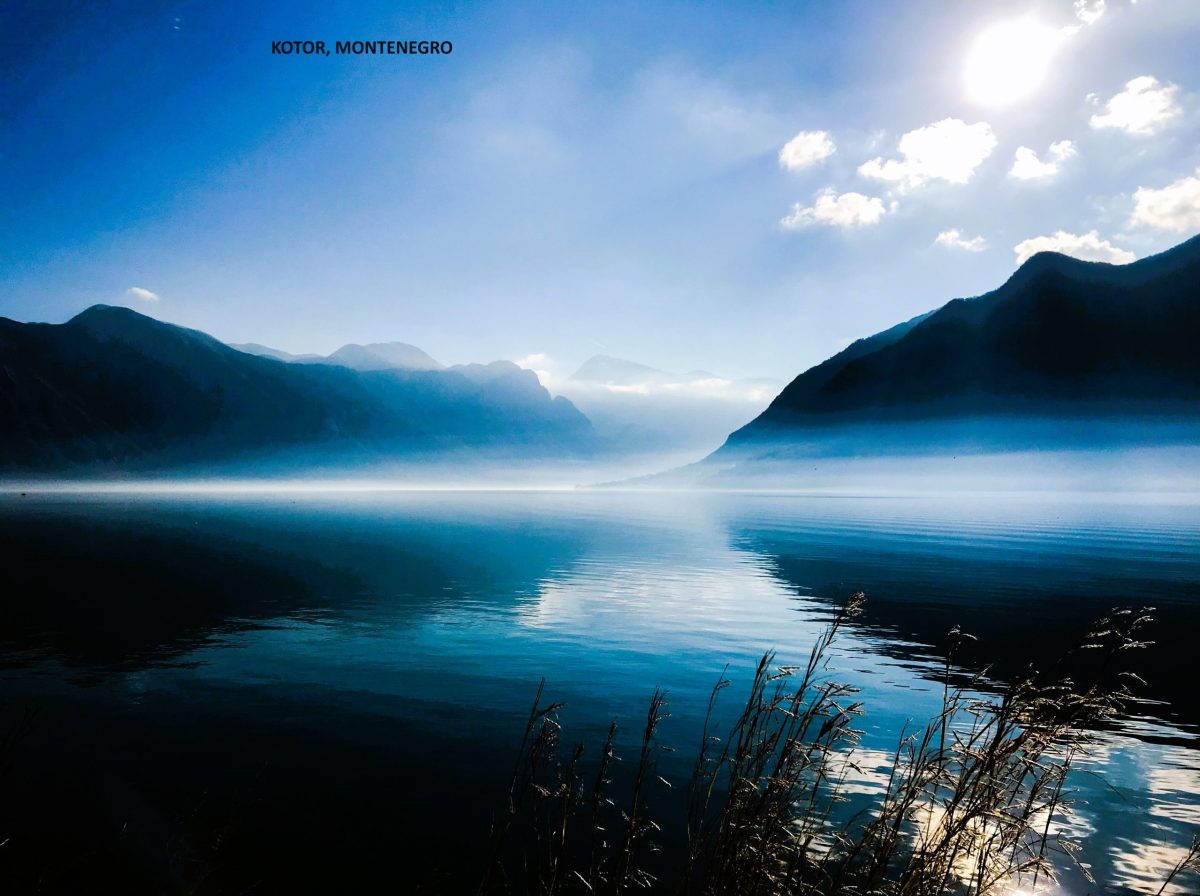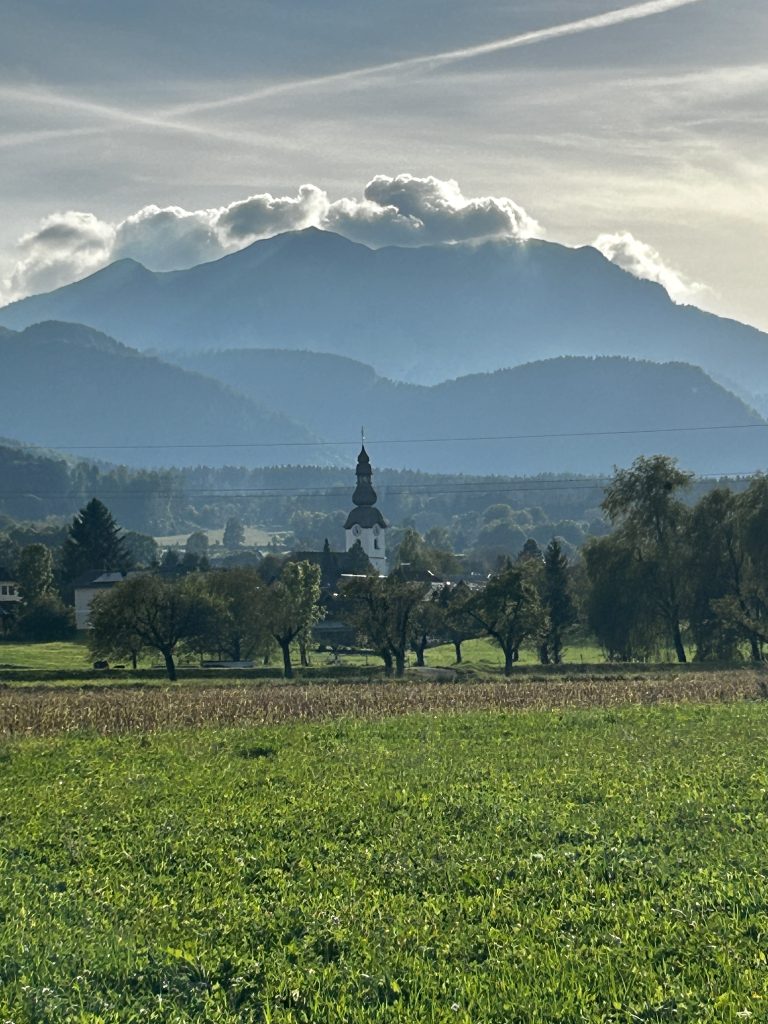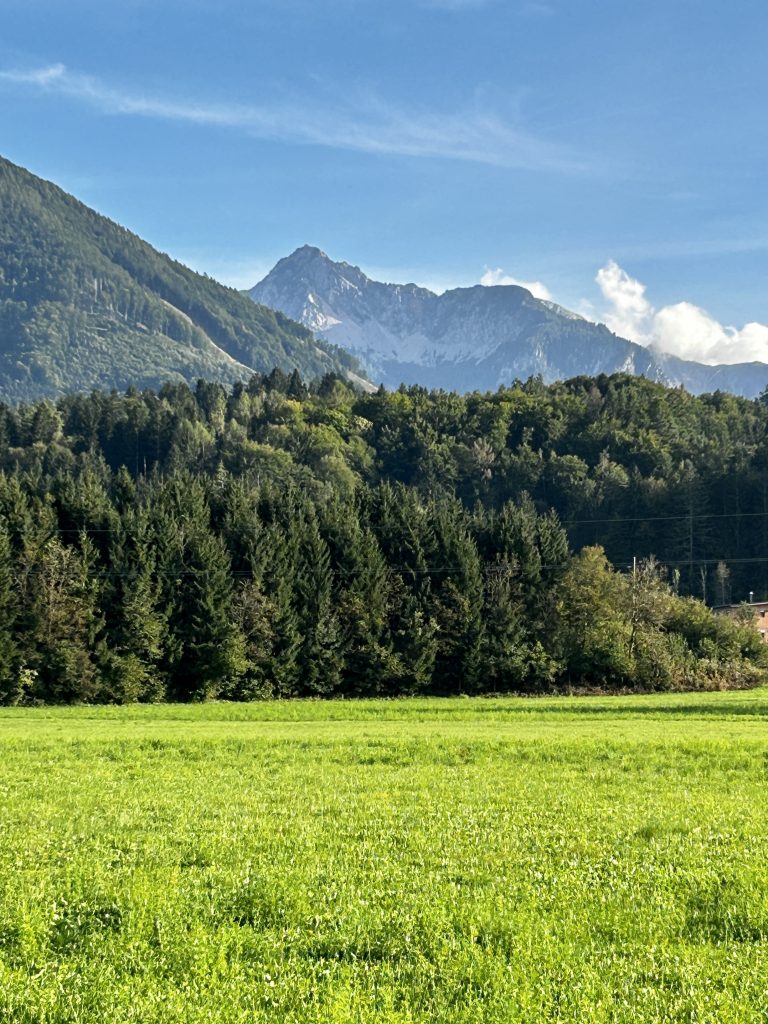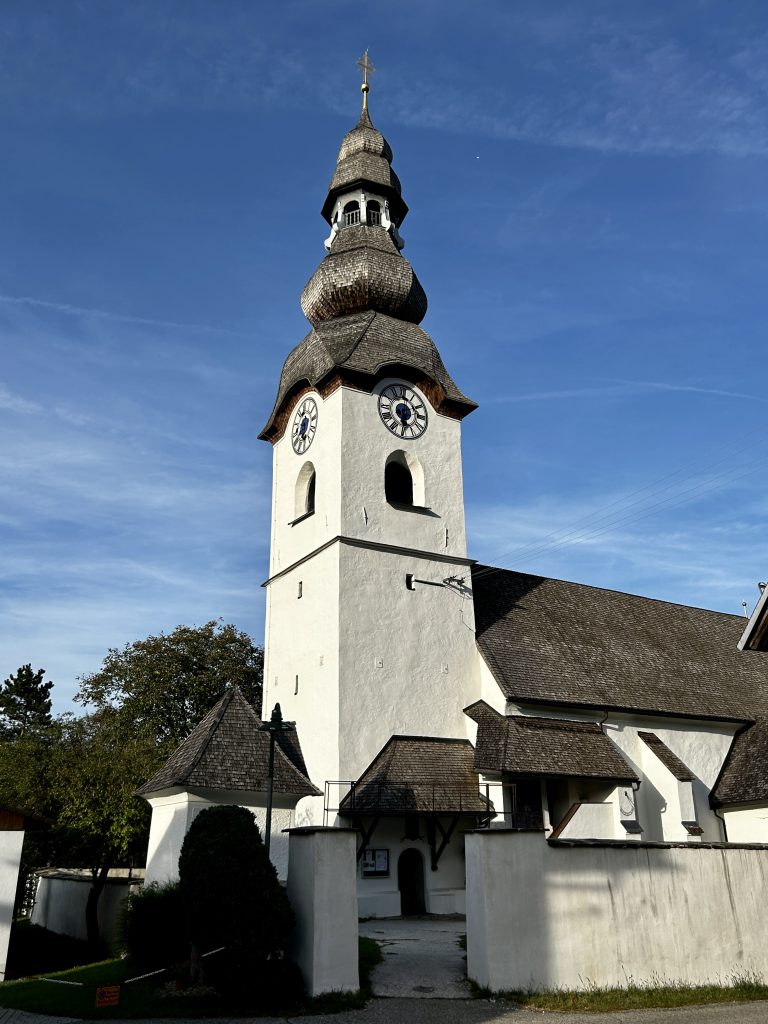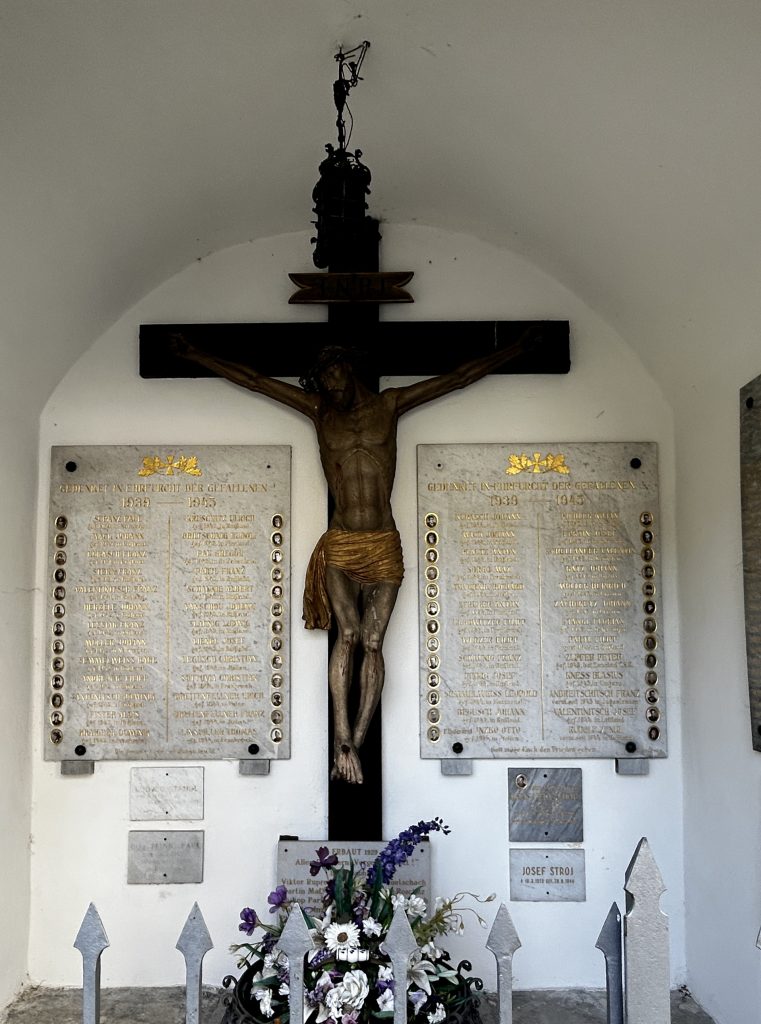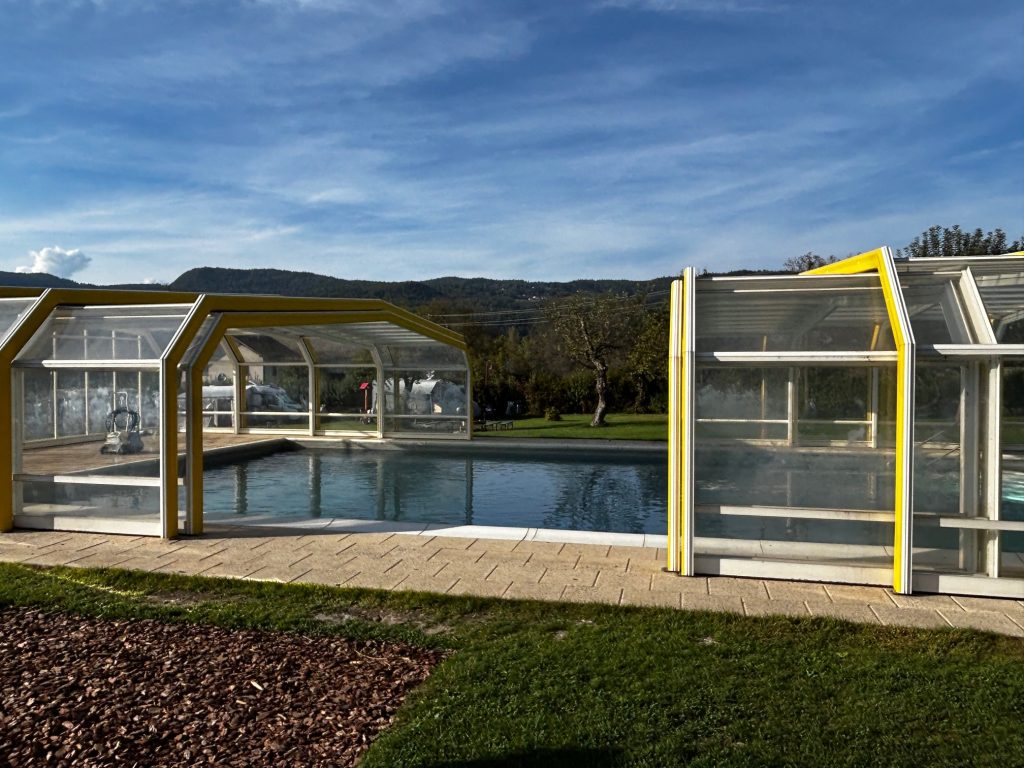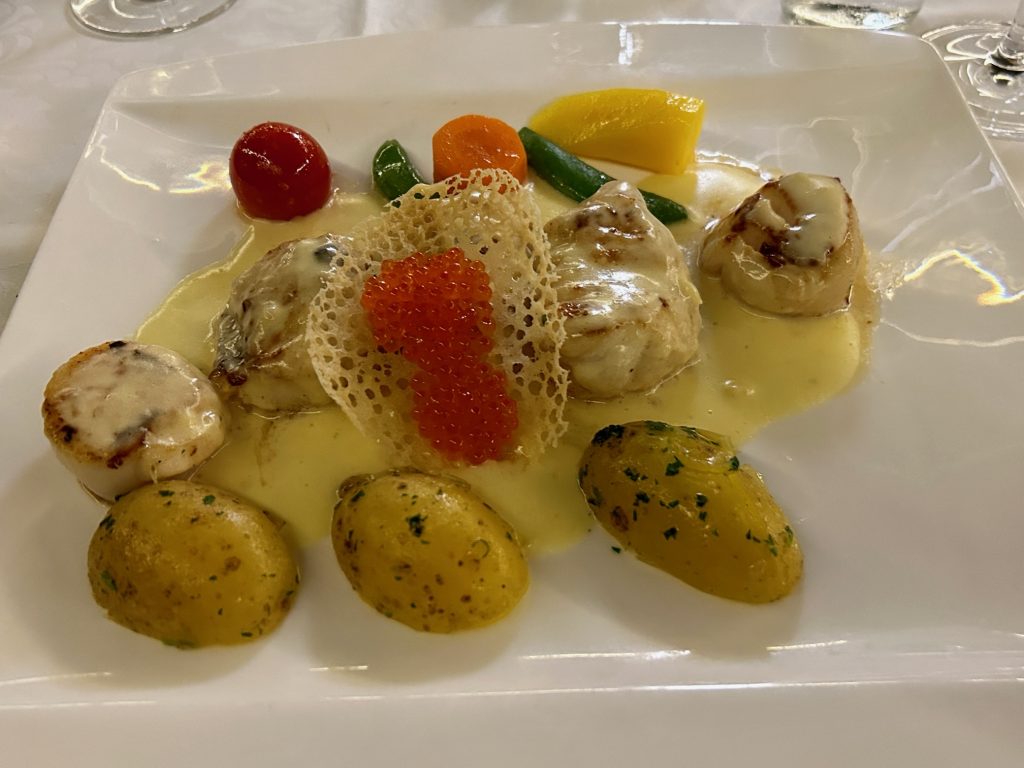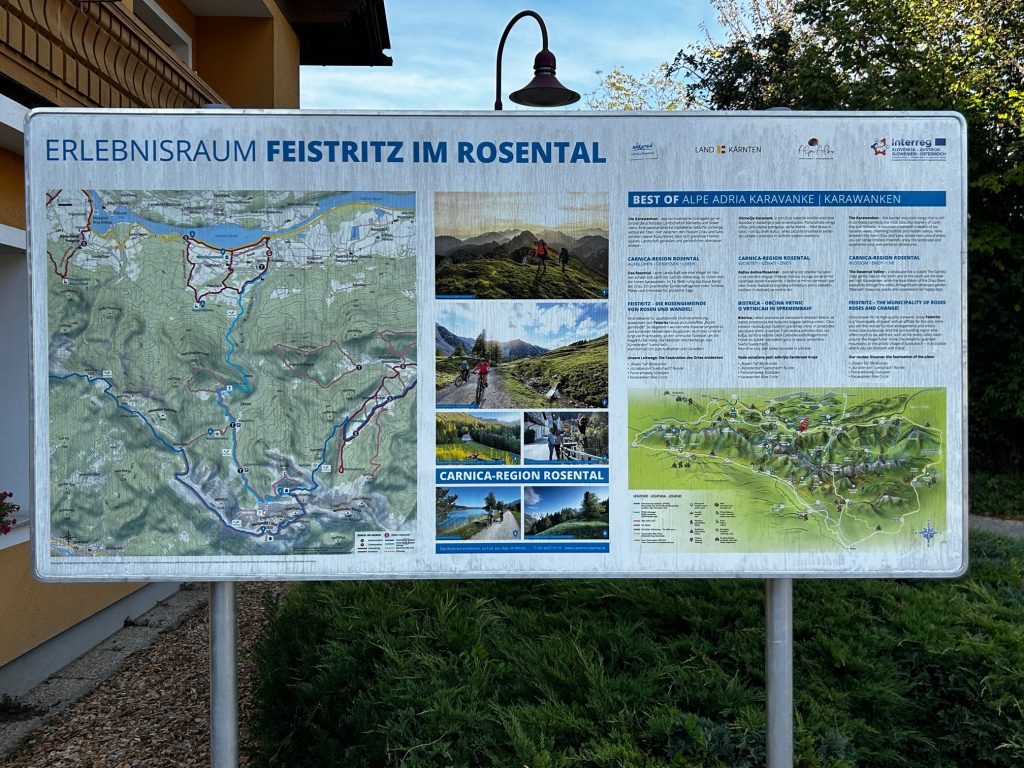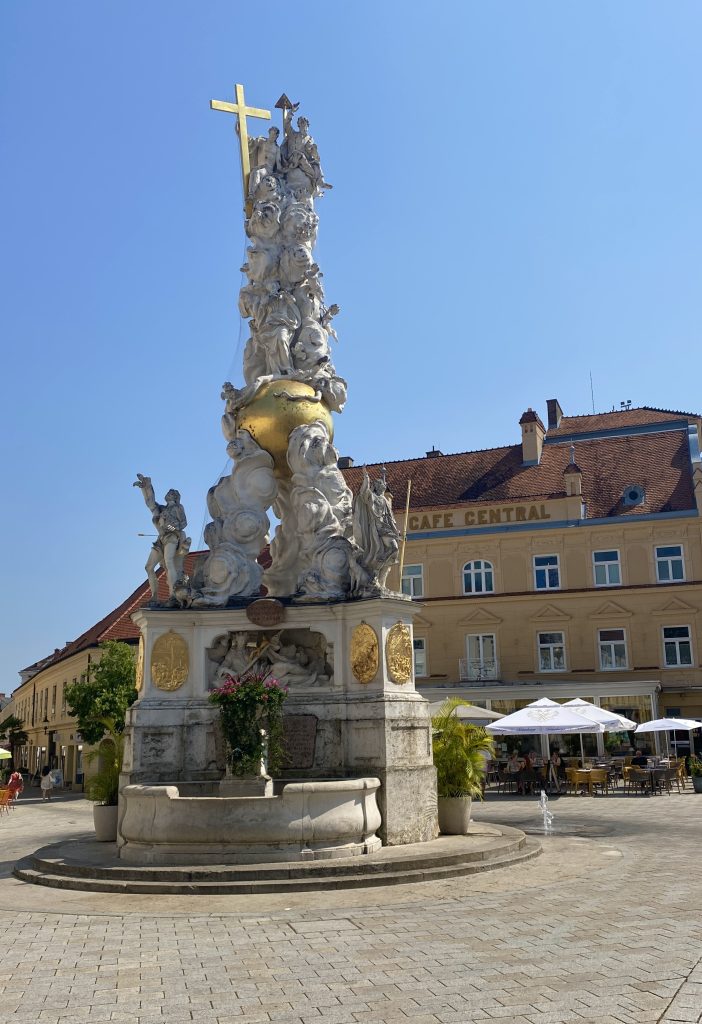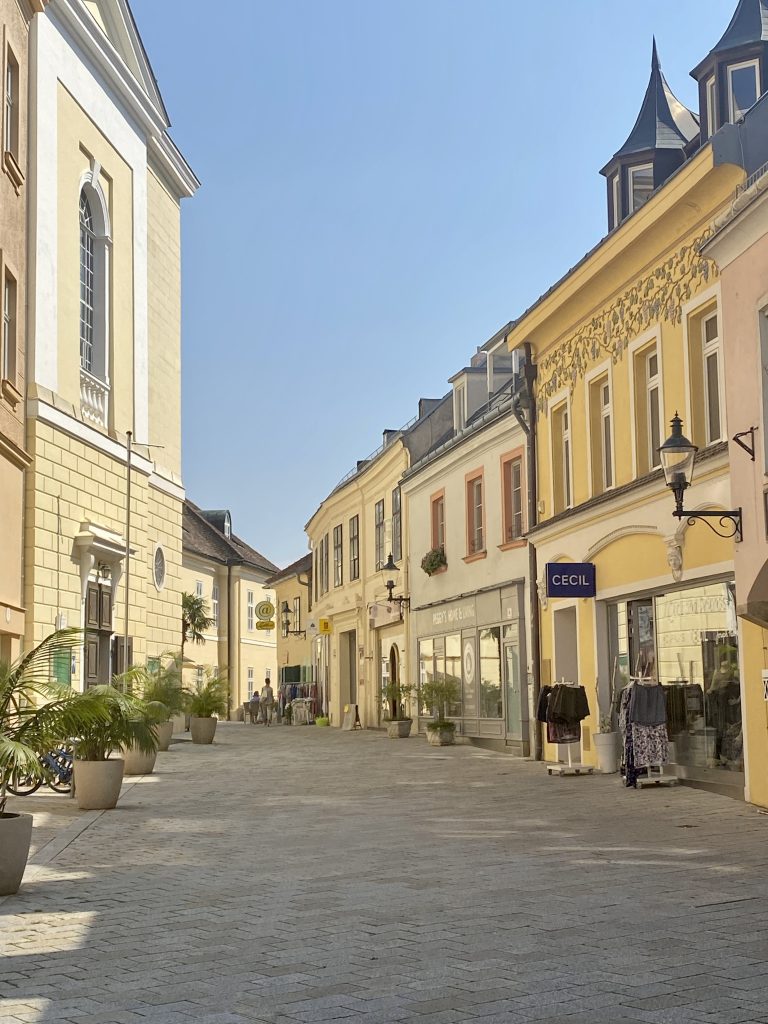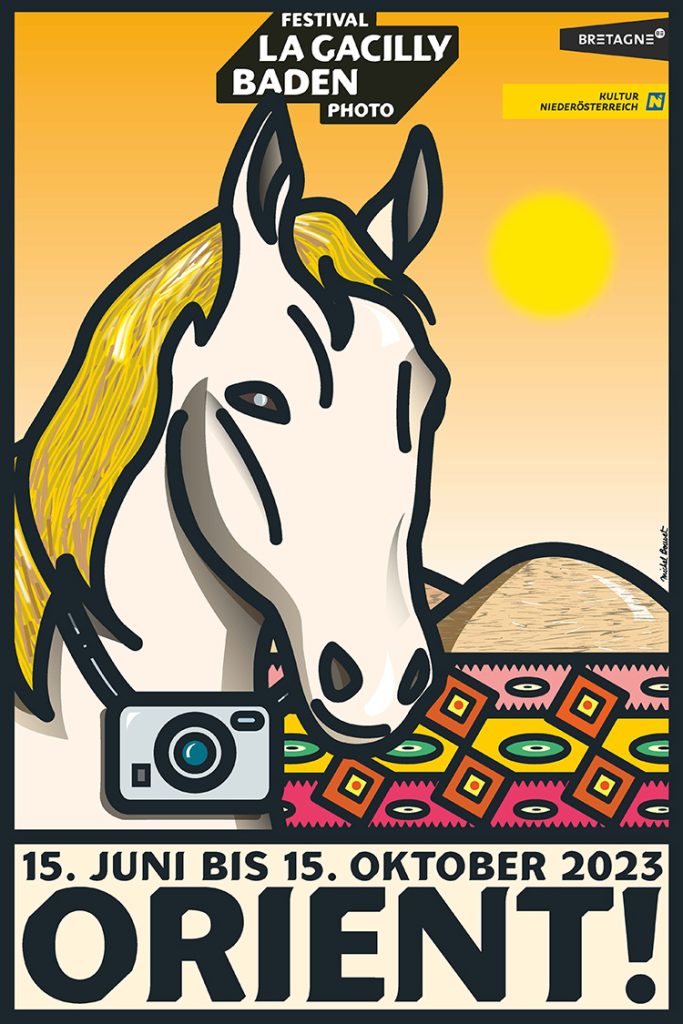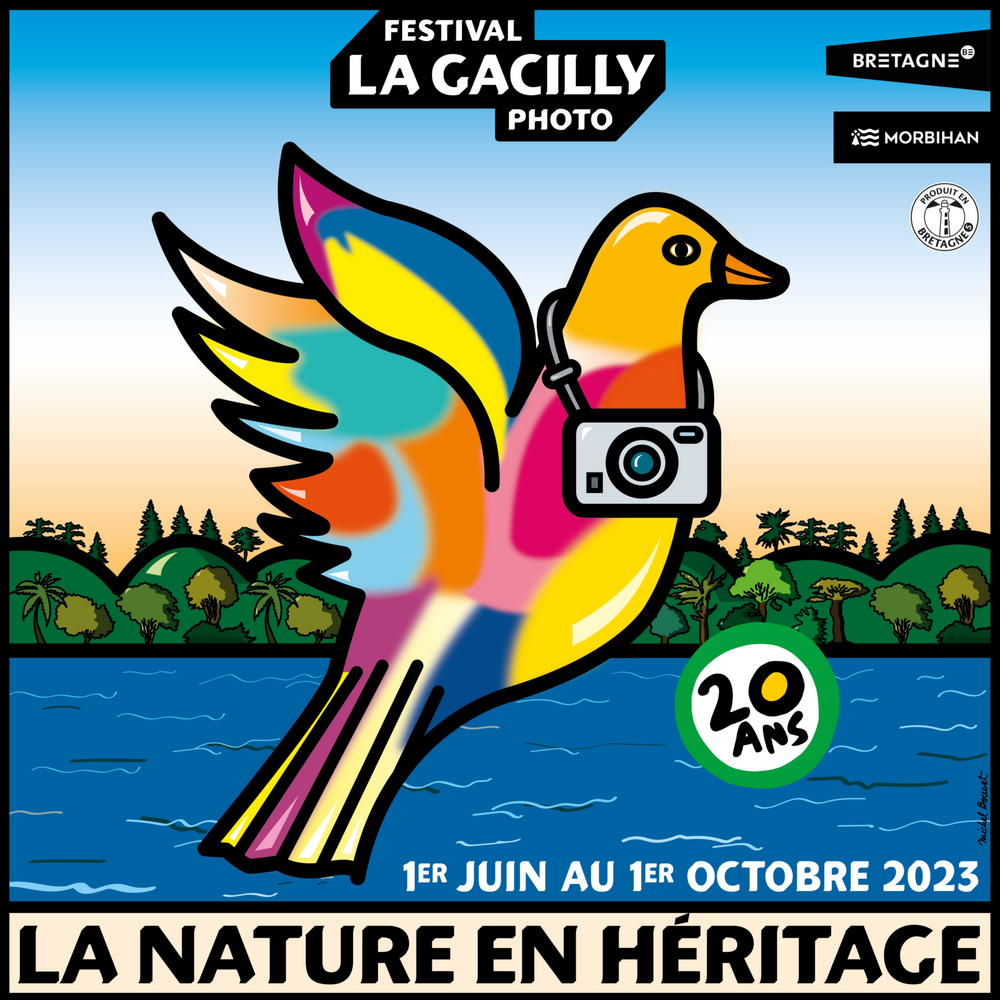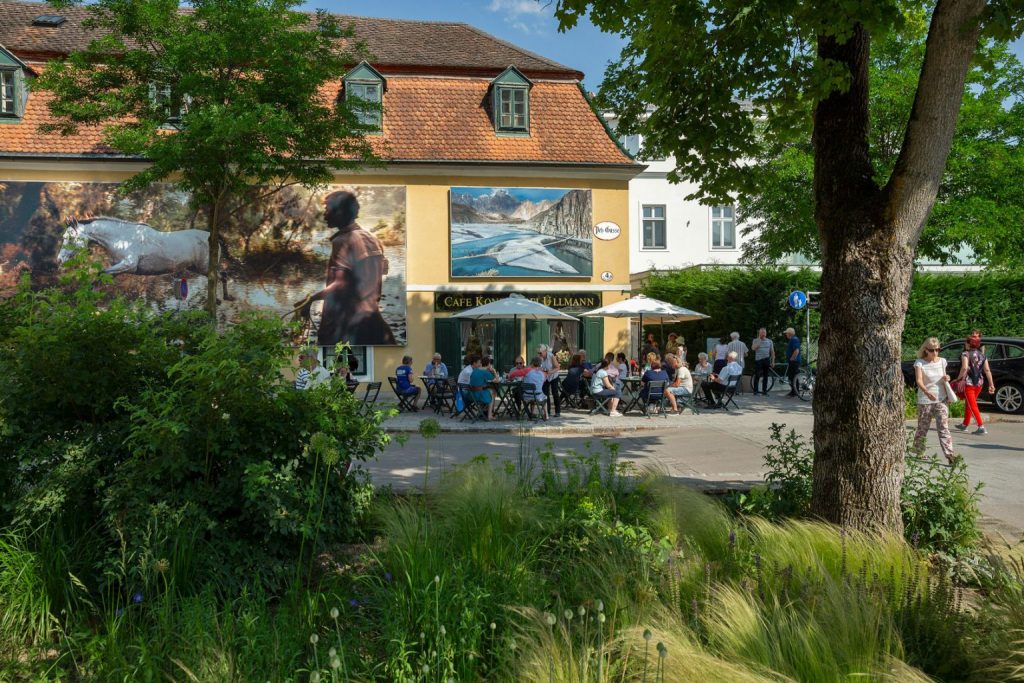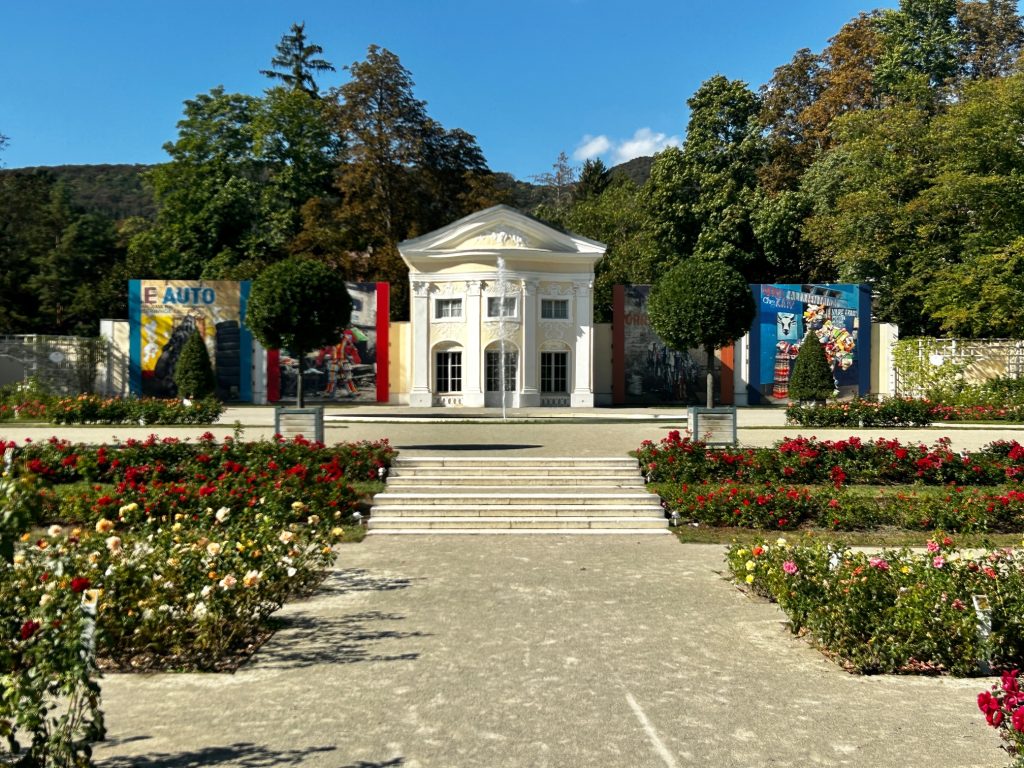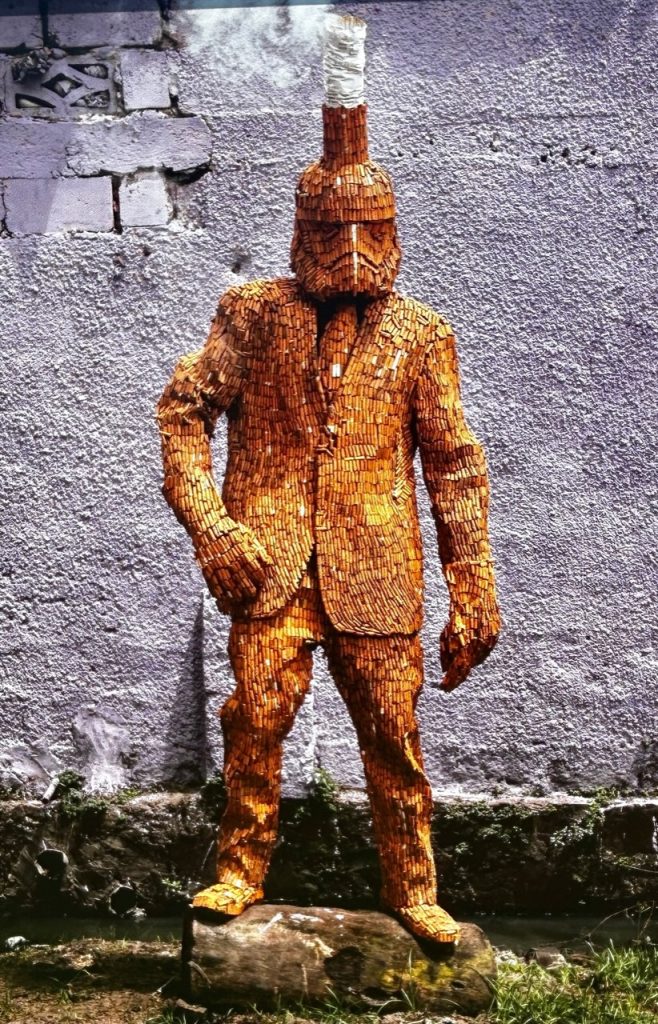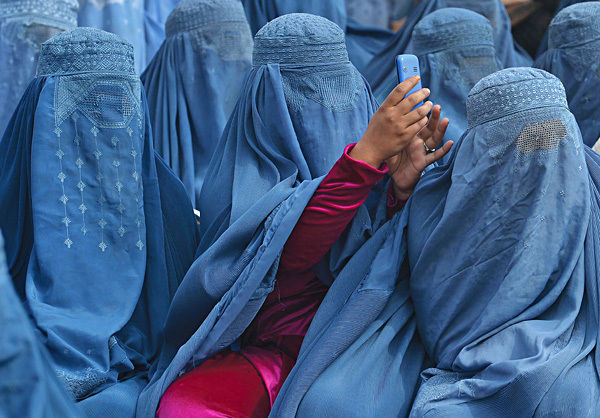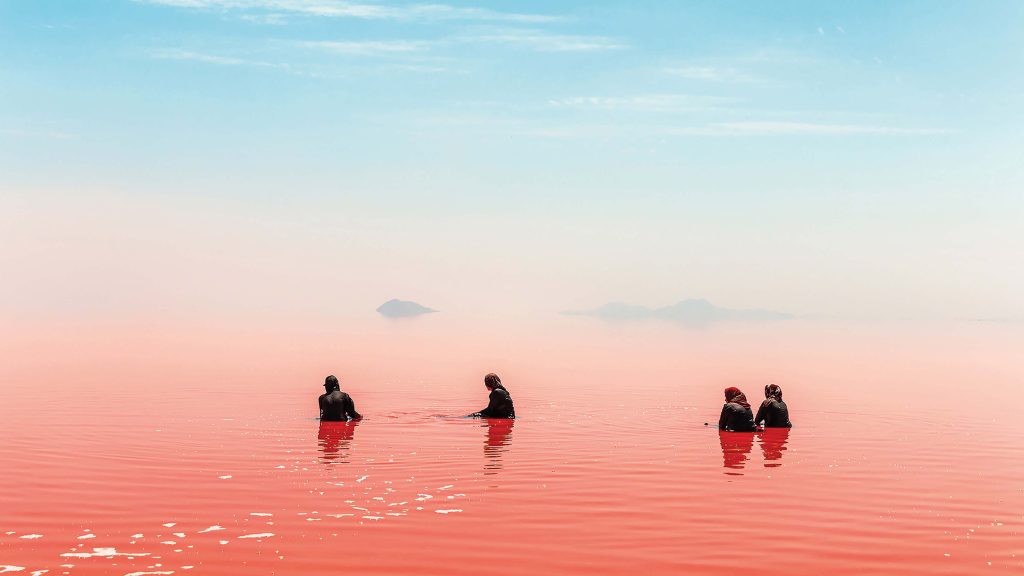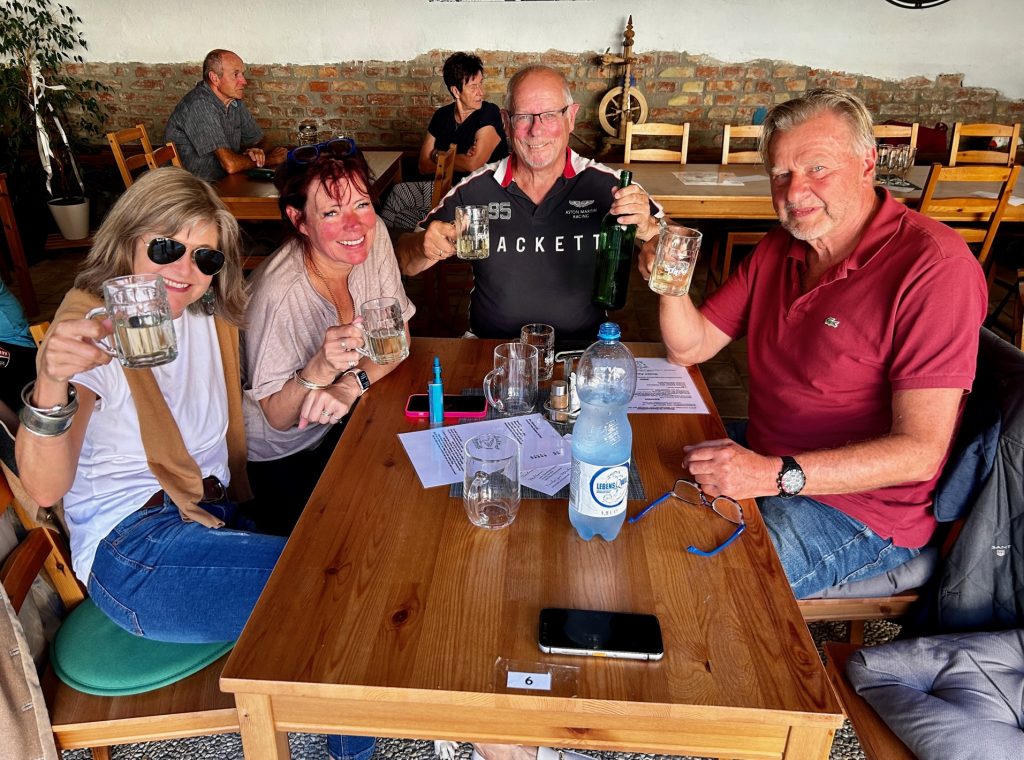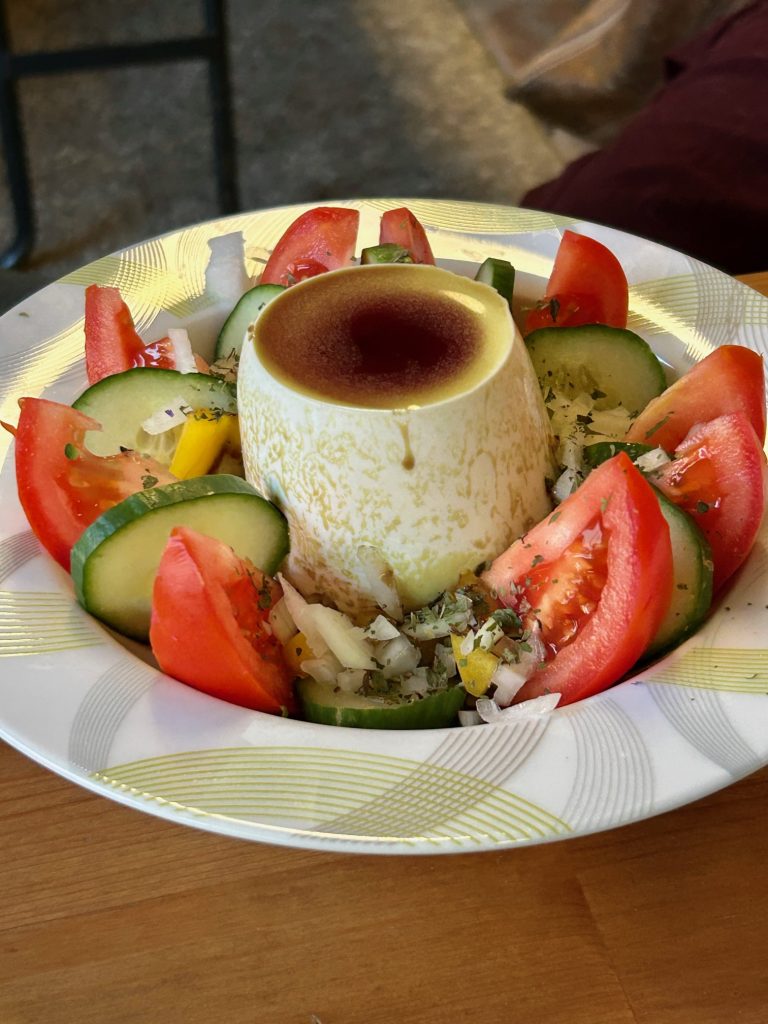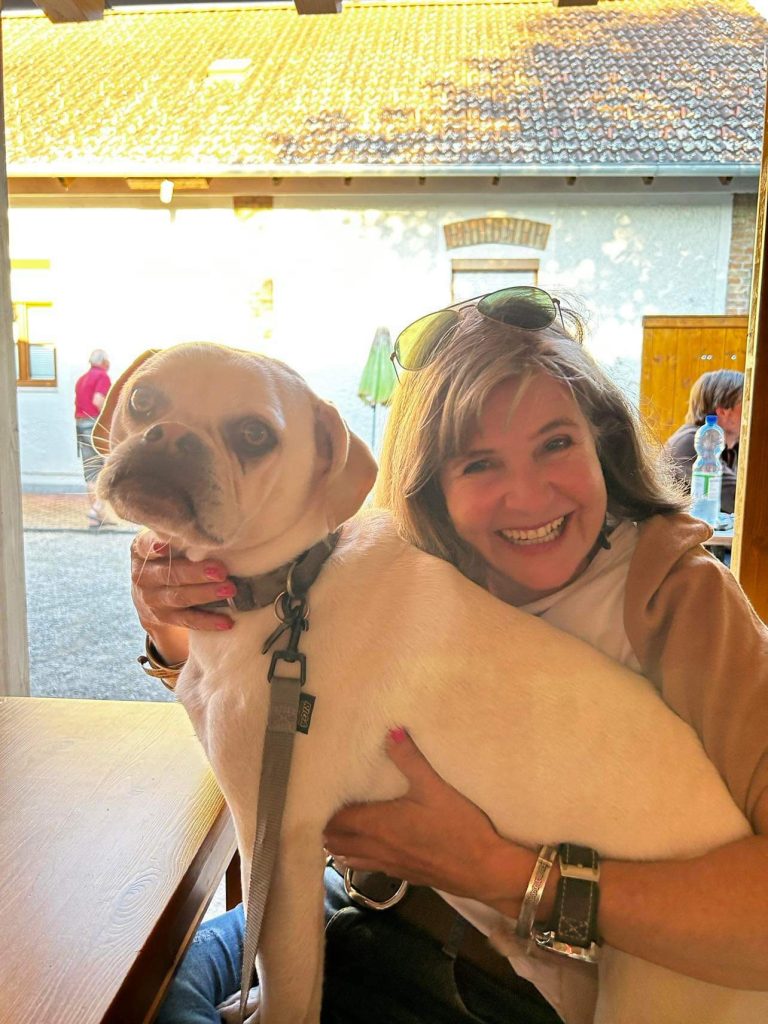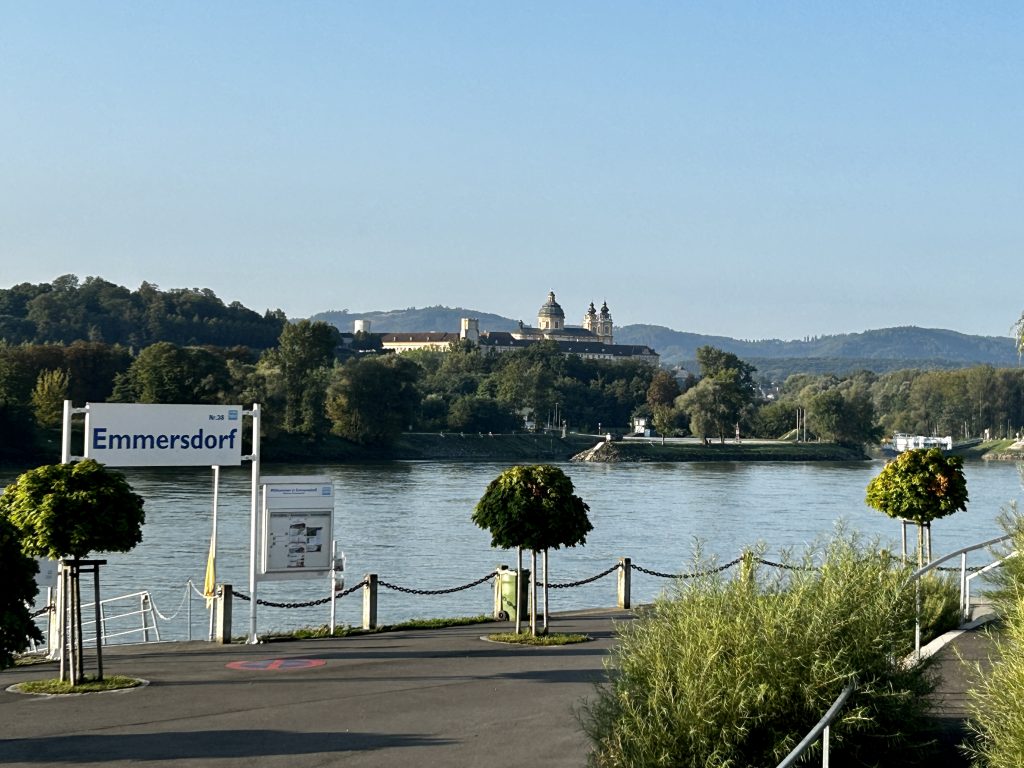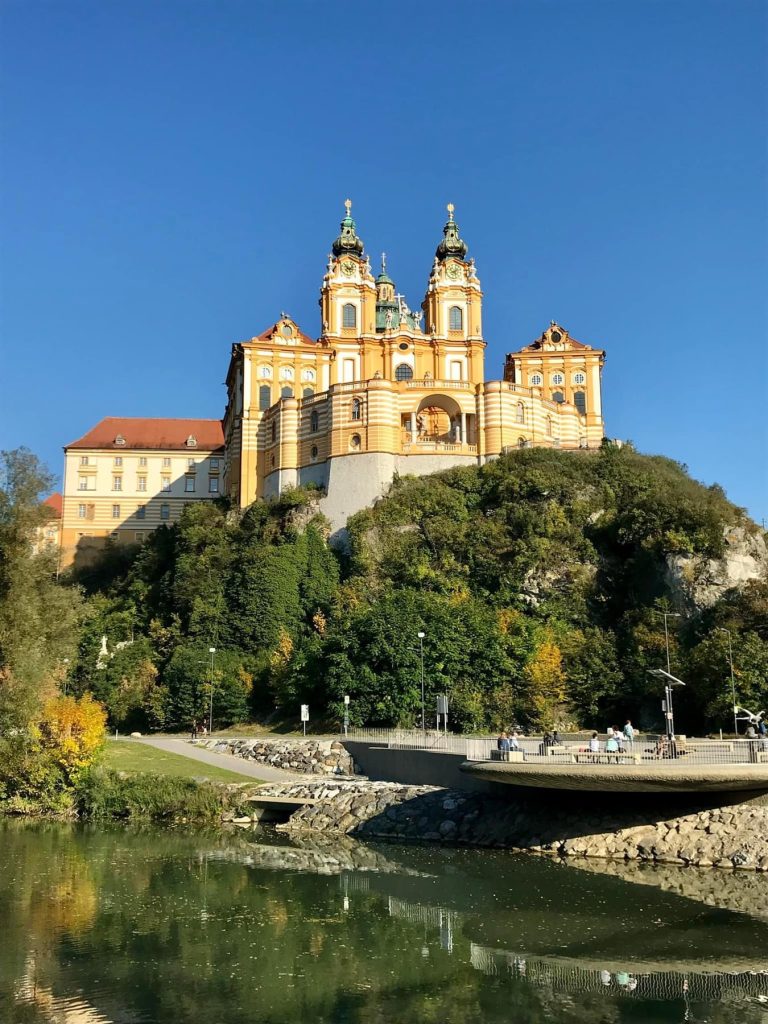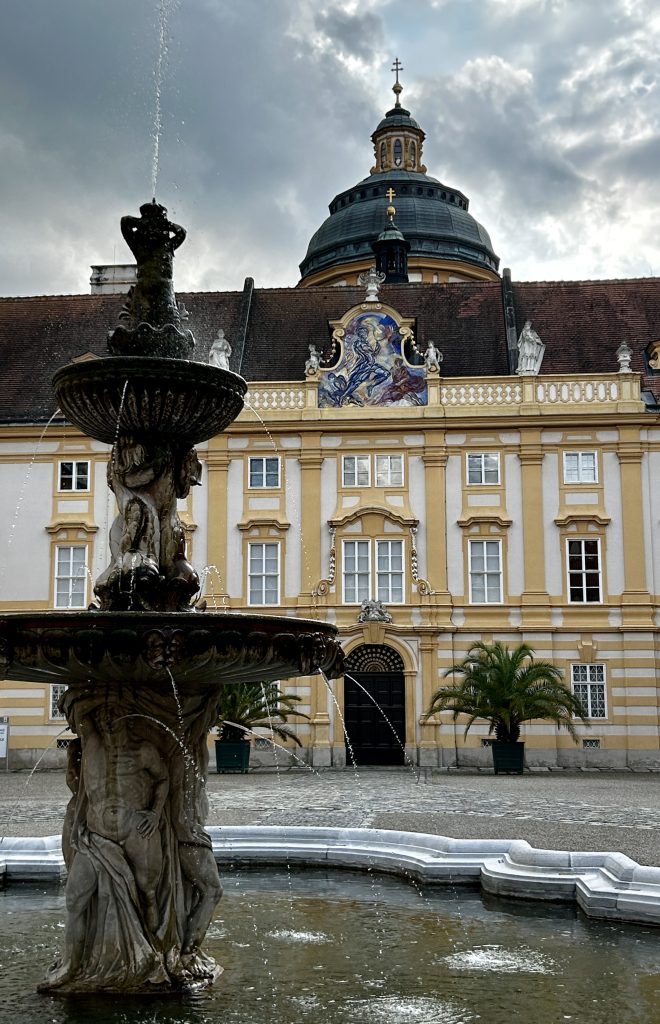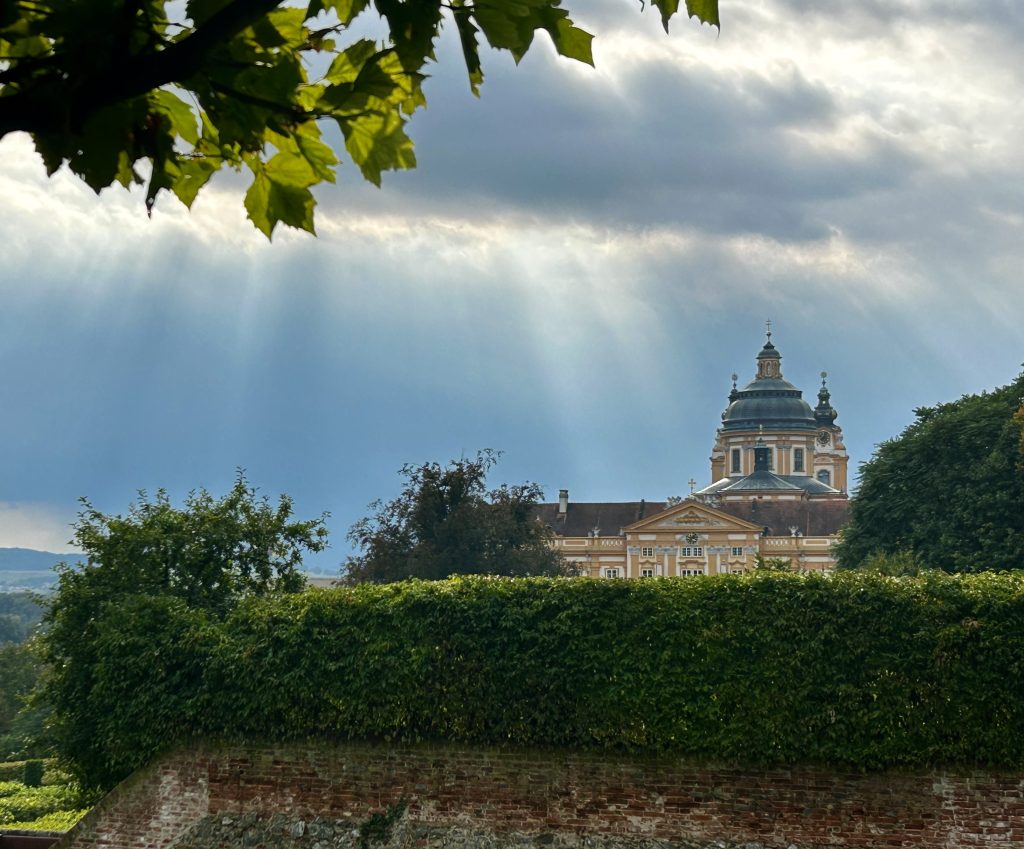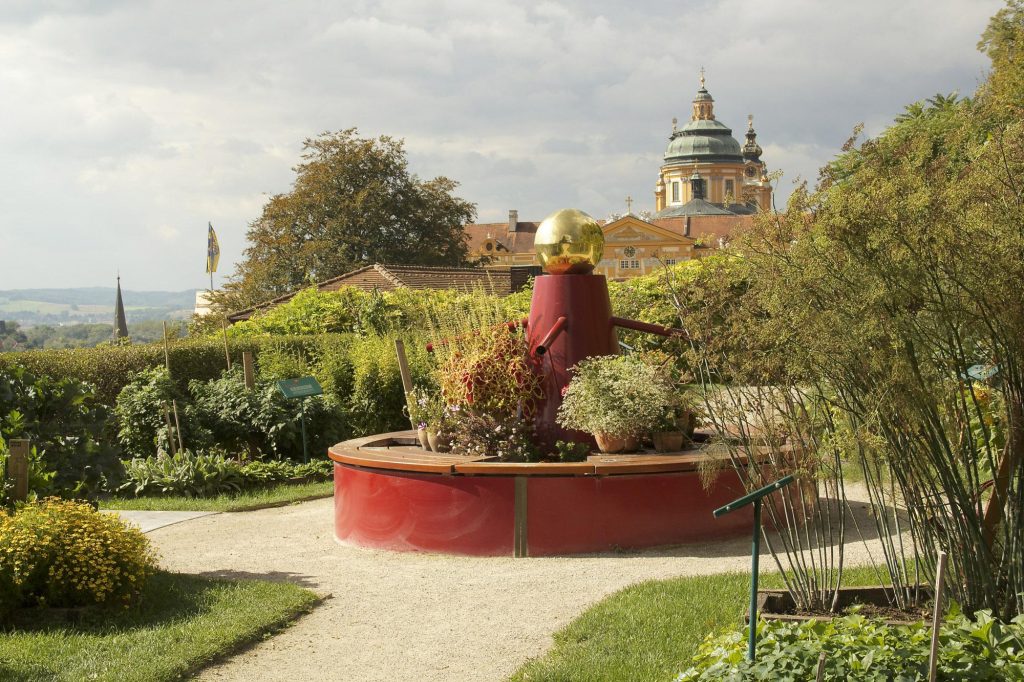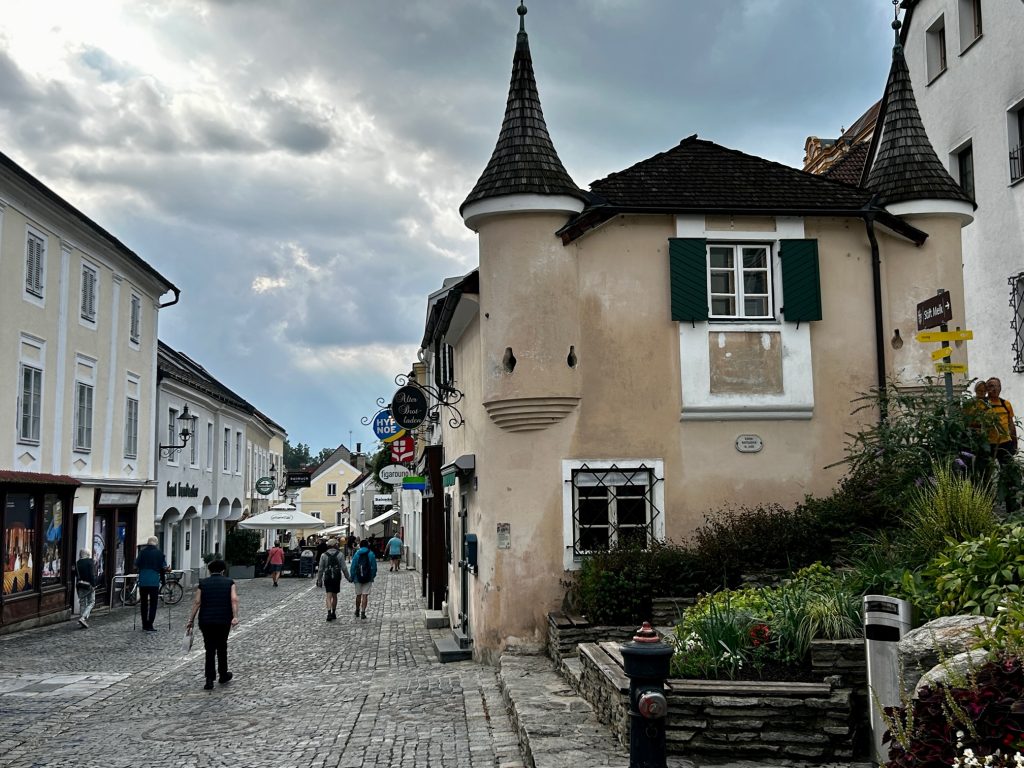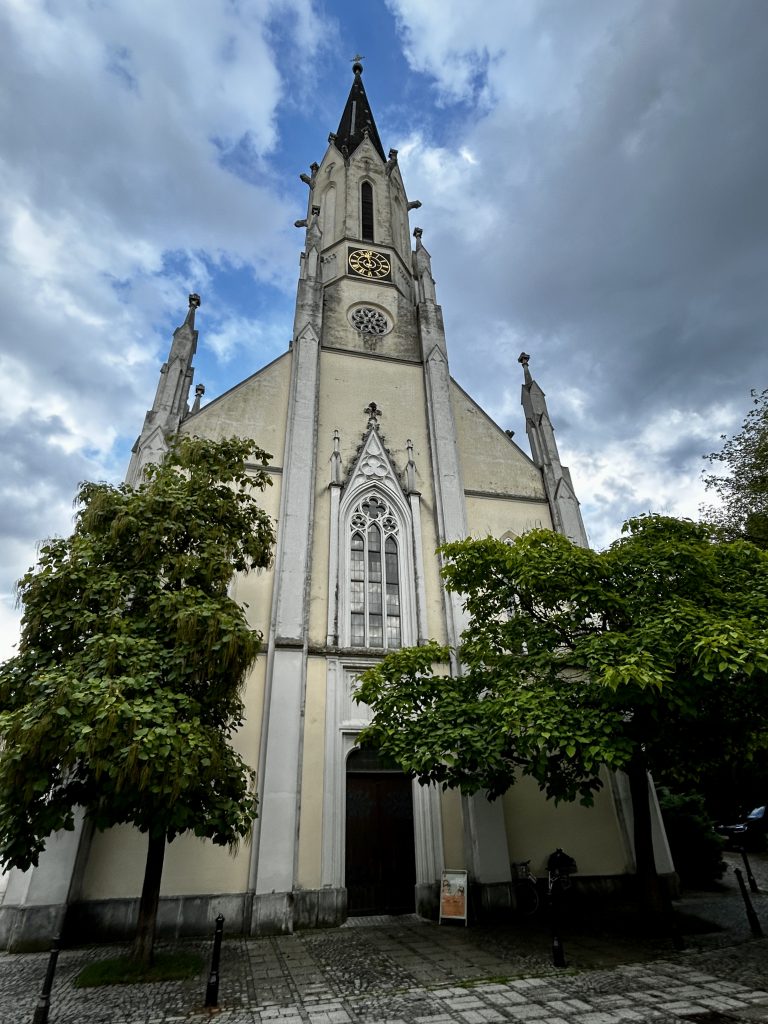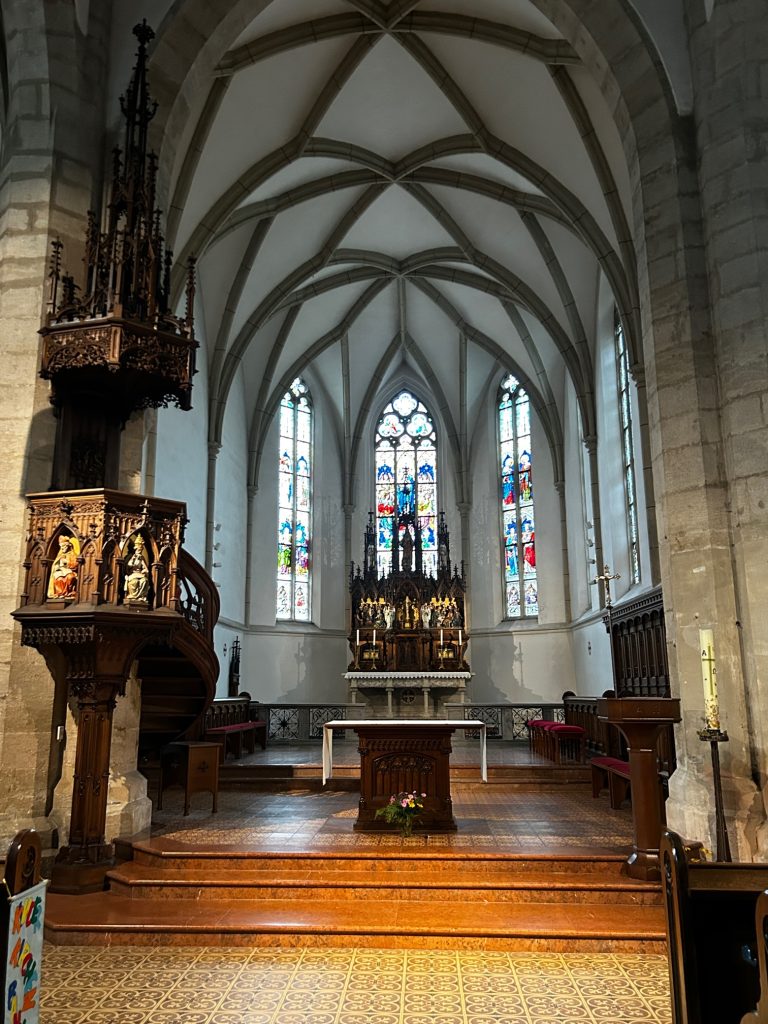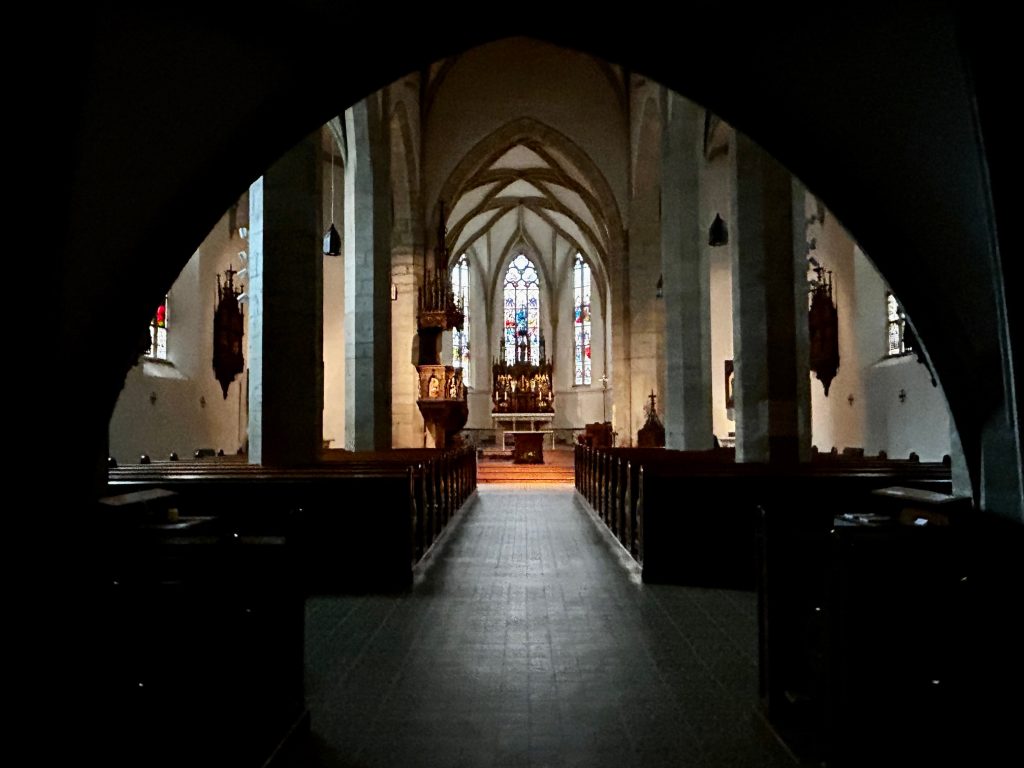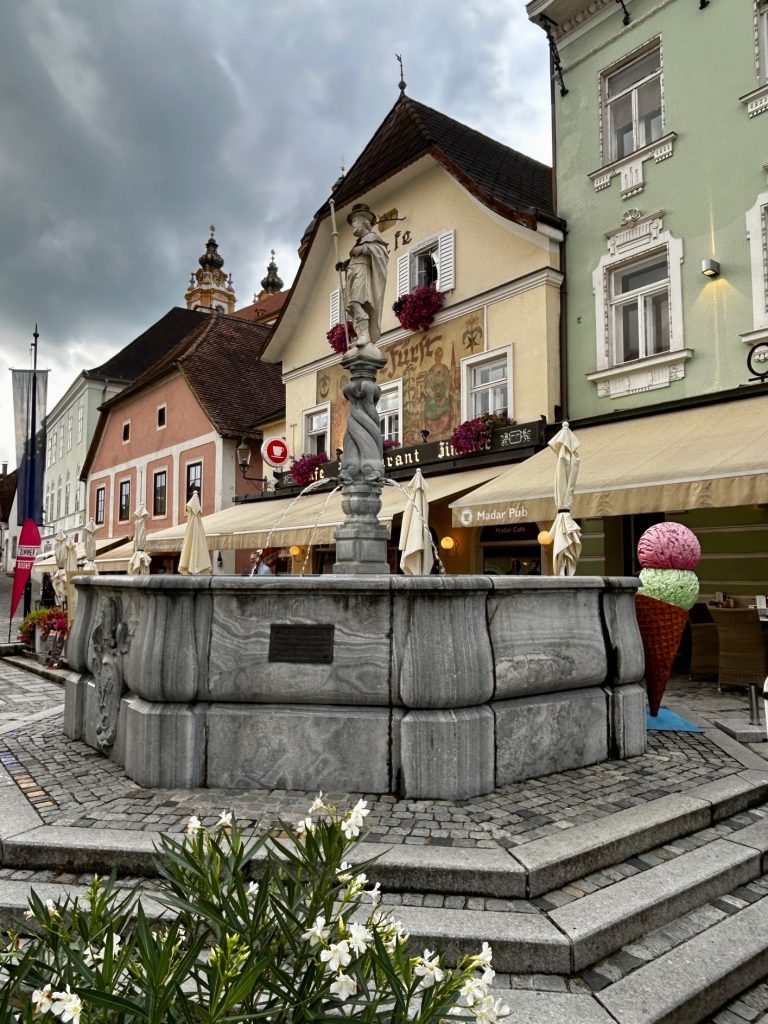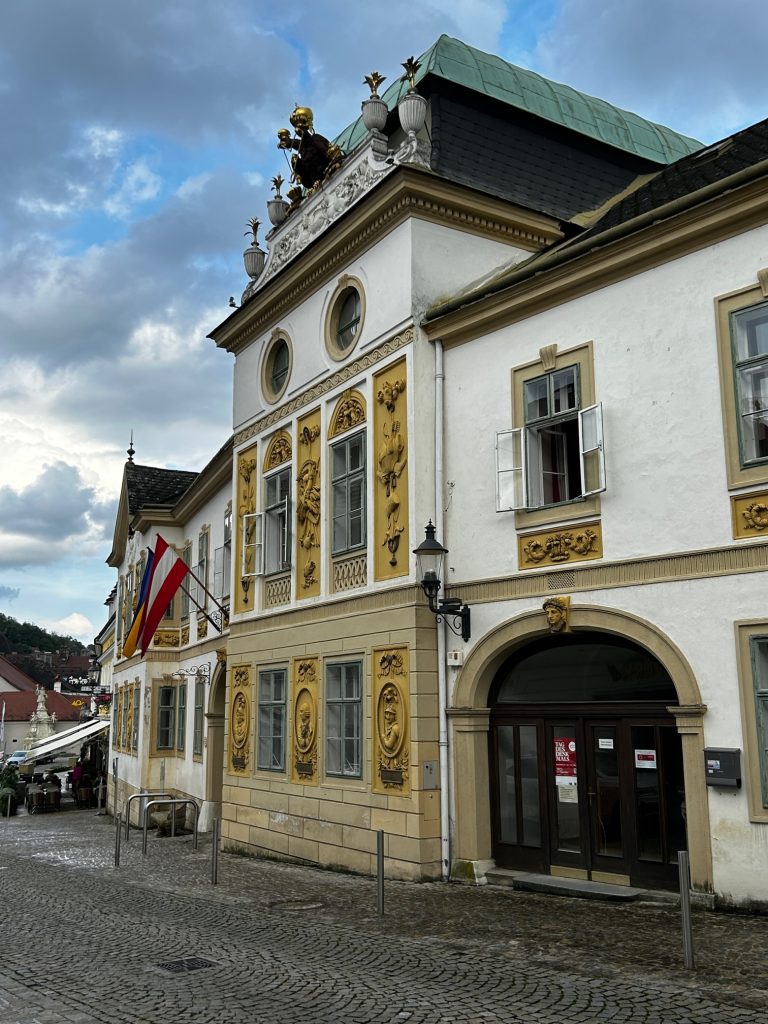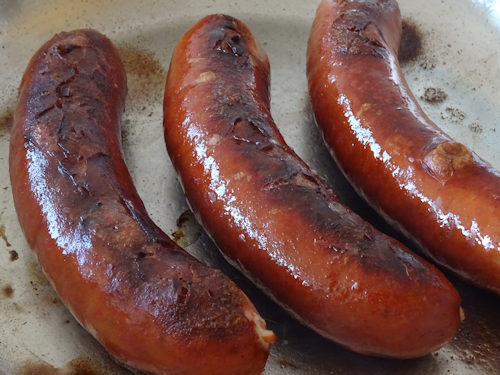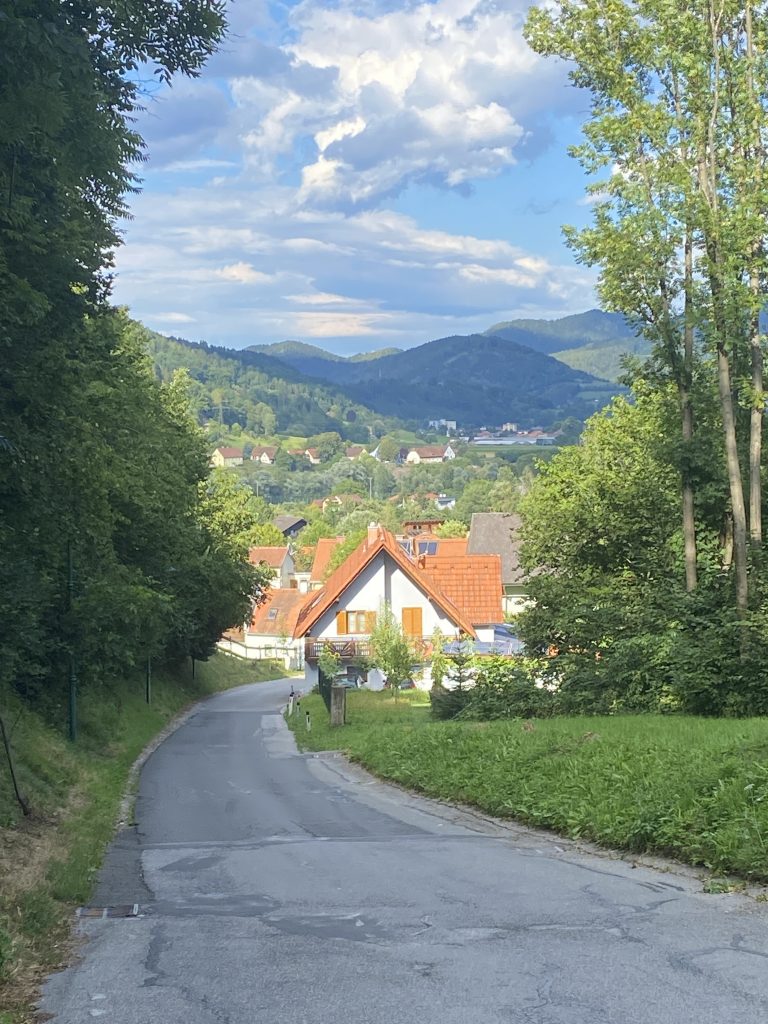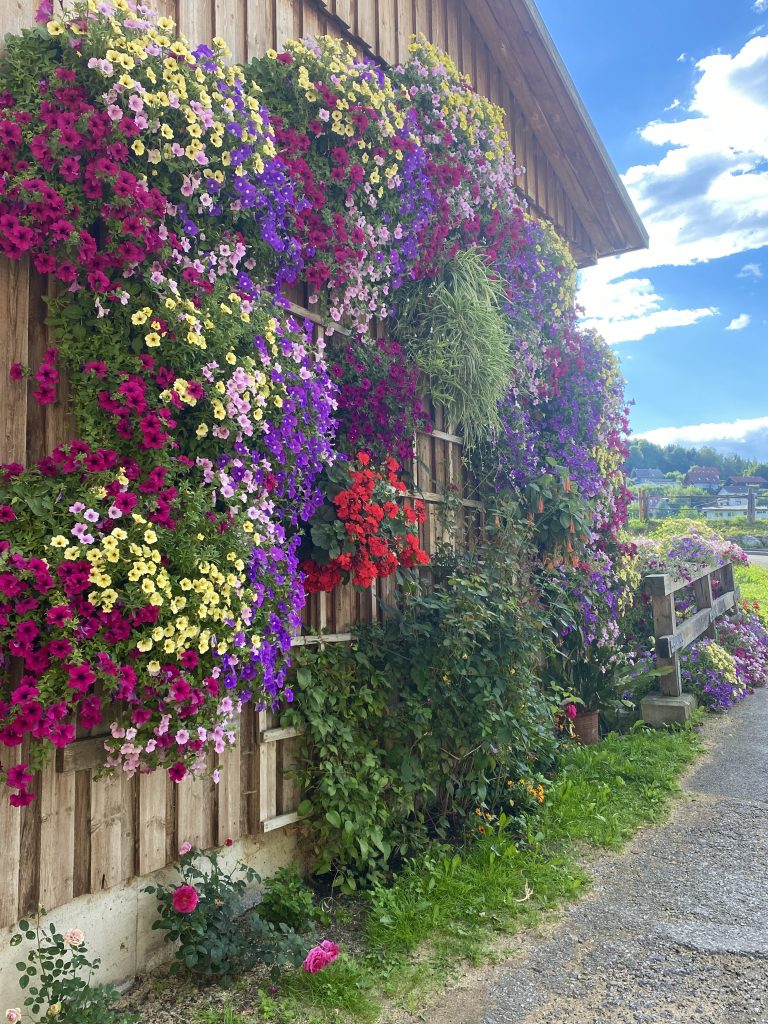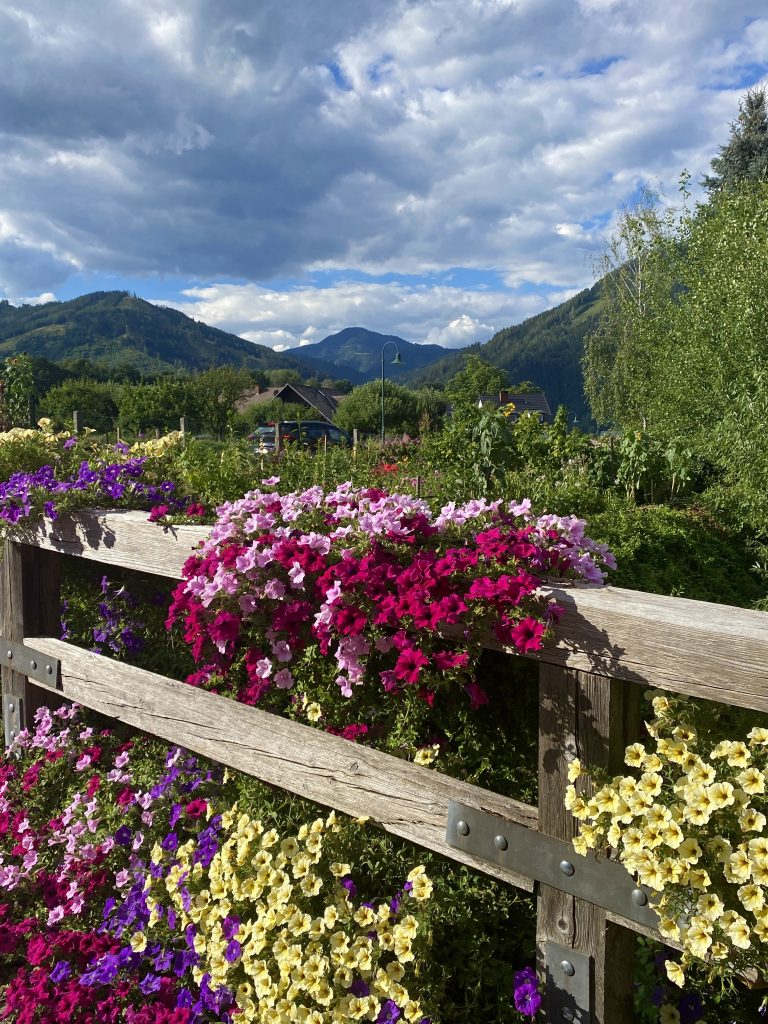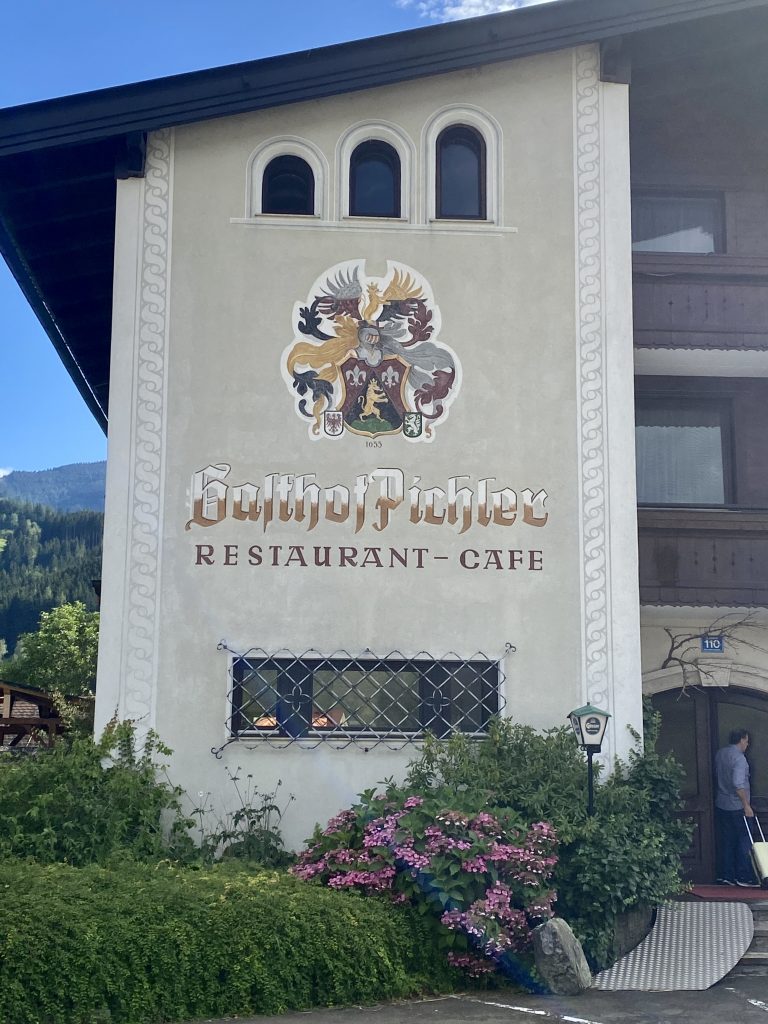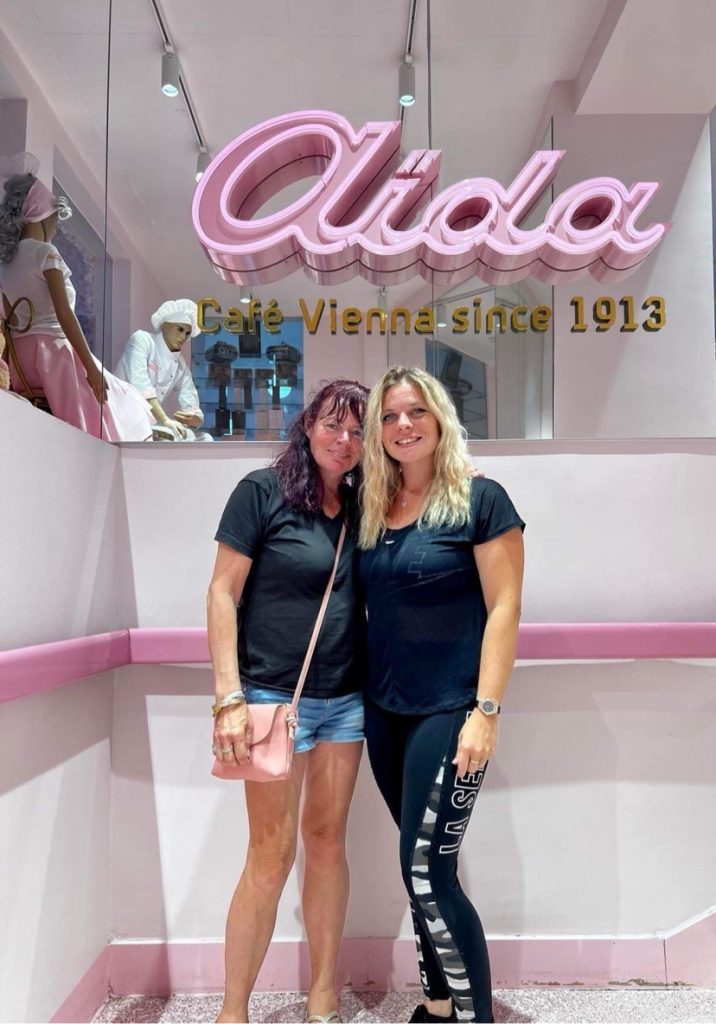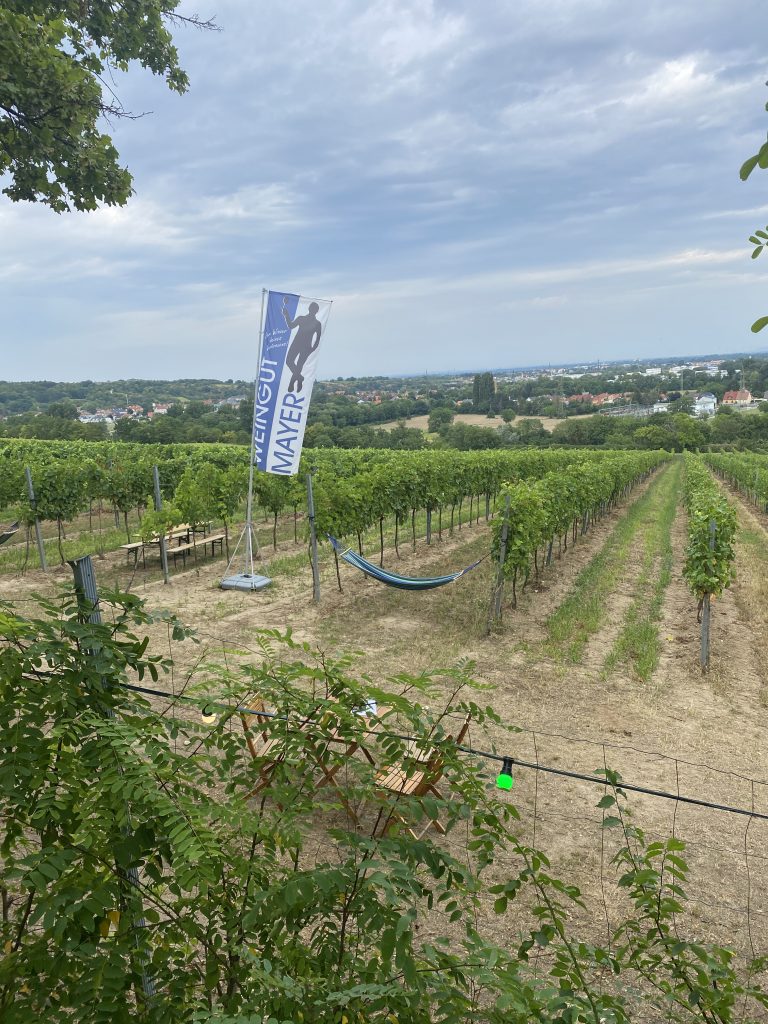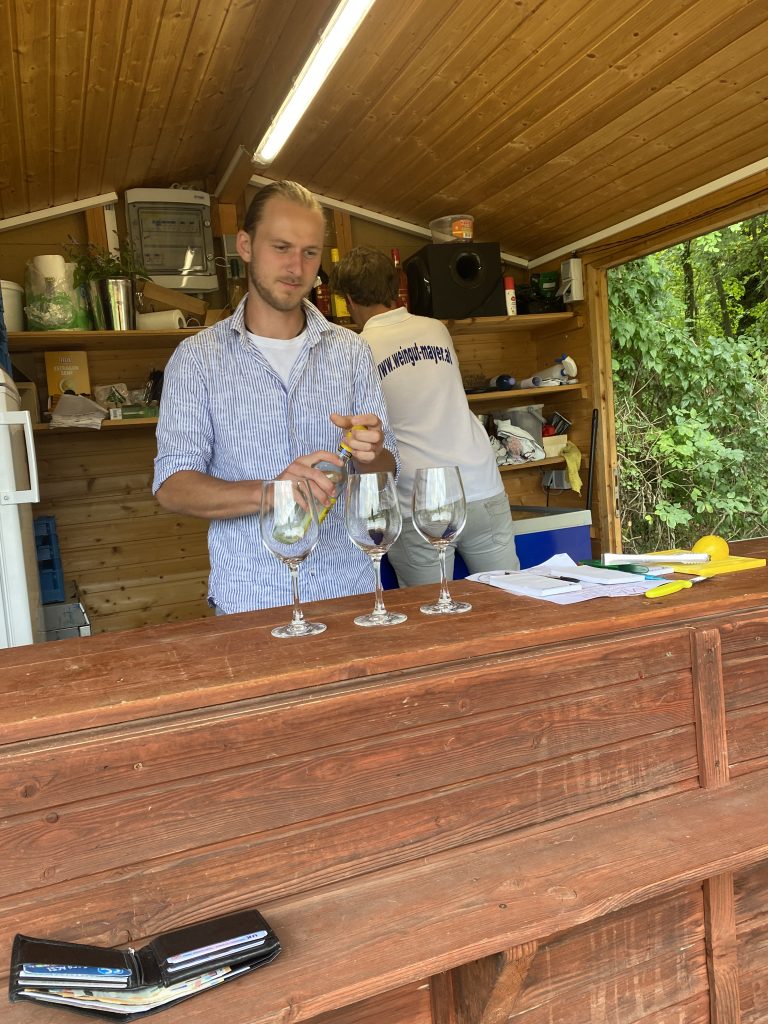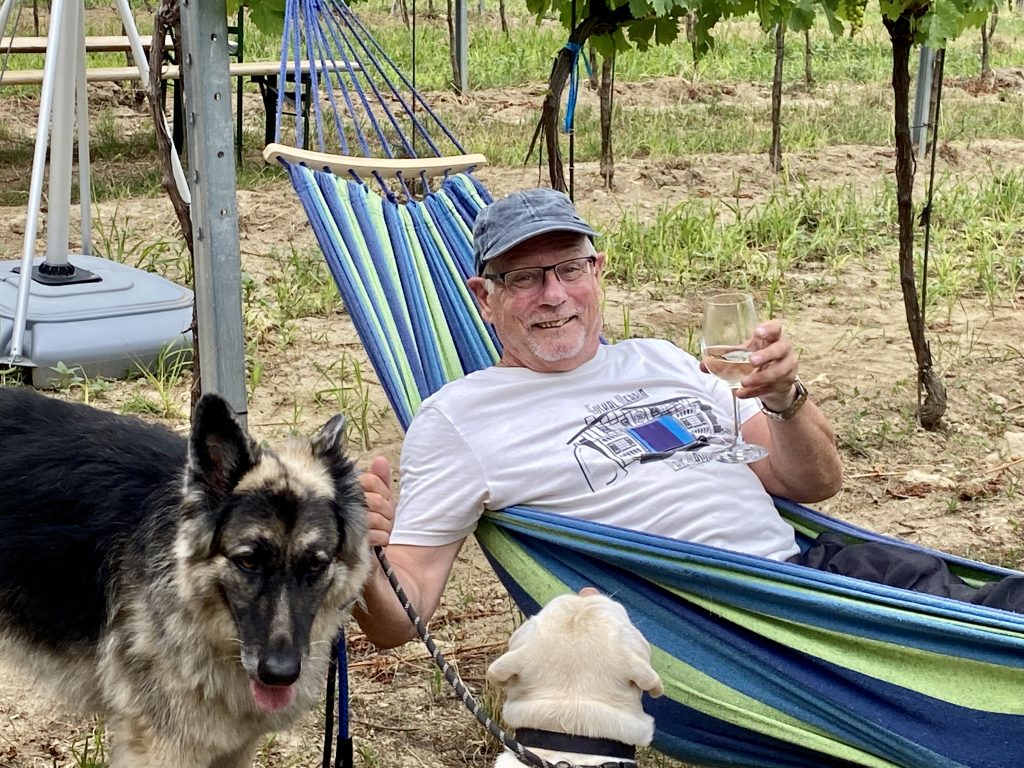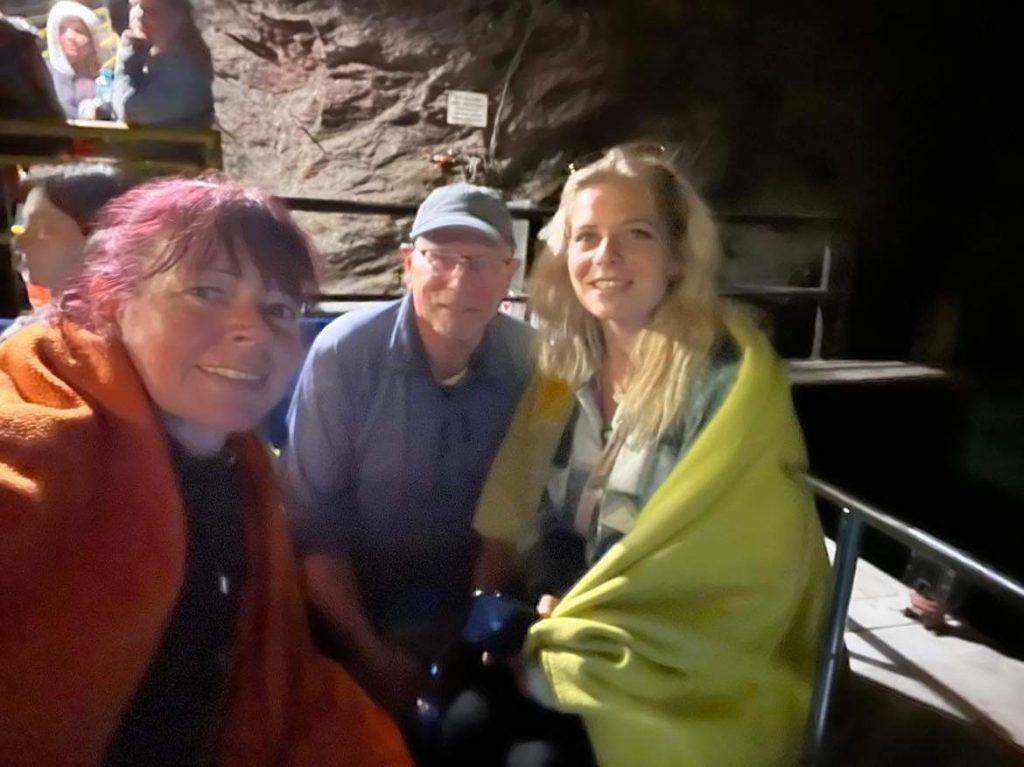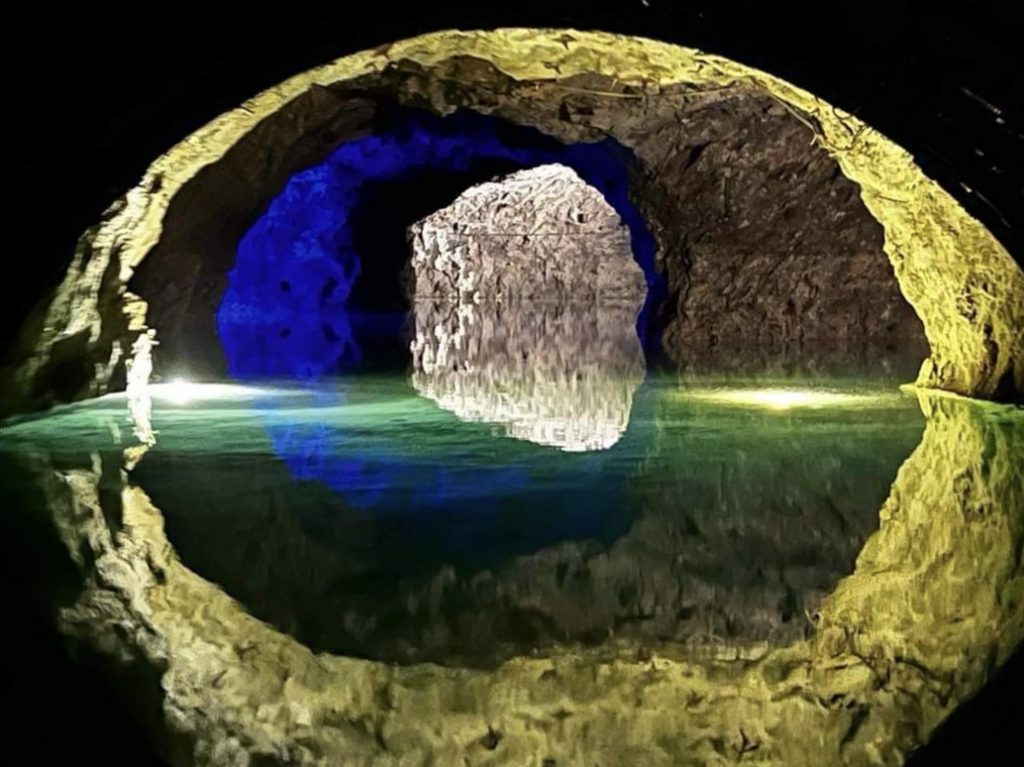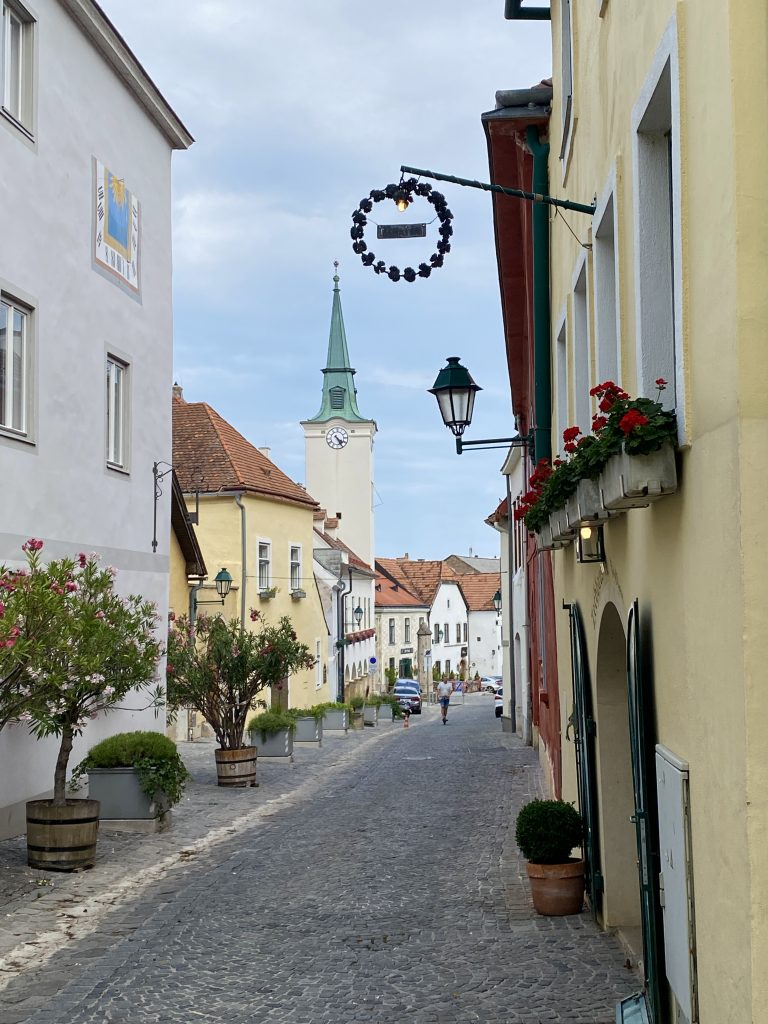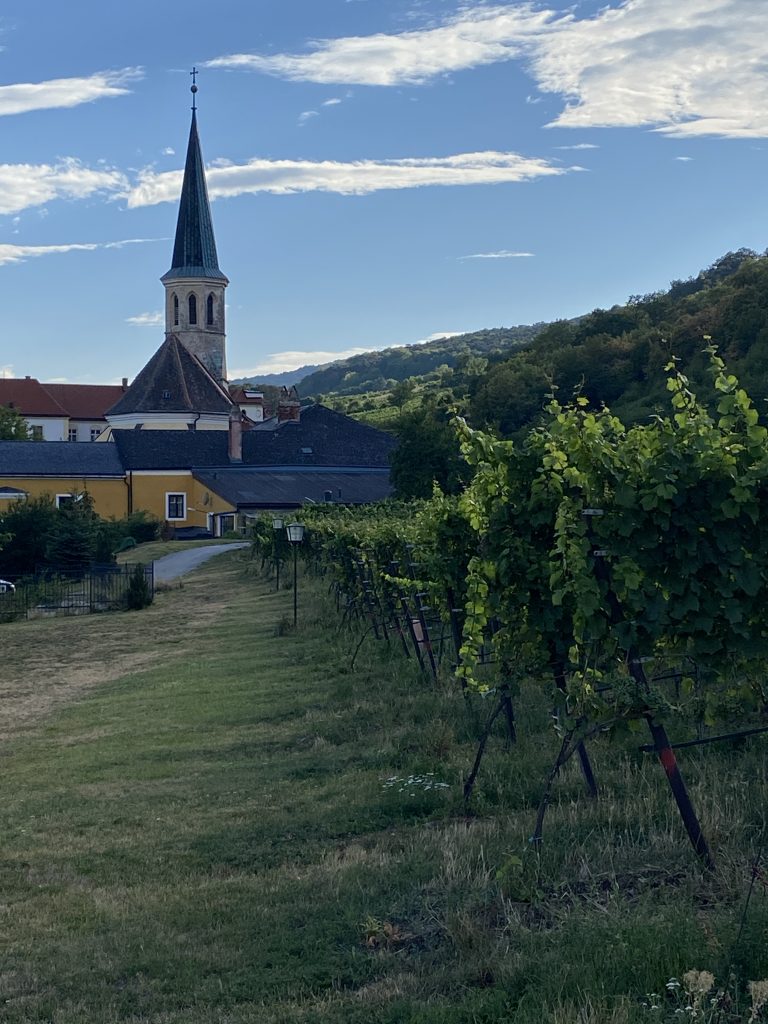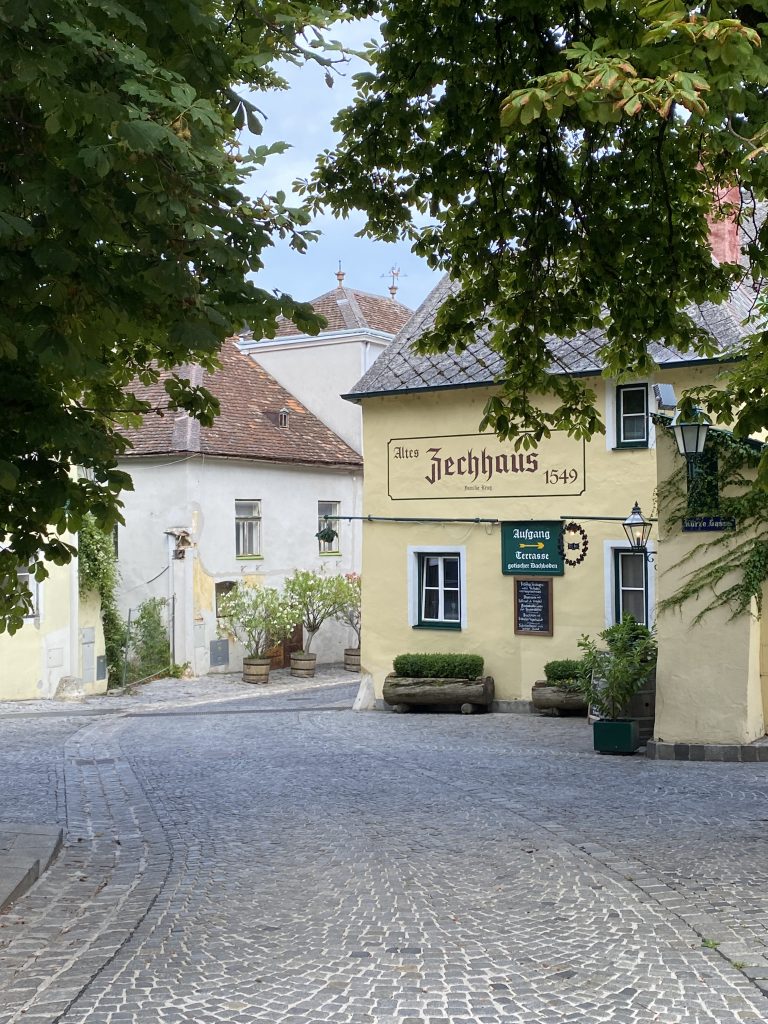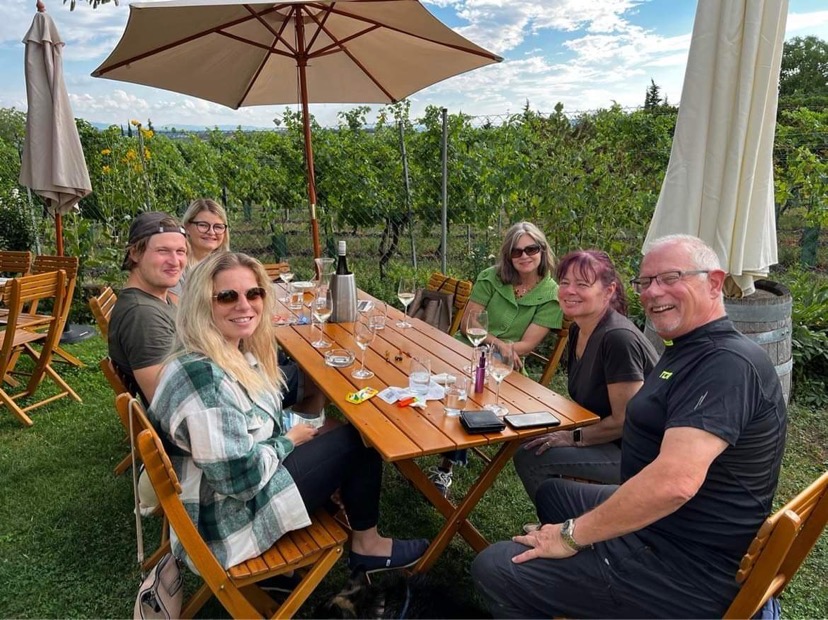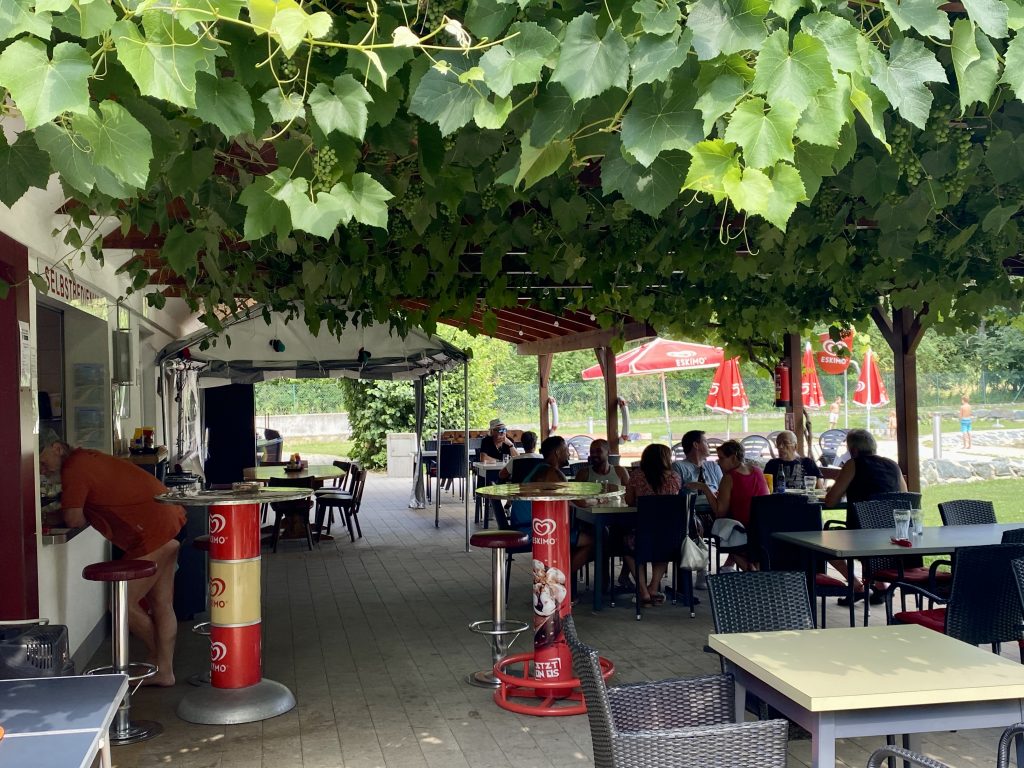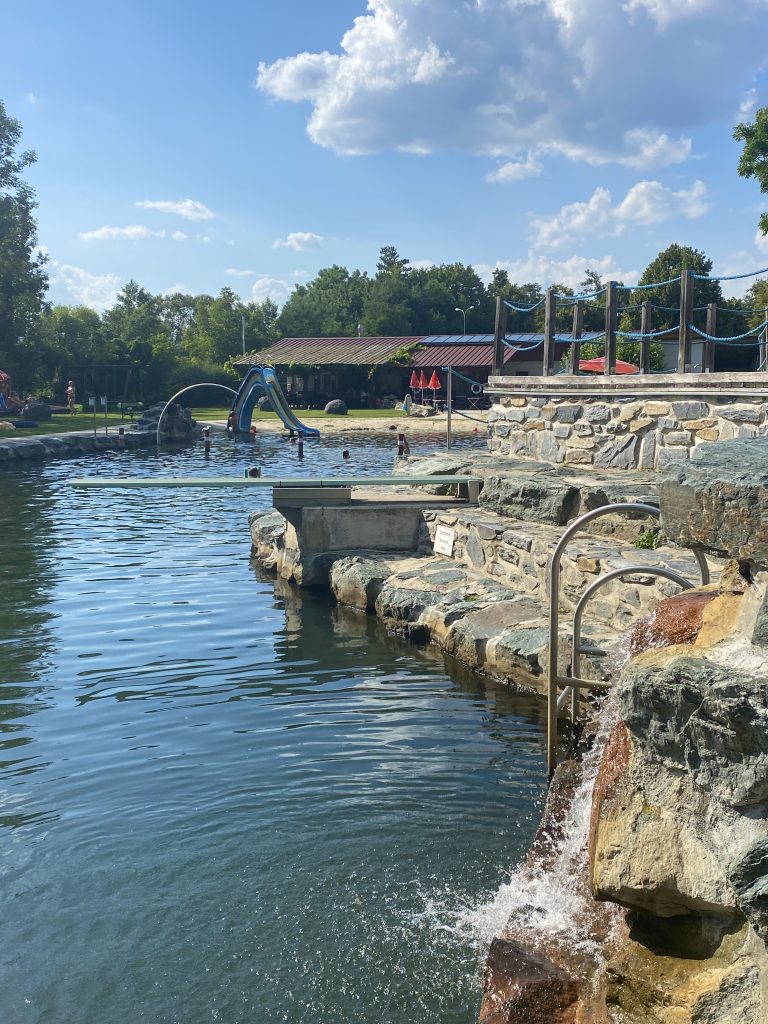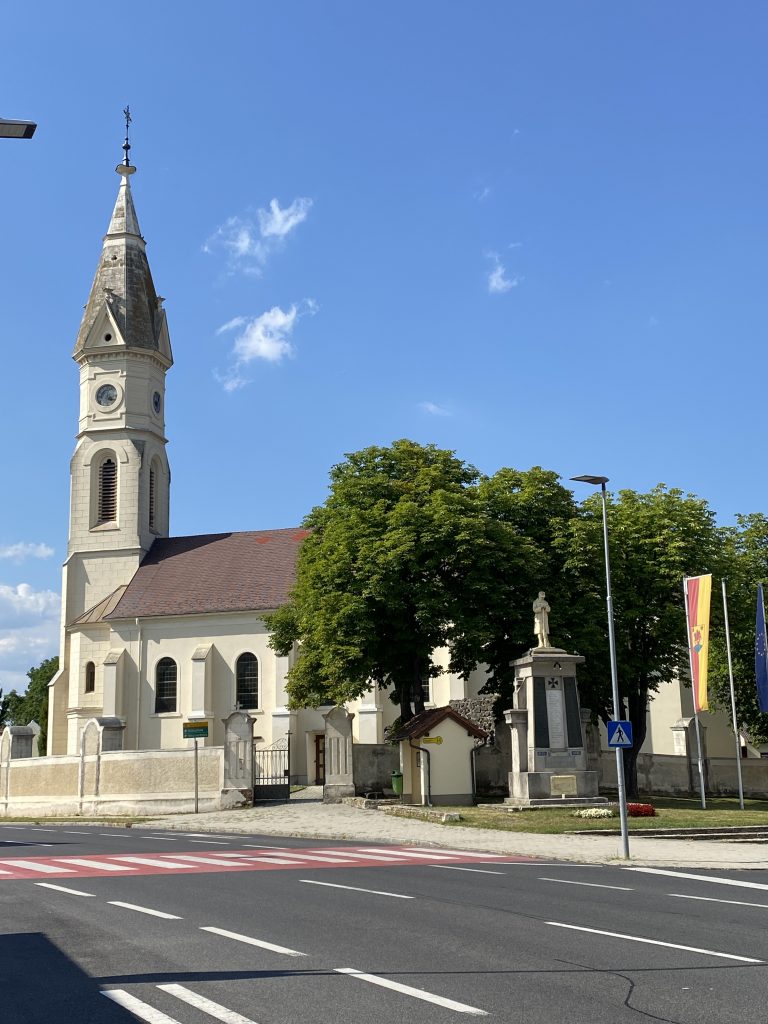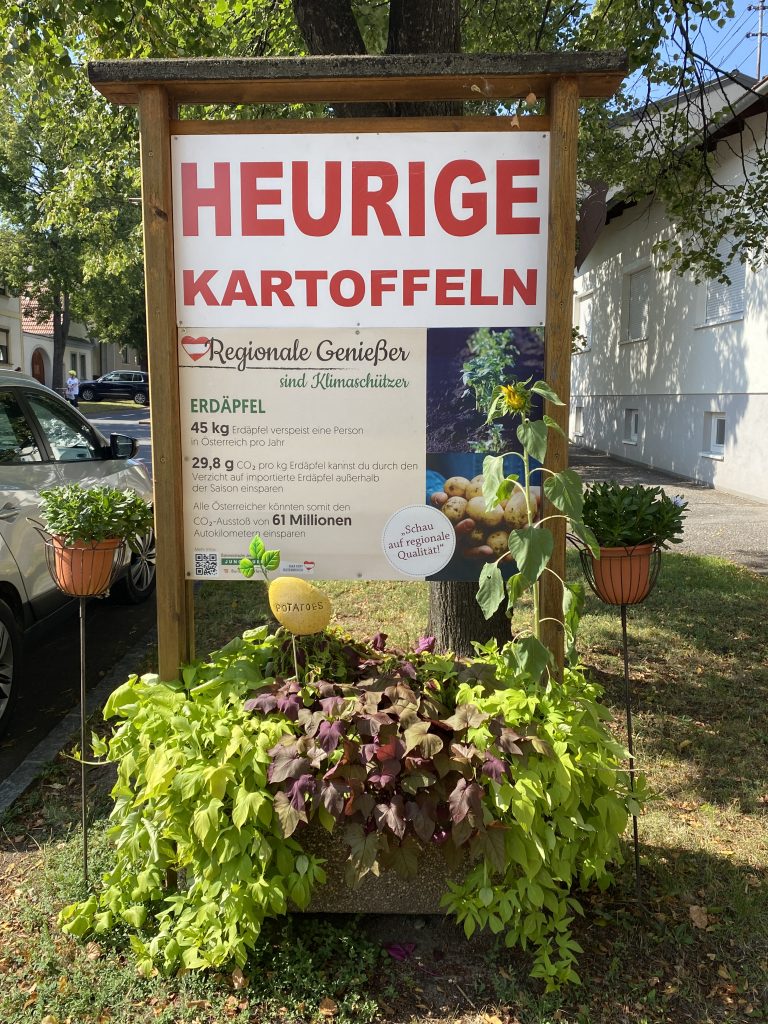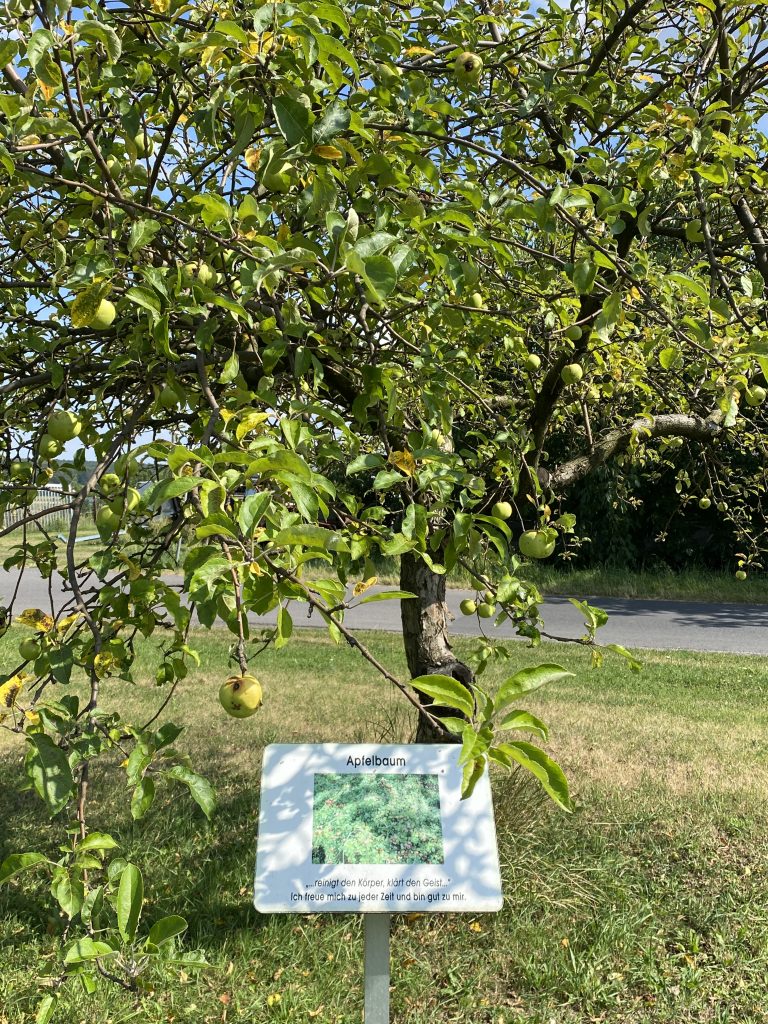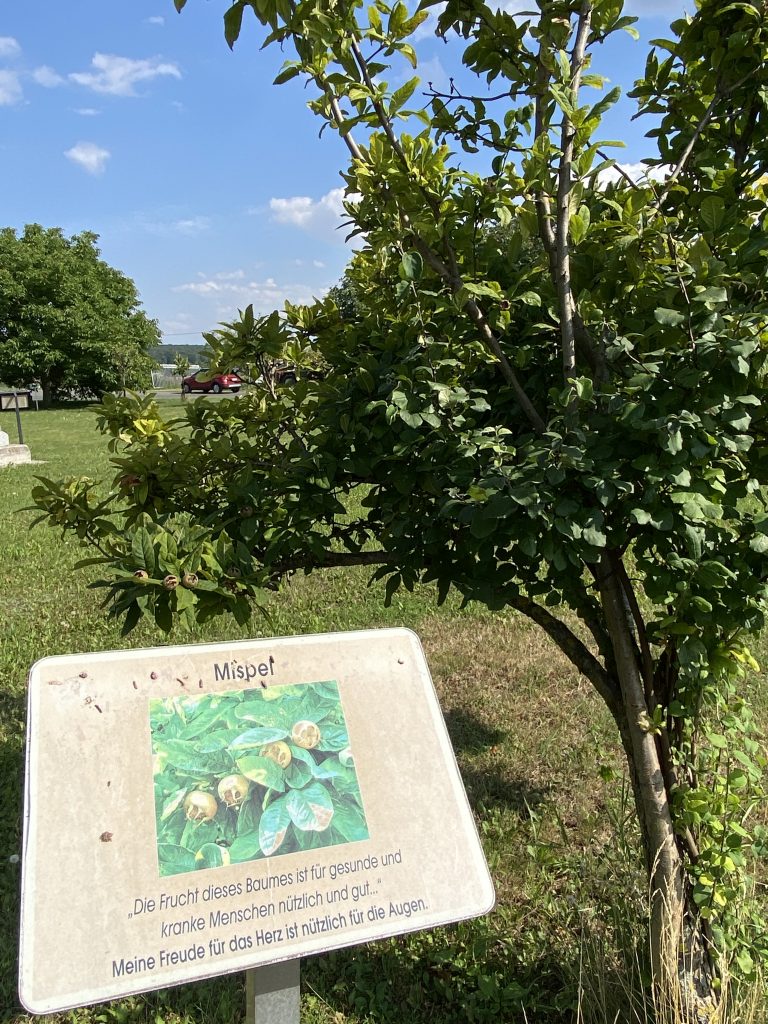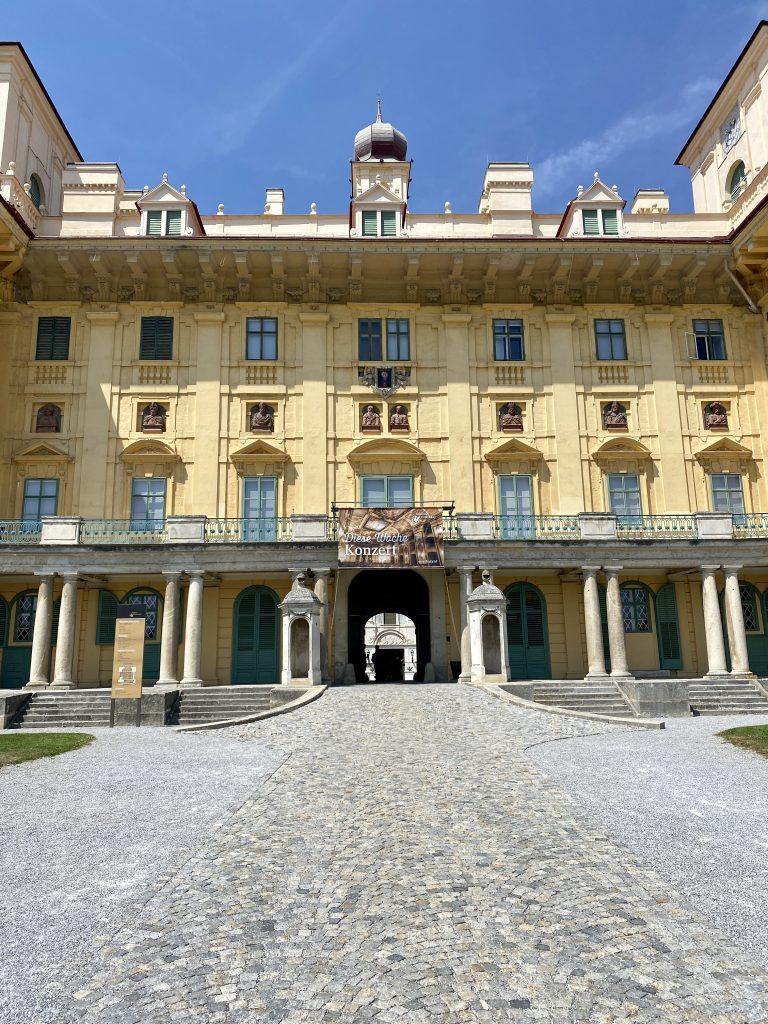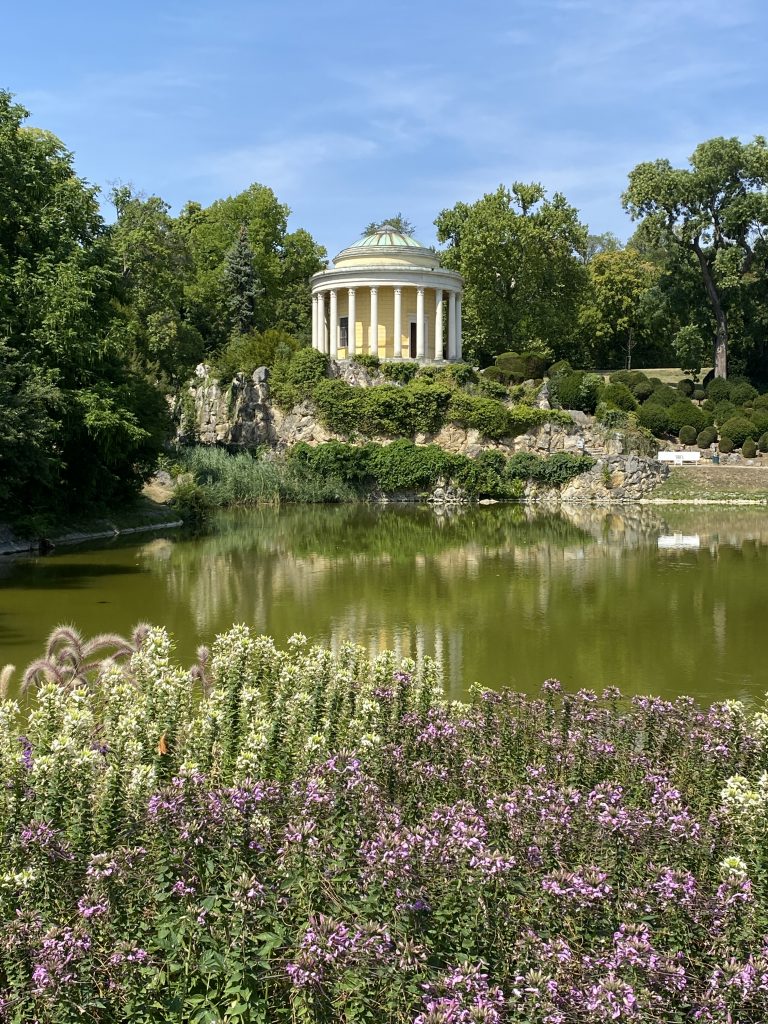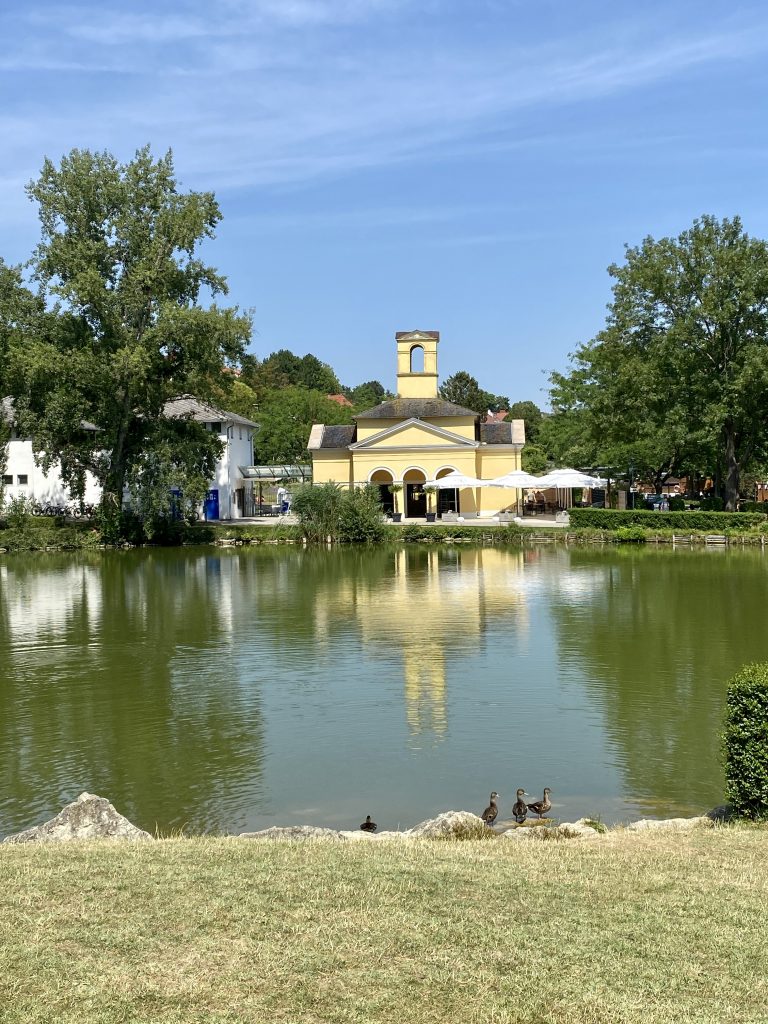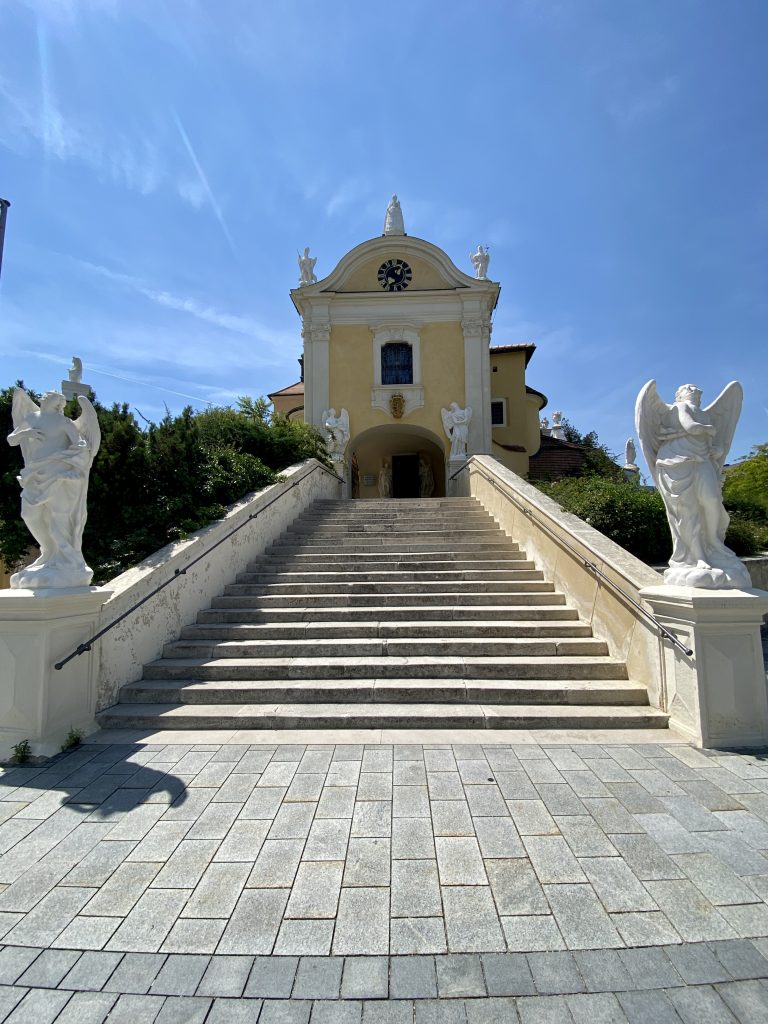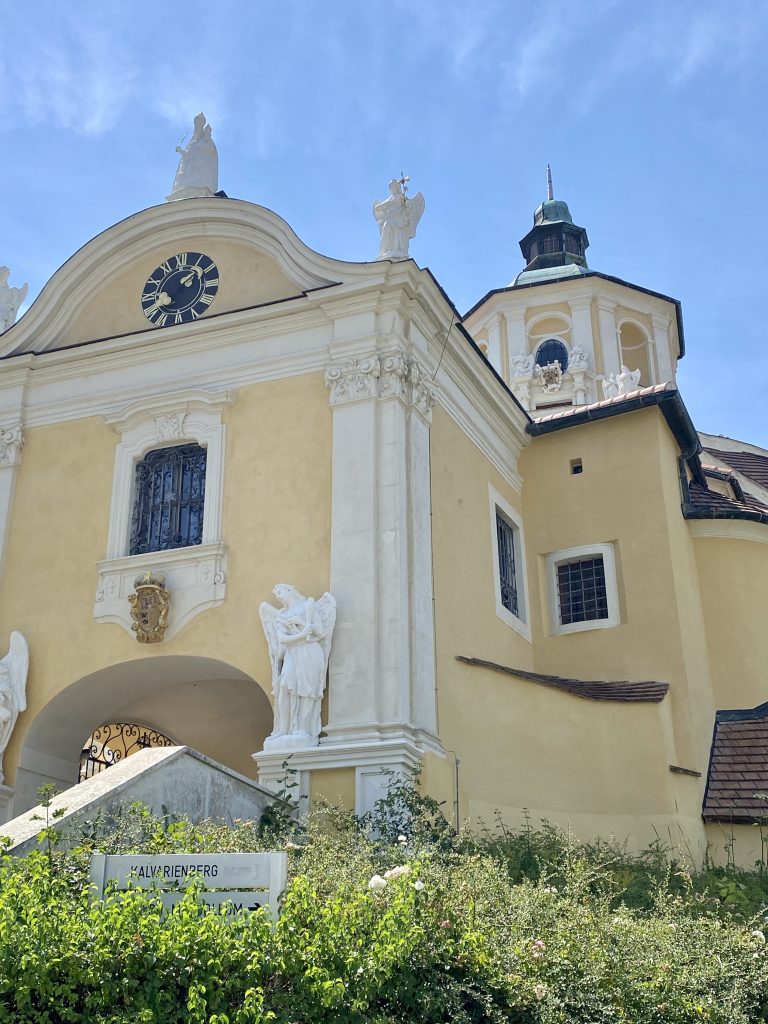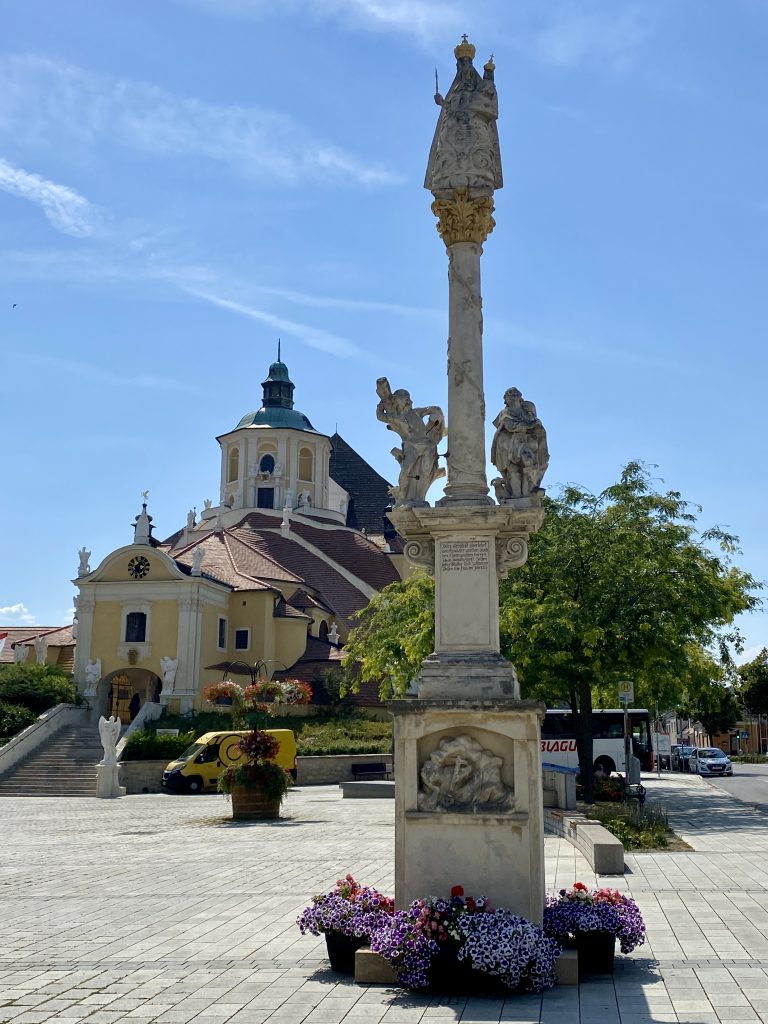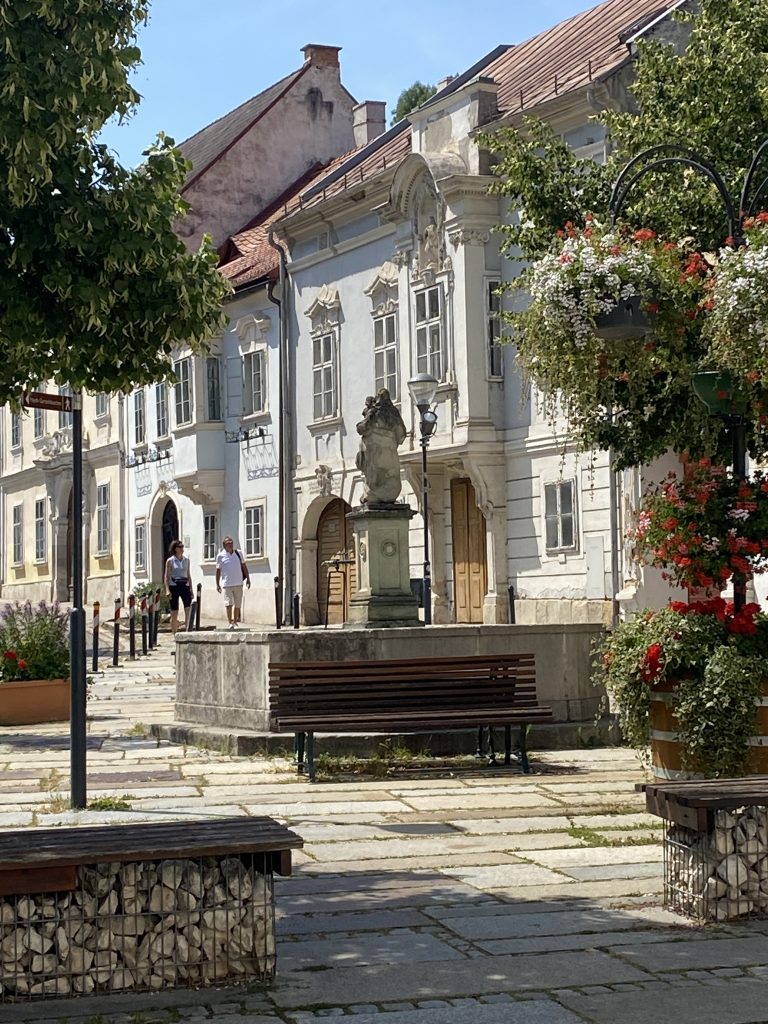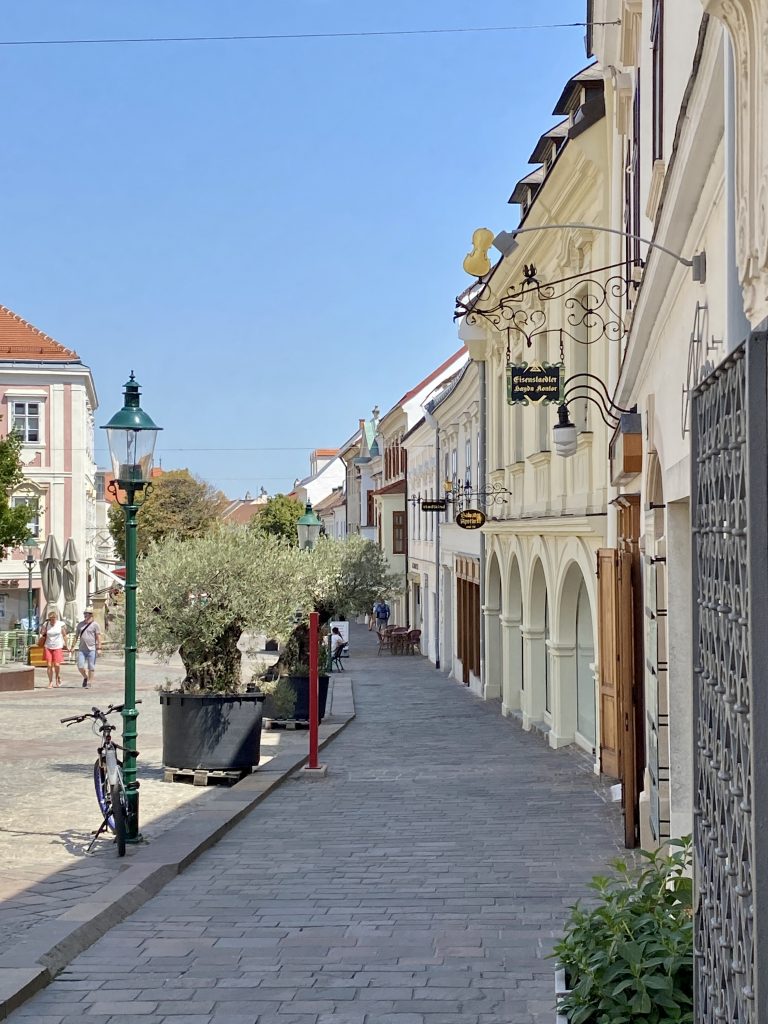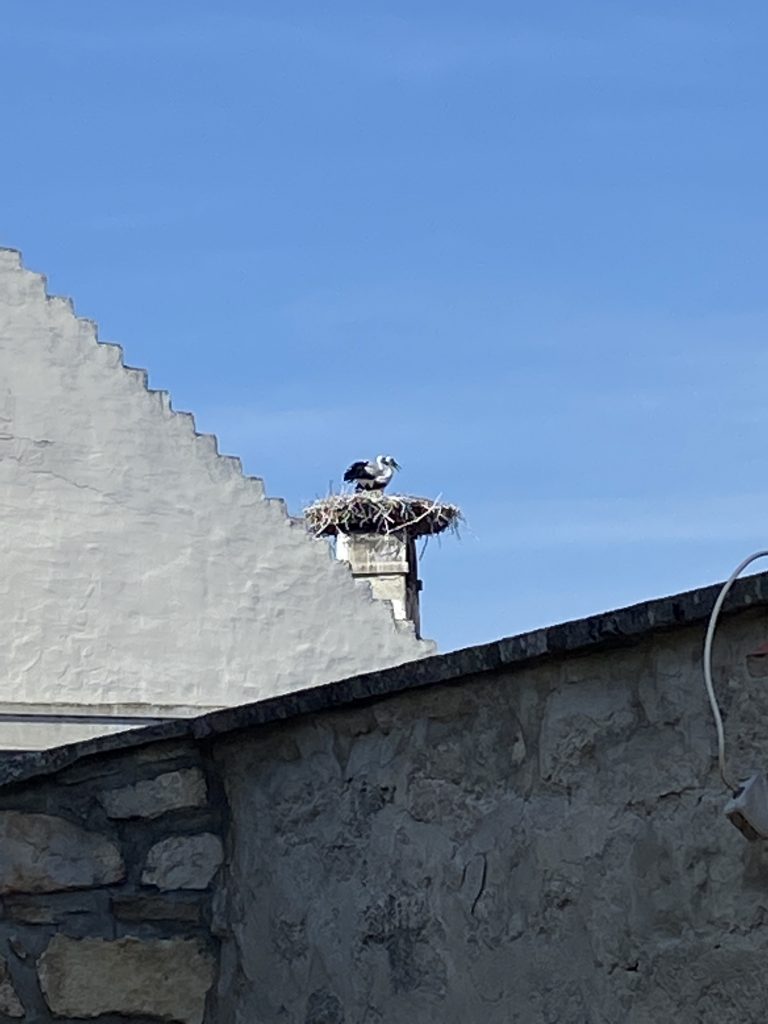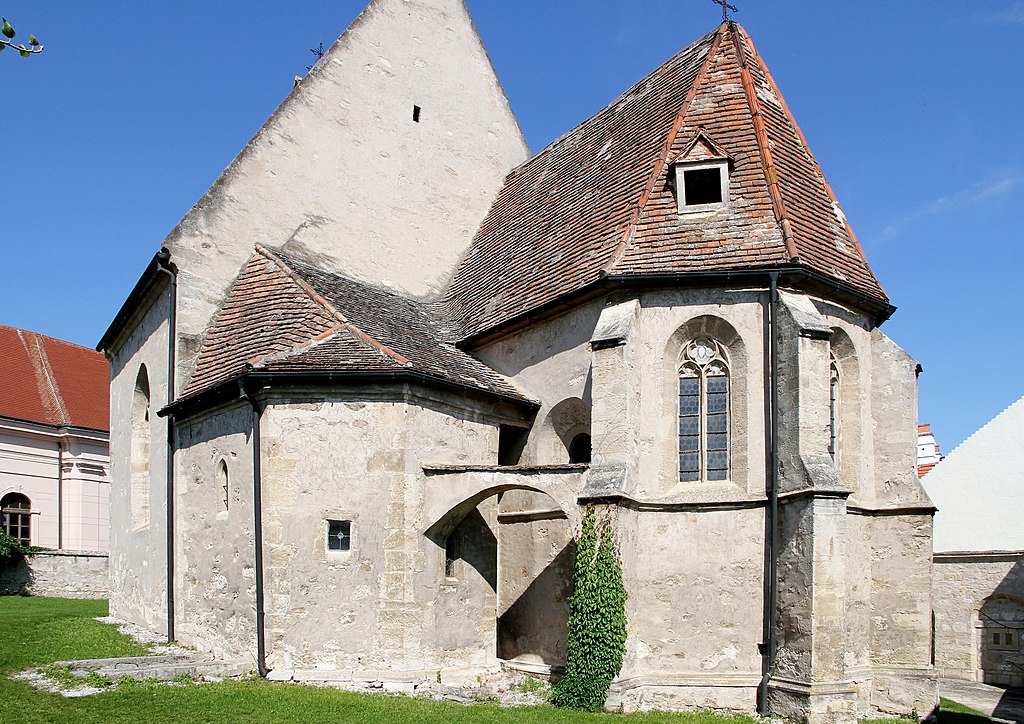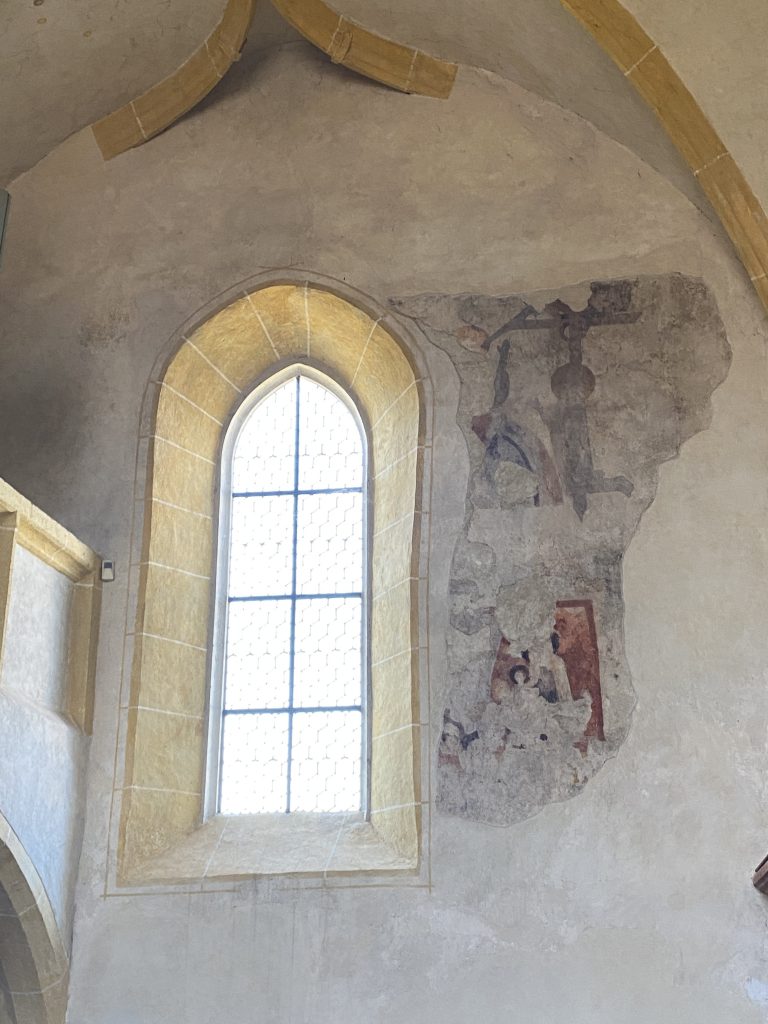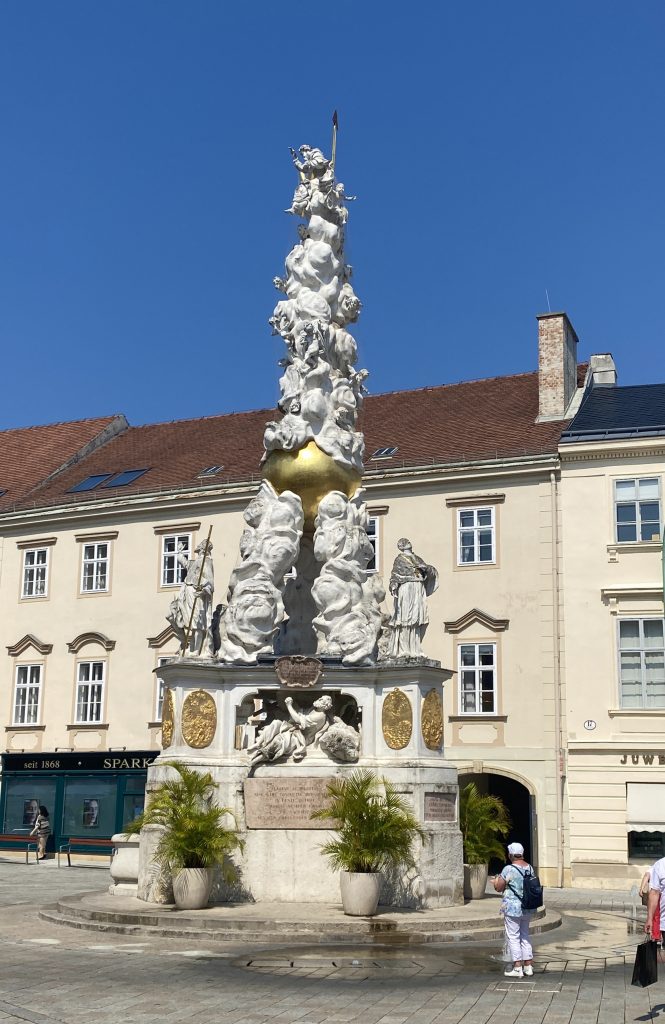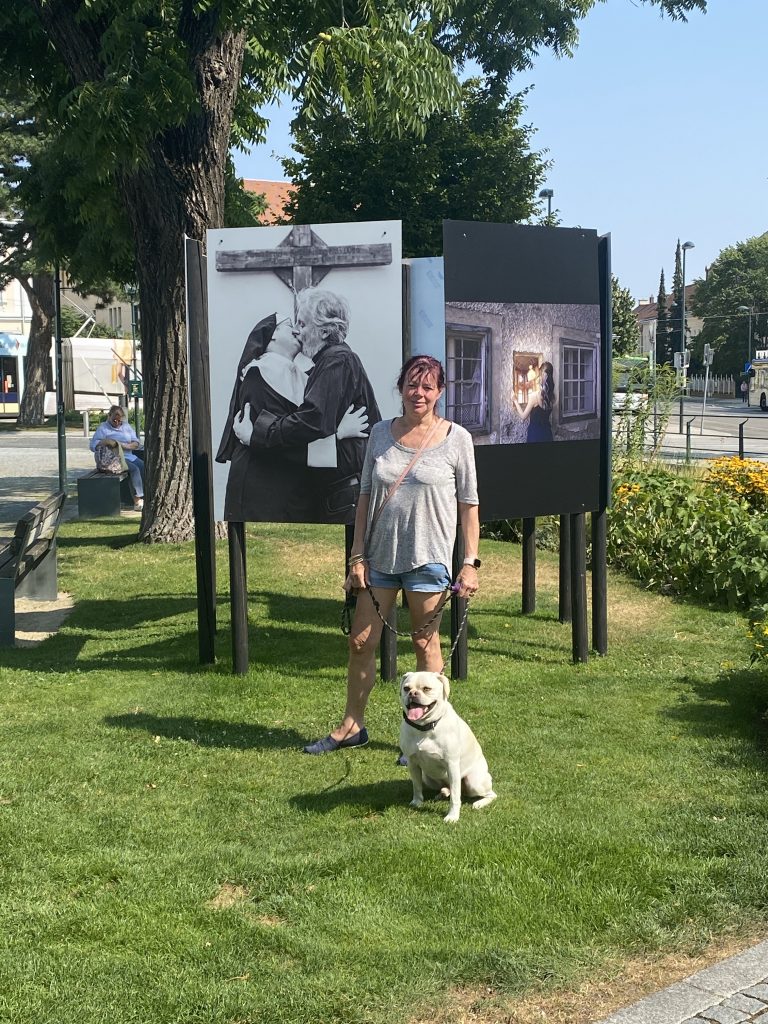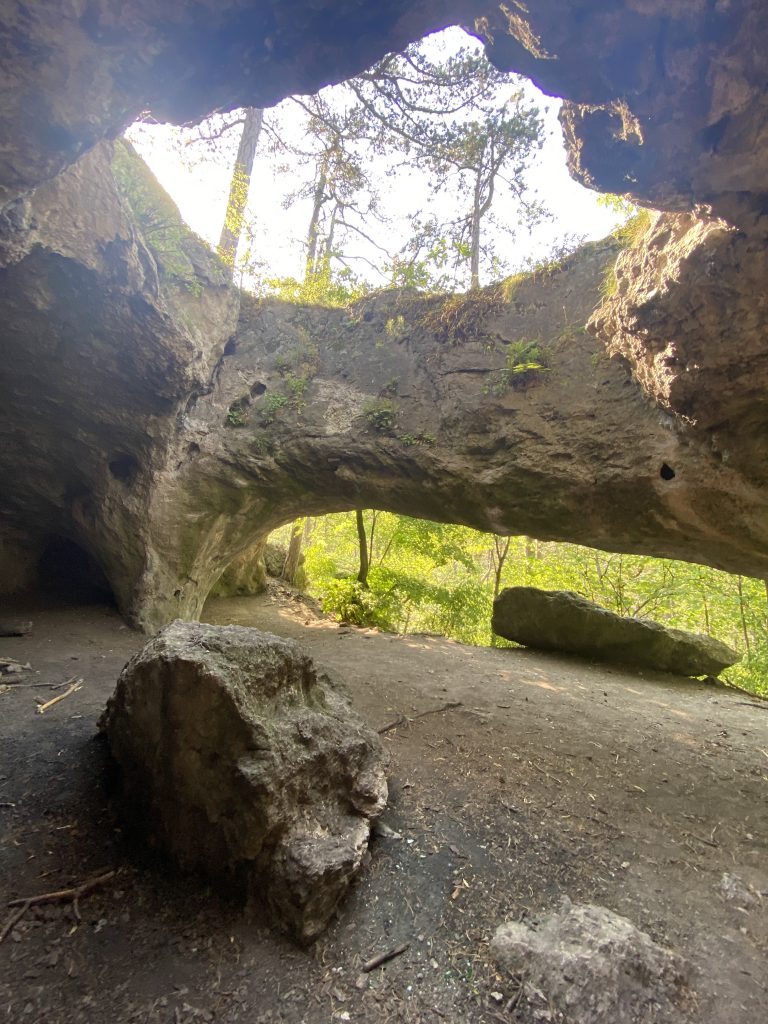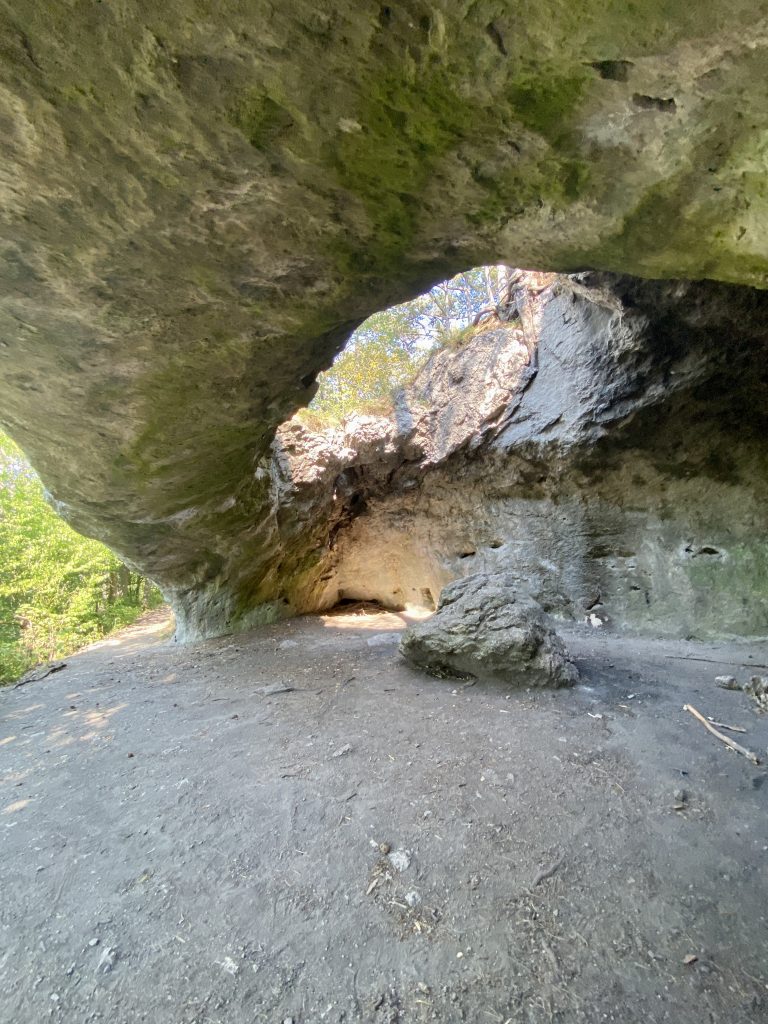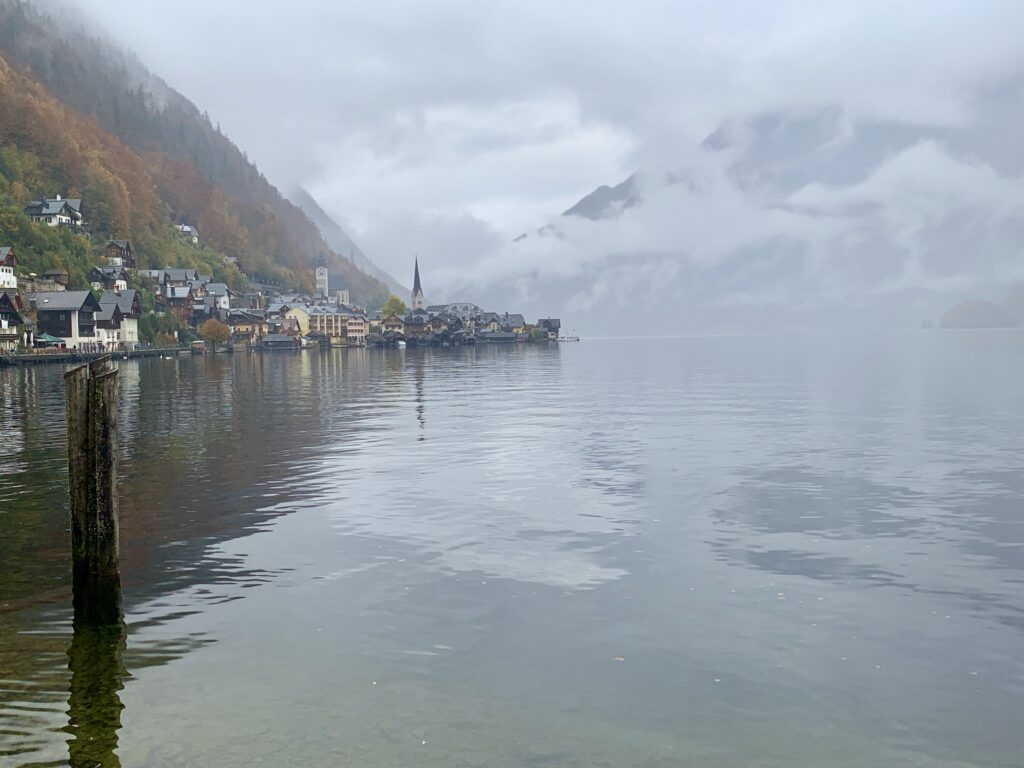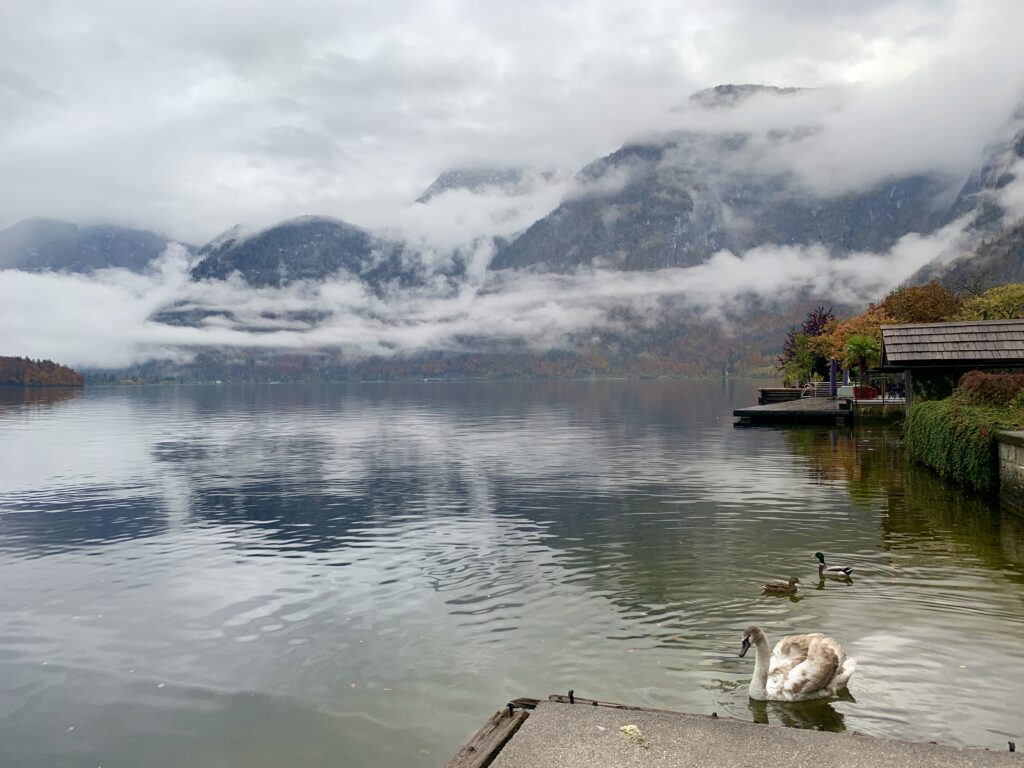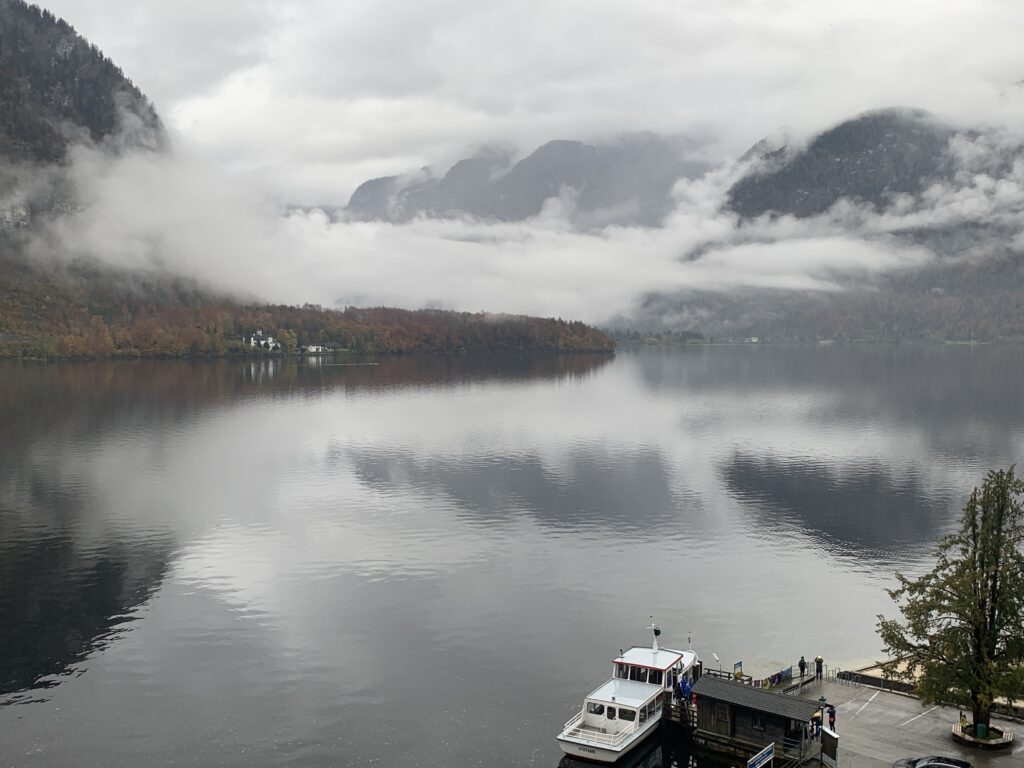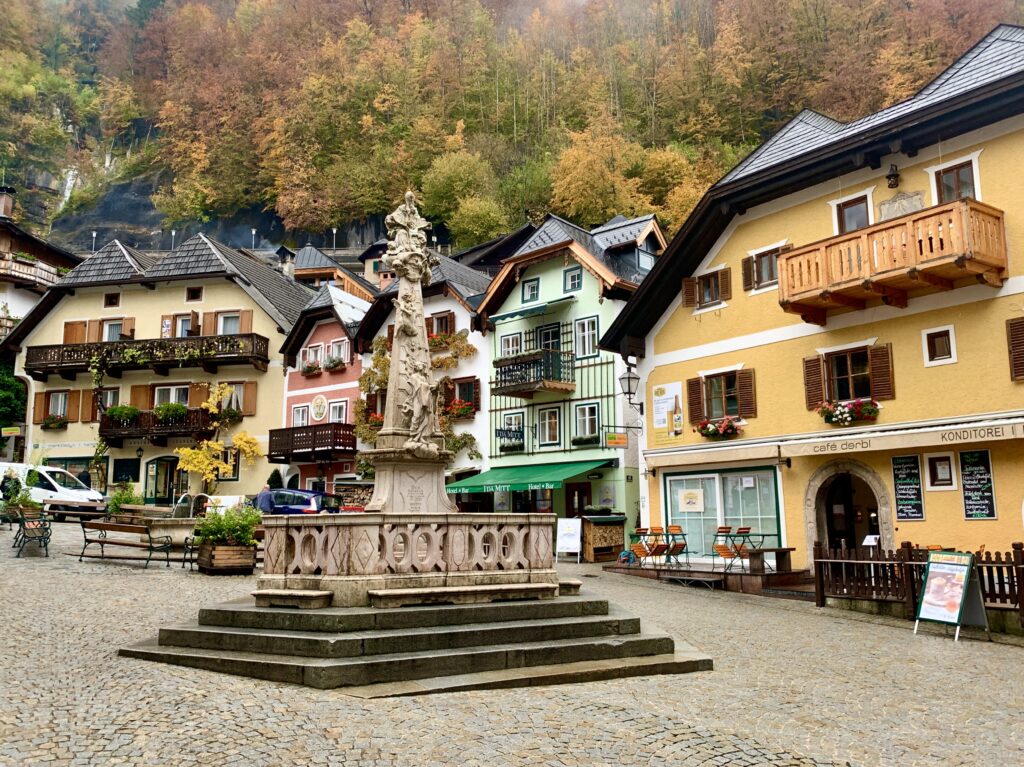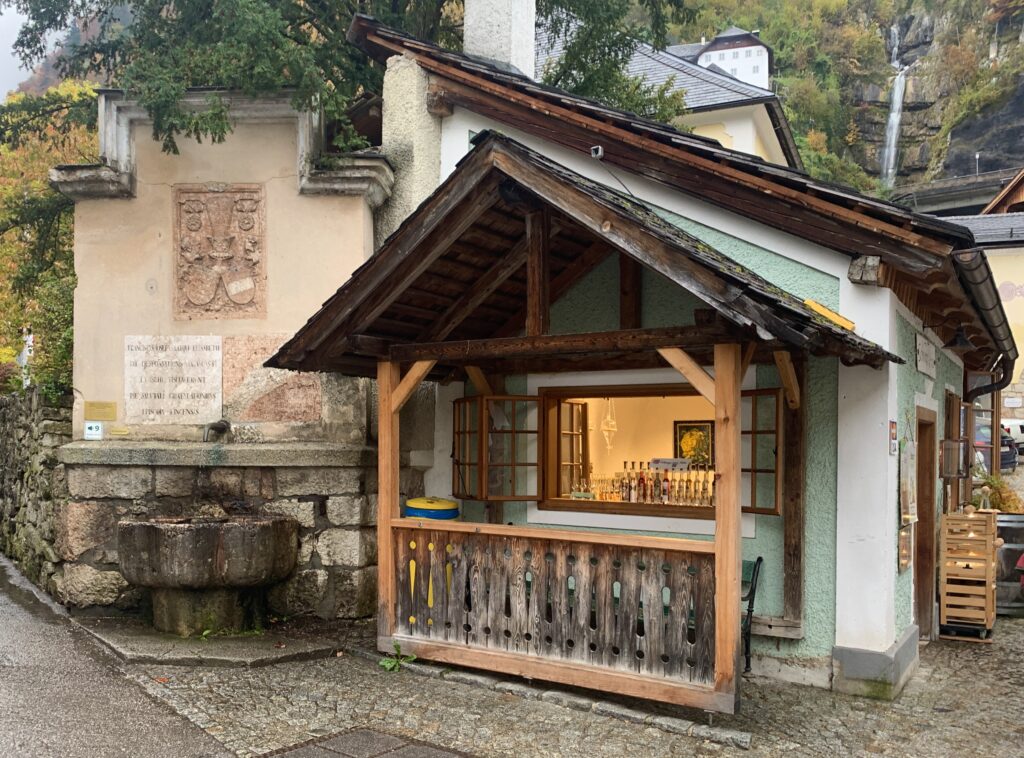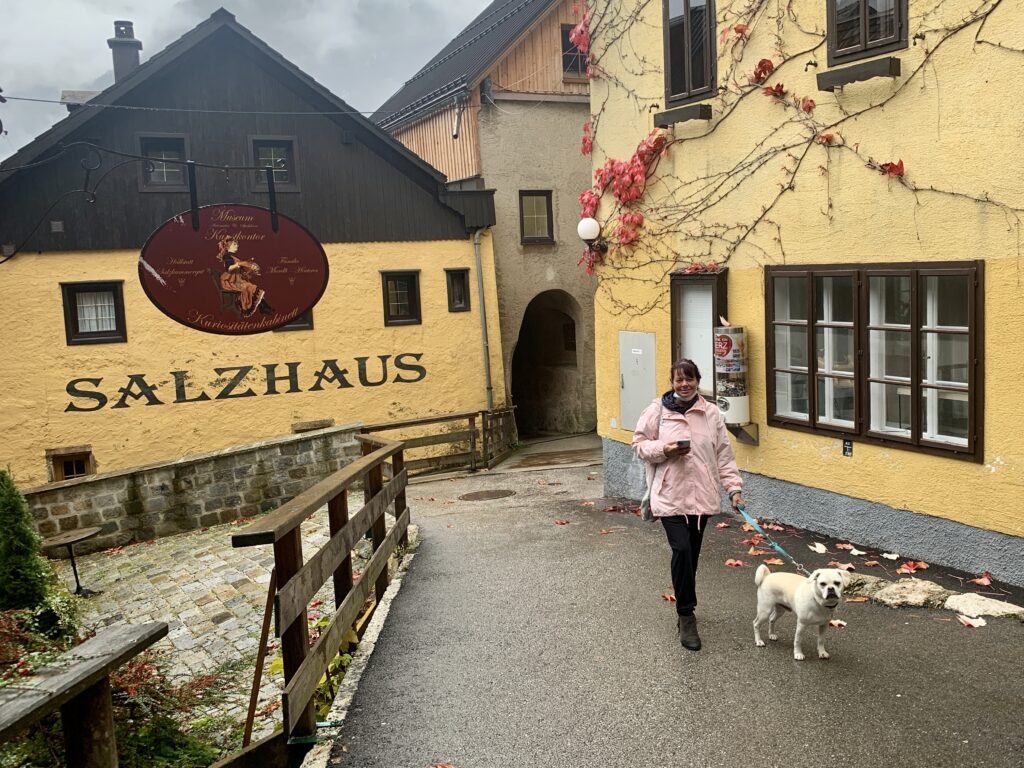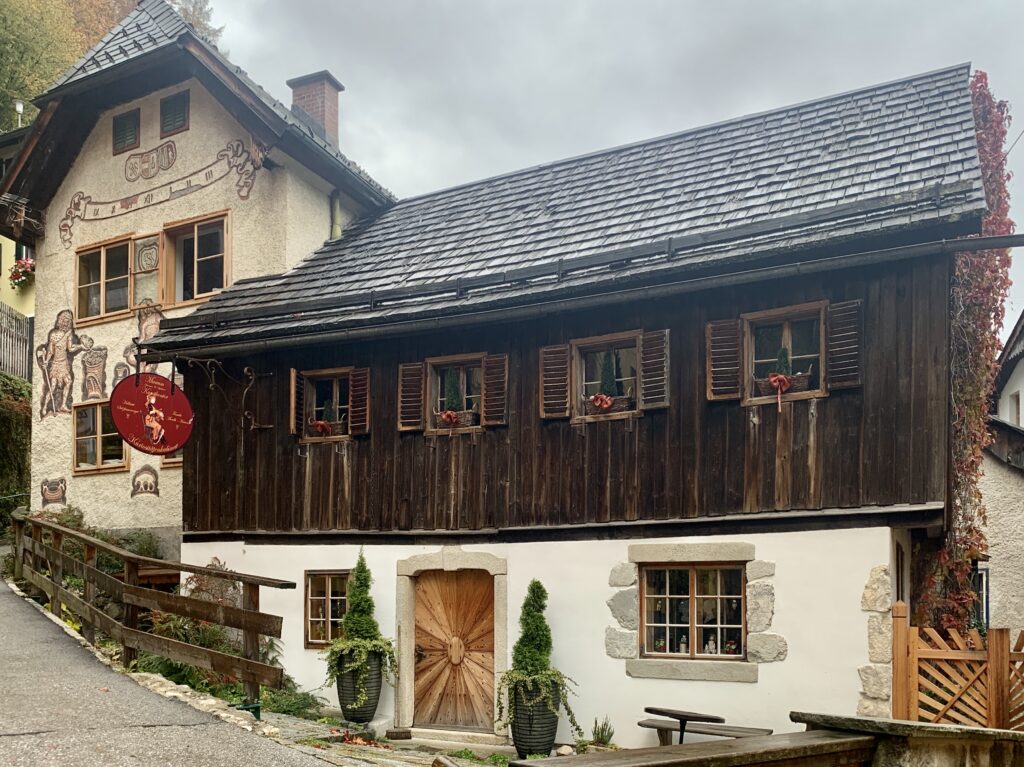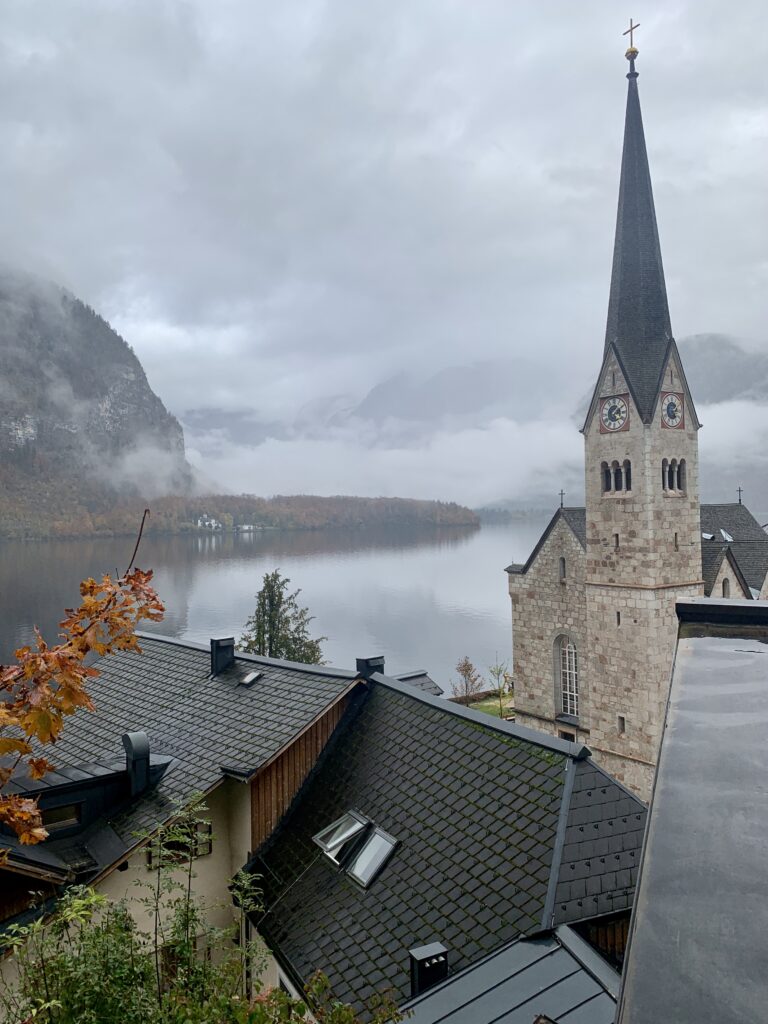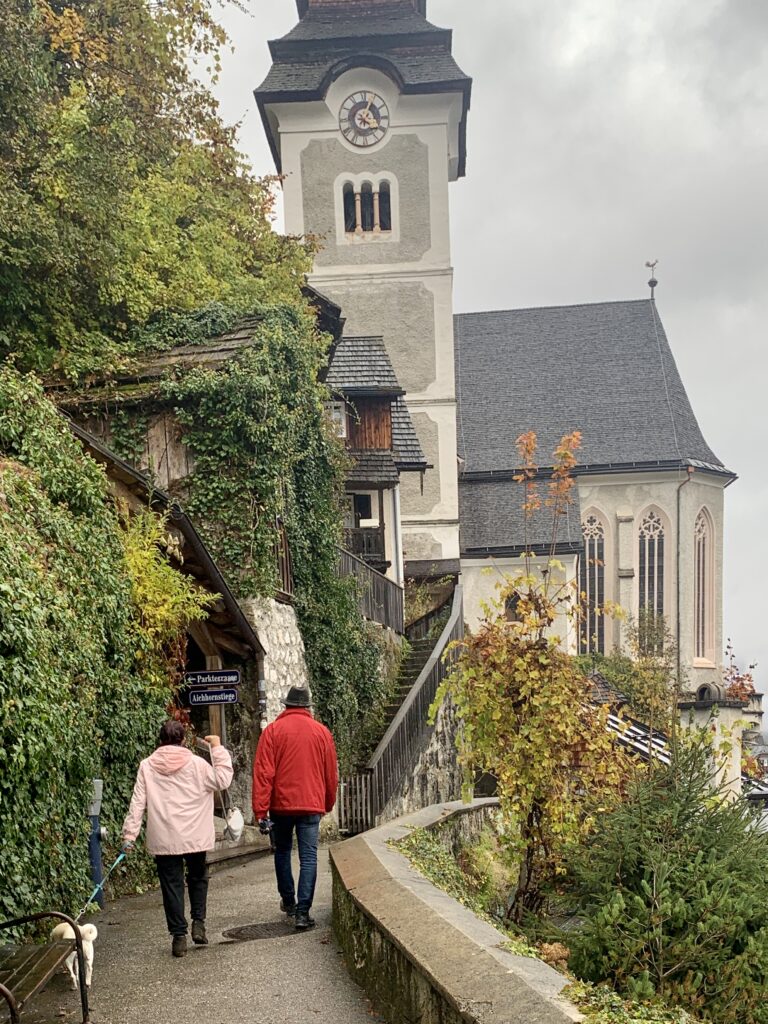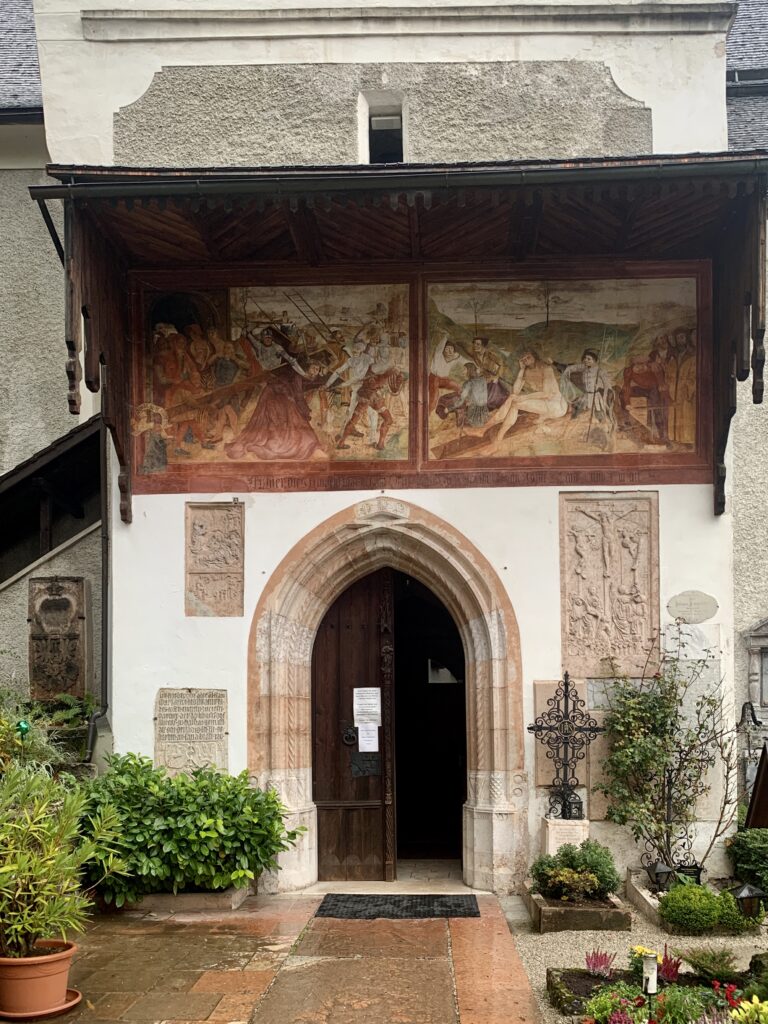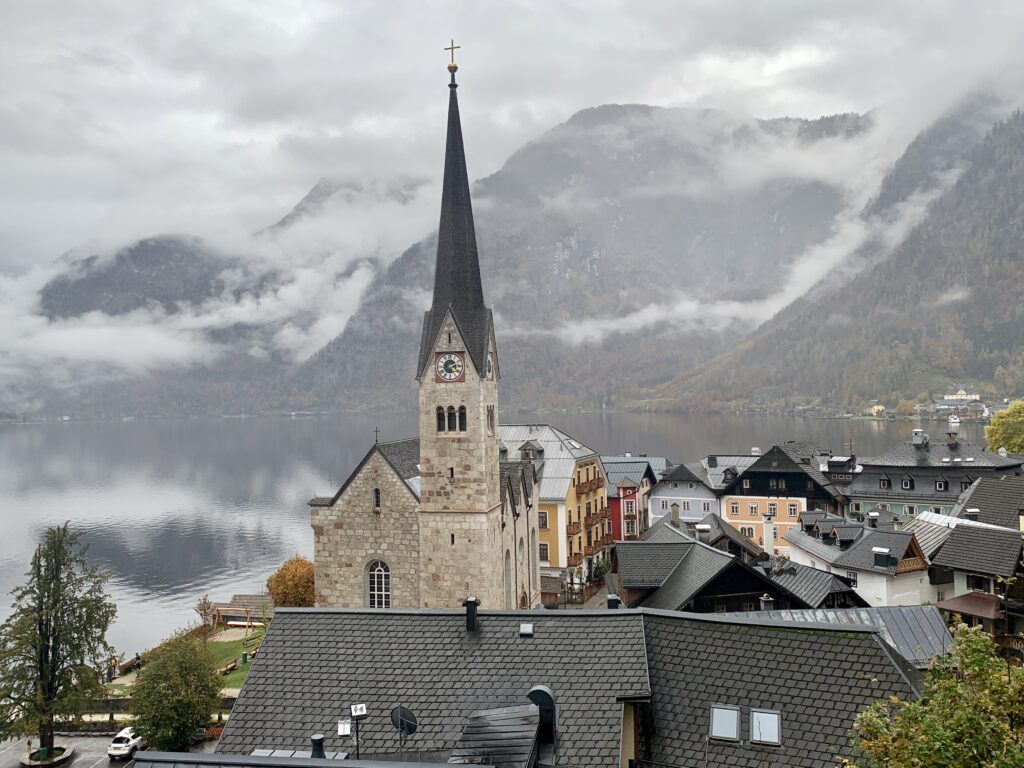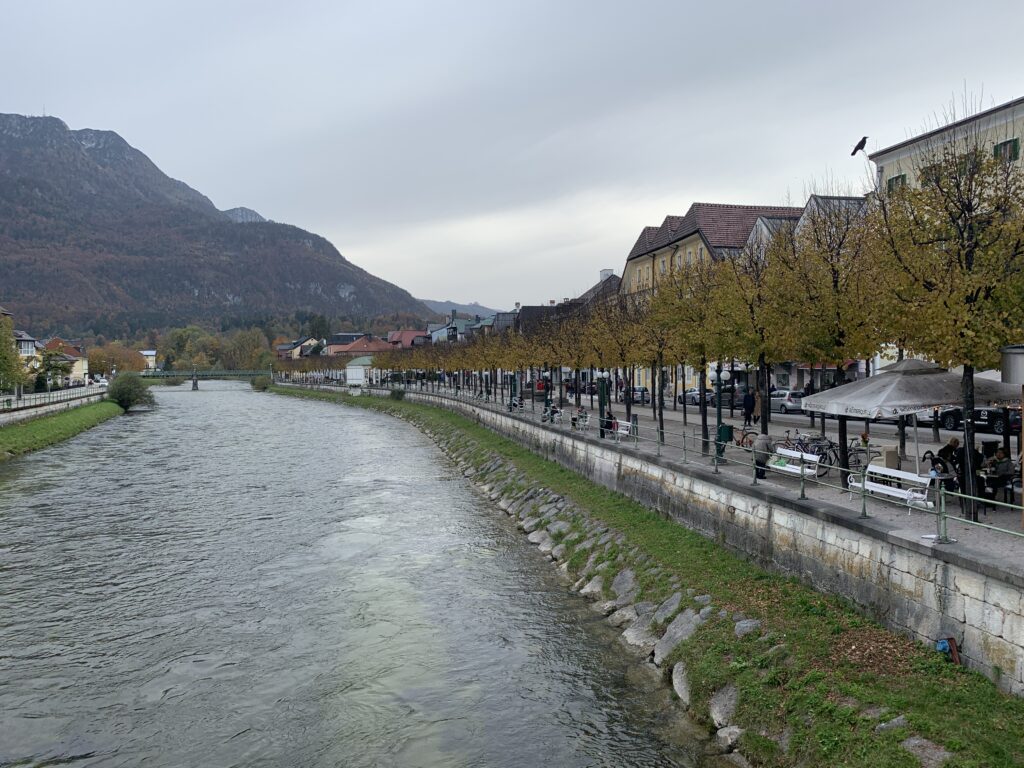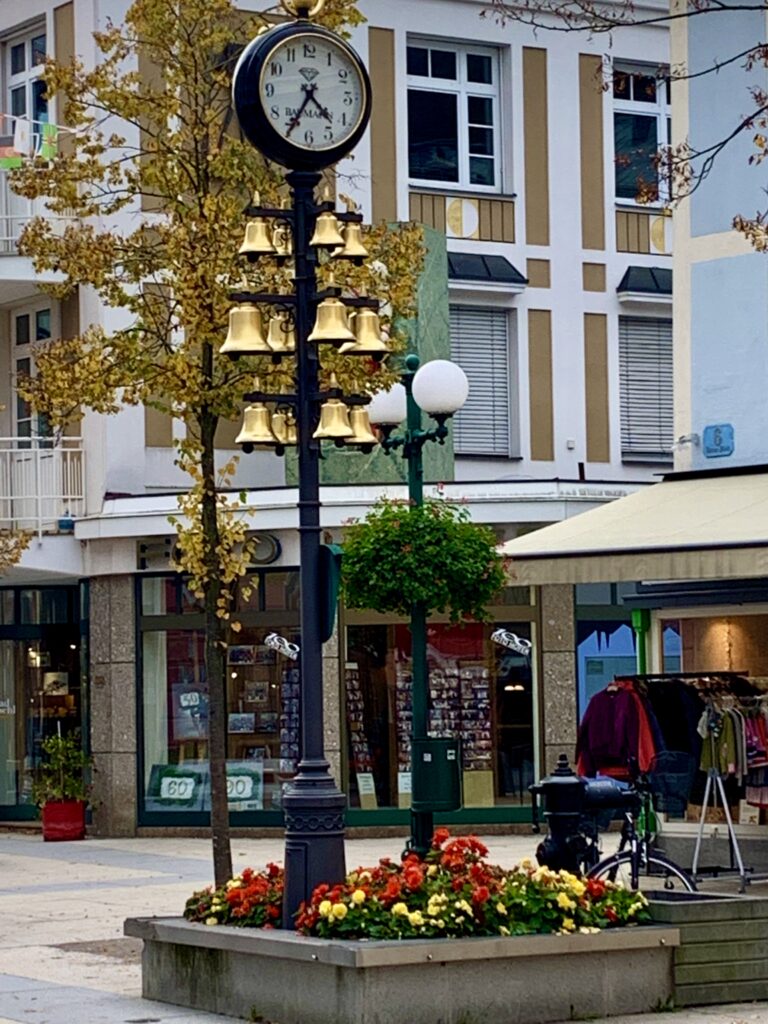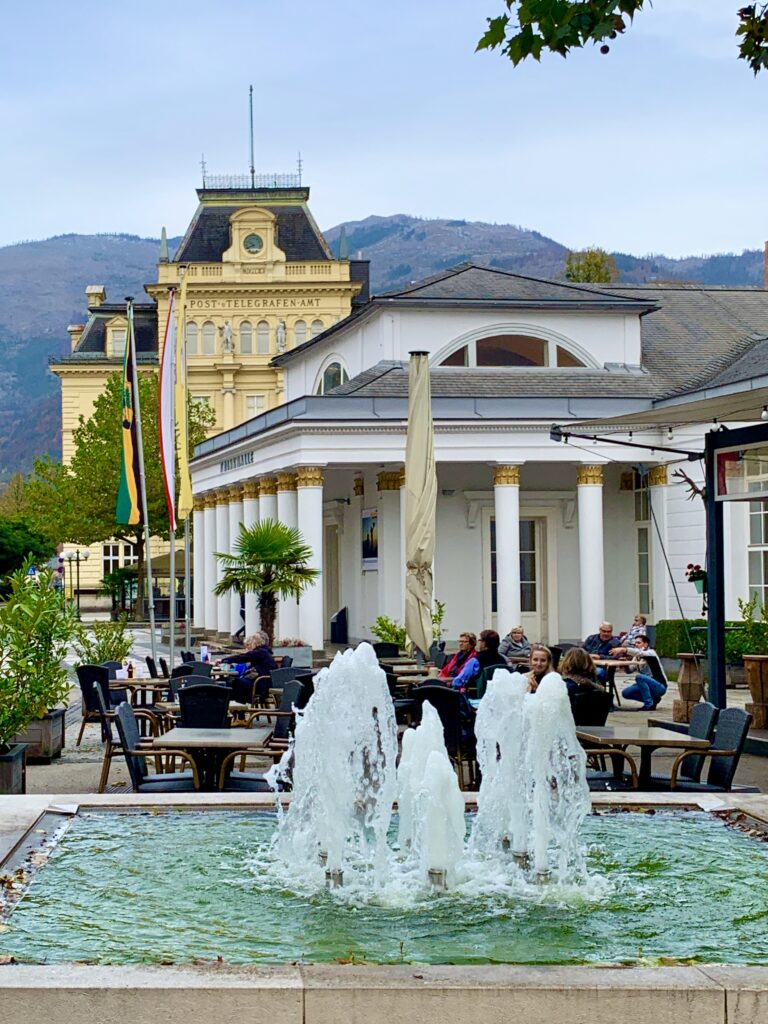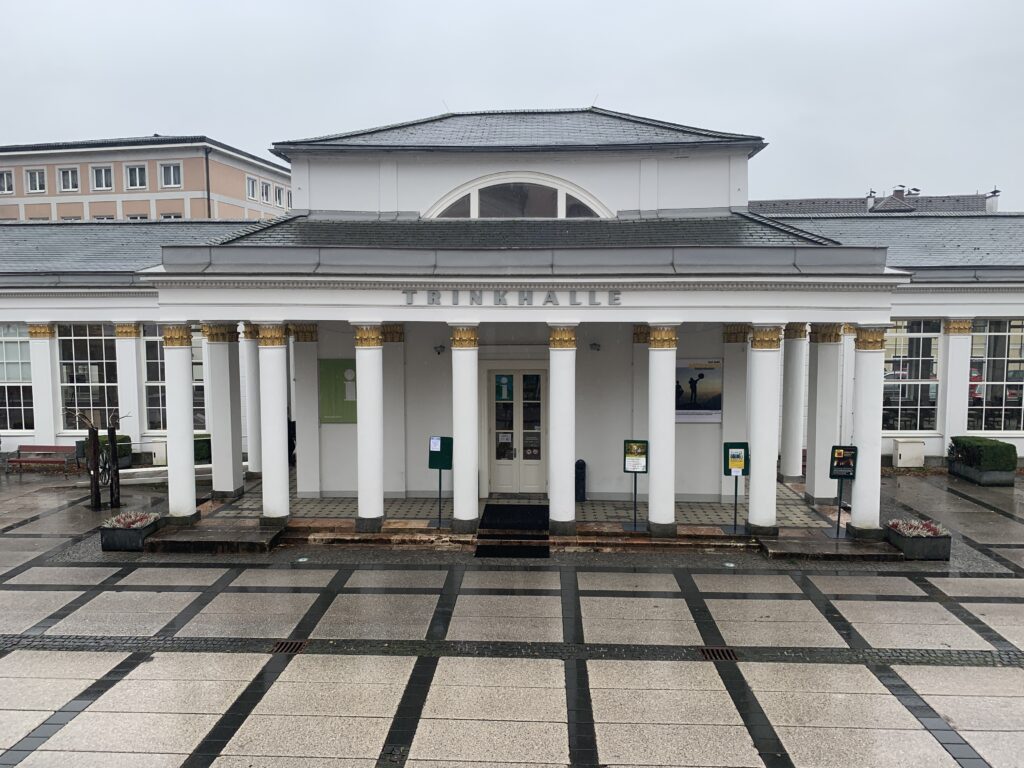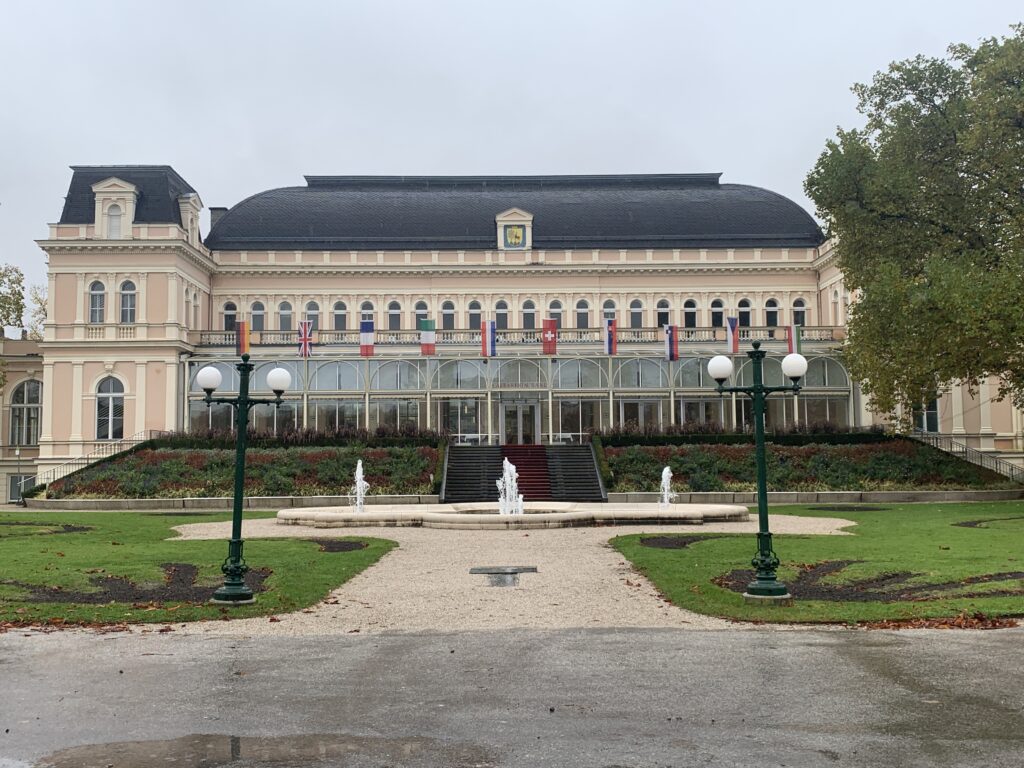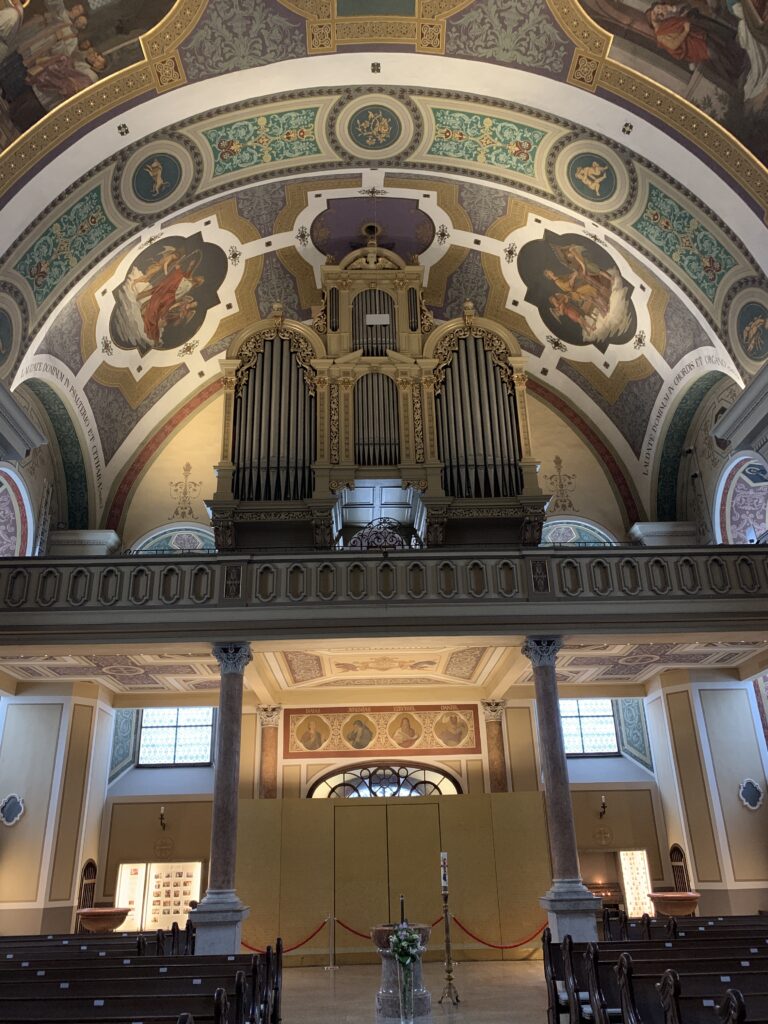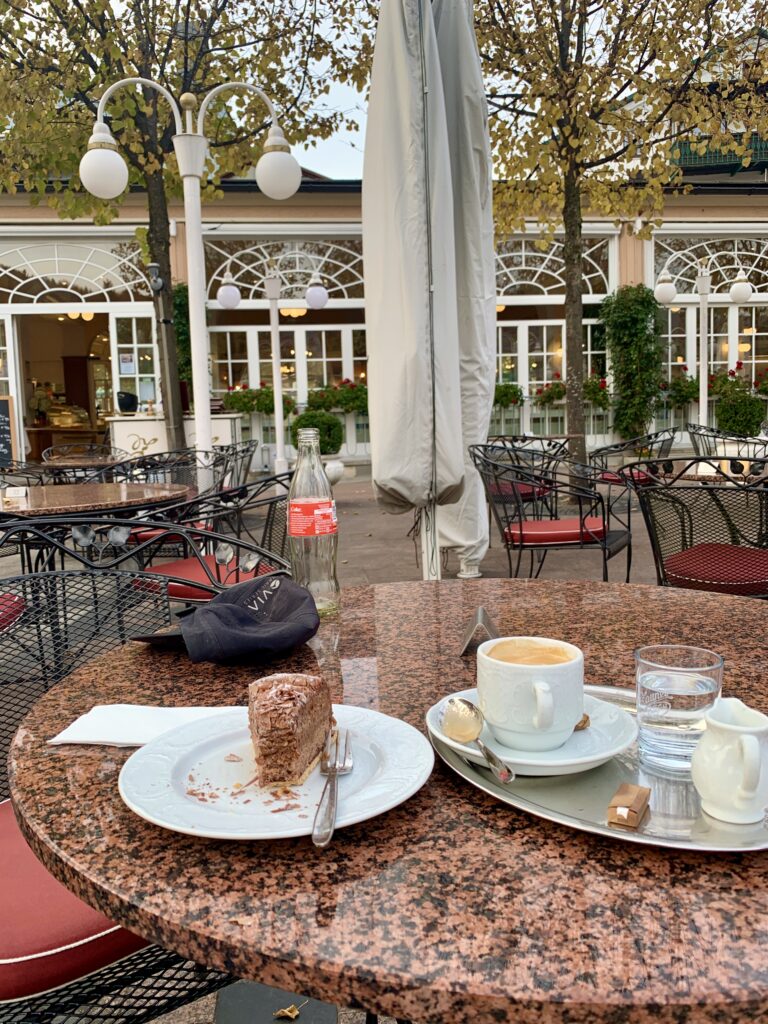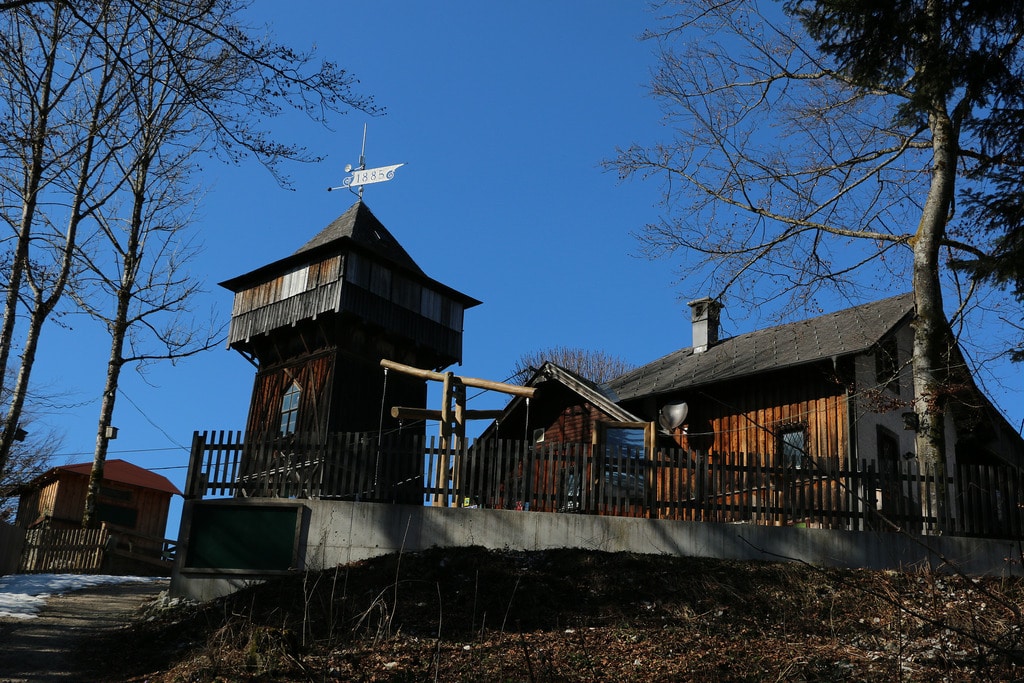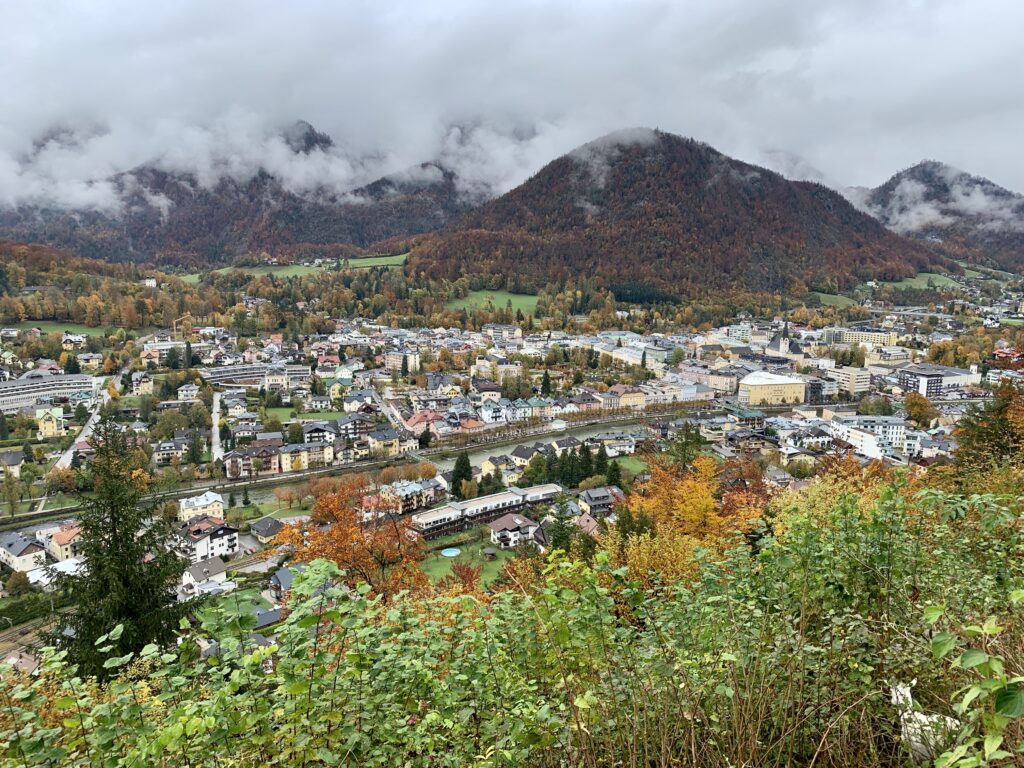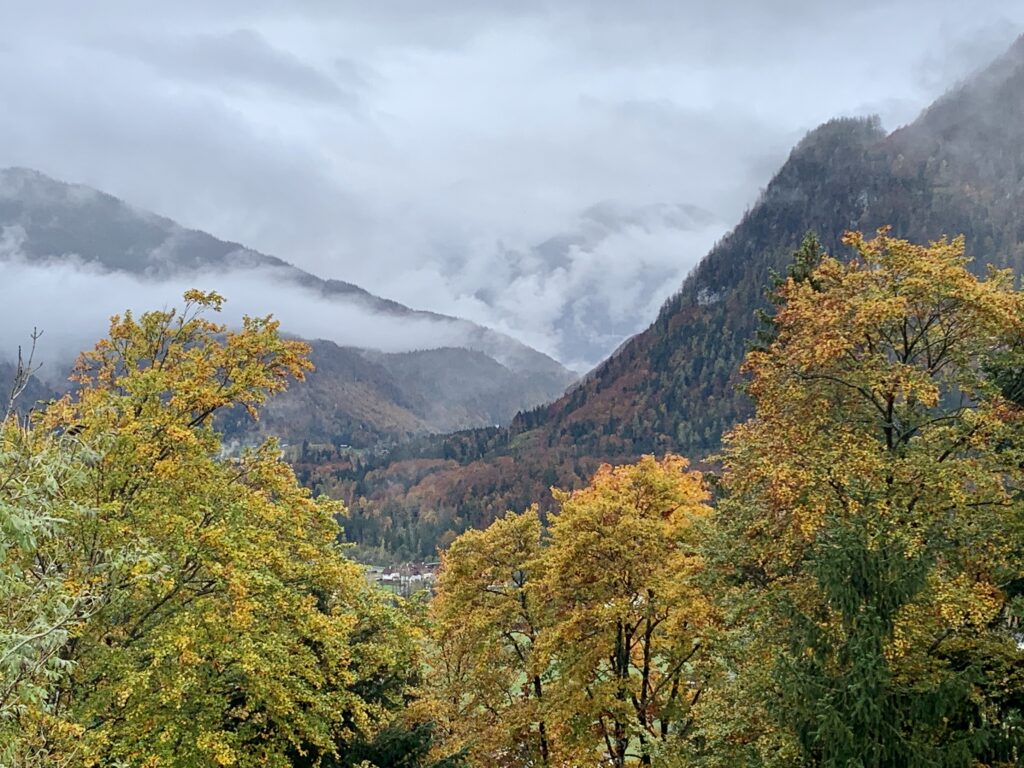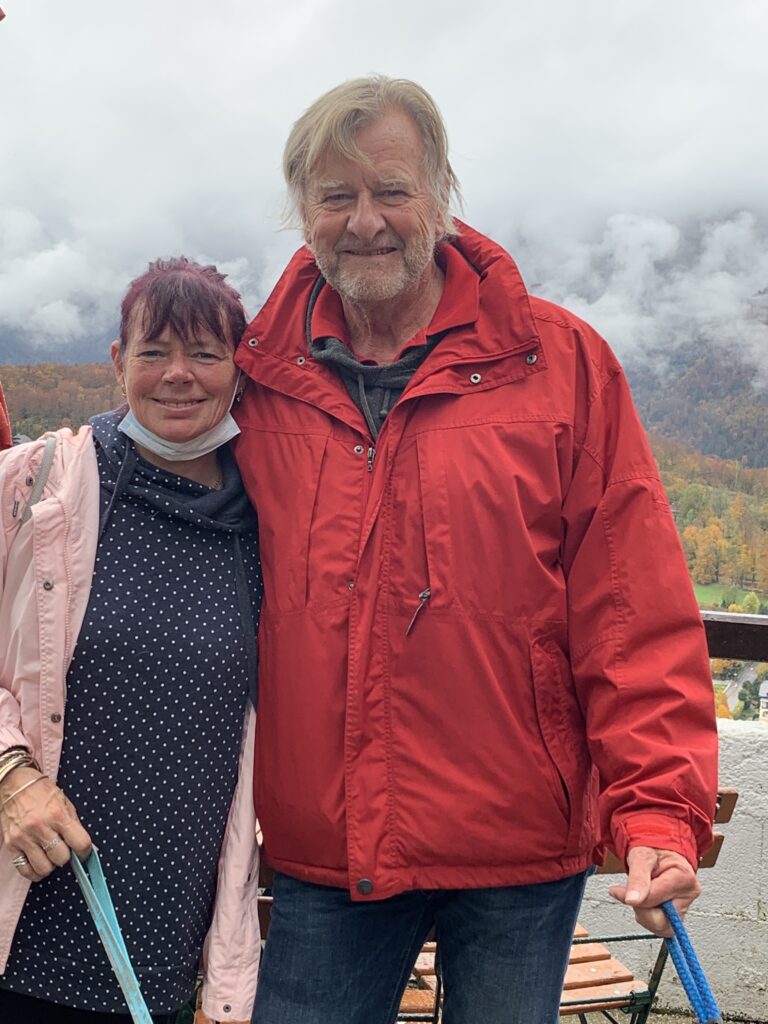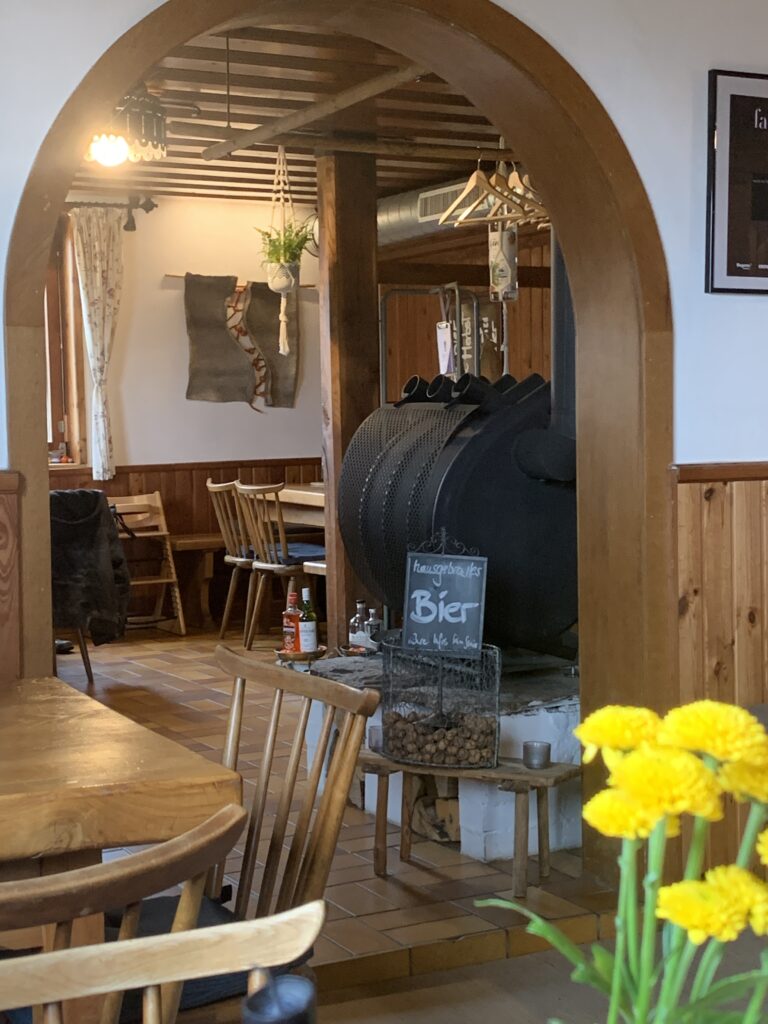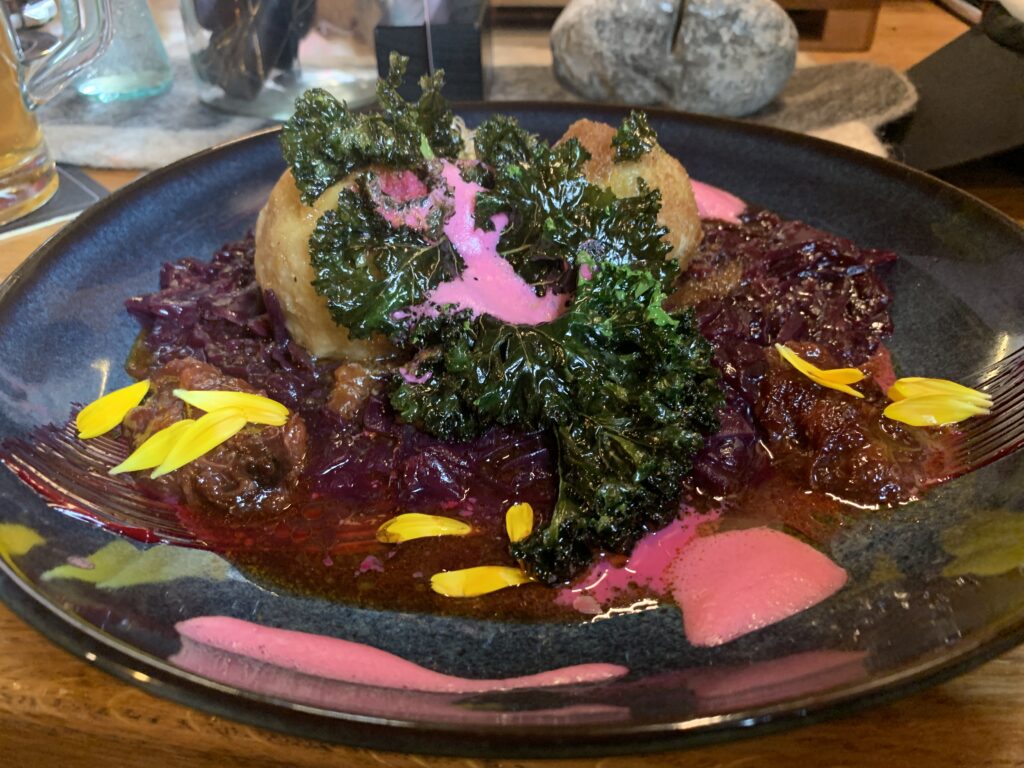We arrived in Loretto to meet with friends, Claire and Thomas, and would stay three or four days; visiting Loretto, the nearby city of Rust (we were there a couple of years ago) and Trausdorf an der Walke during that time.
The first day, however, was simply about chilling with our friends in the garden over one of the best barbecues ever – Dorade (Sea Bream), Sardines & Prawns were on the menu. And the drinks? We went through a bottle of Deveaux Champagne we’d bought in France, numerous glasses of the local (Burgenland) Chardonnay, a couple of really great Margaritas made by our host and half a bottle of a Single Malt Laphraoig.


Loretto is a tiny market town with fewer than 500 residents. It was elevated to town status in 1991 which, surely makes it the smallest market town in Austria and yet; it’s Basilica, the Basilika Maria Loretto, attracts 100,000 pilgrims every year and at least 20,000 on one day in August (Assumption Day). Imagine trying to park your car in the town on that day. The Basilica grew from a simple chapel in 1659 to become a Servite Monastery and thereafter a Papal Basilica. The monks departed years ago but they left their cherry orchard intact and we spent much of our second day in Loretto first wandering the Basilica and then collecting cherries from the large orchard.
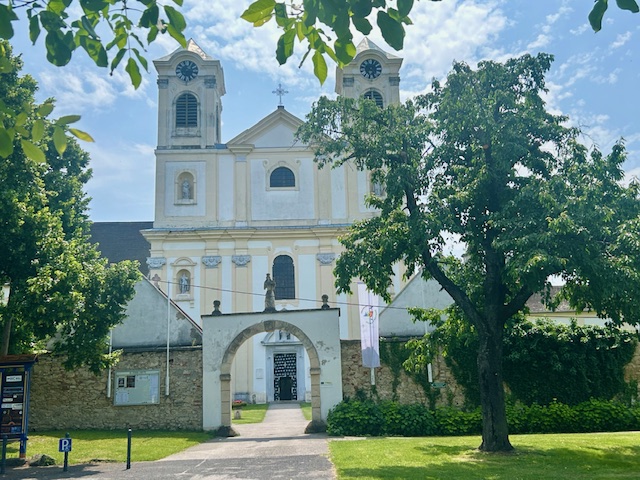


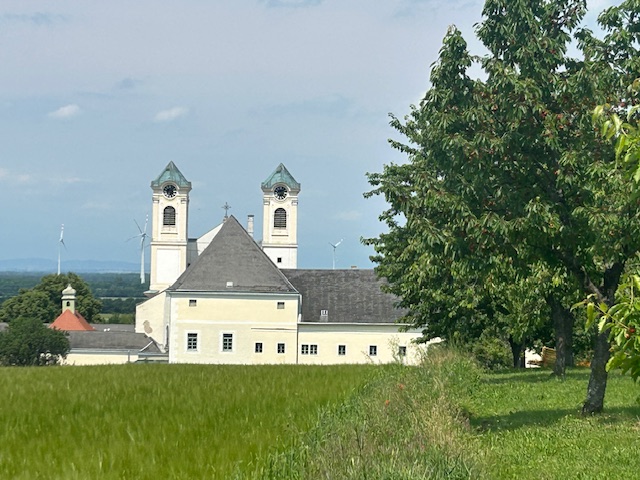
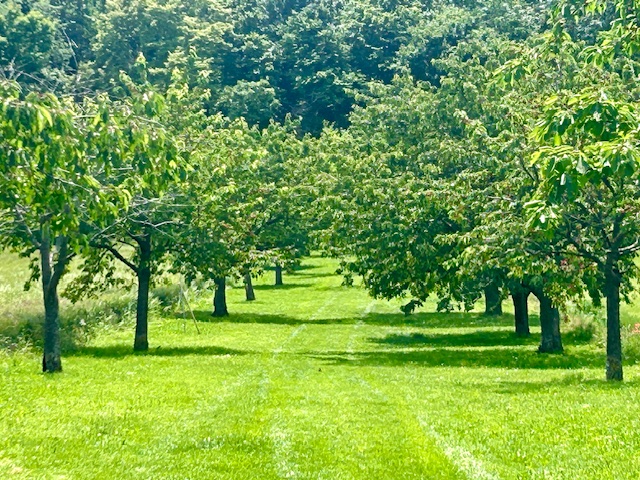
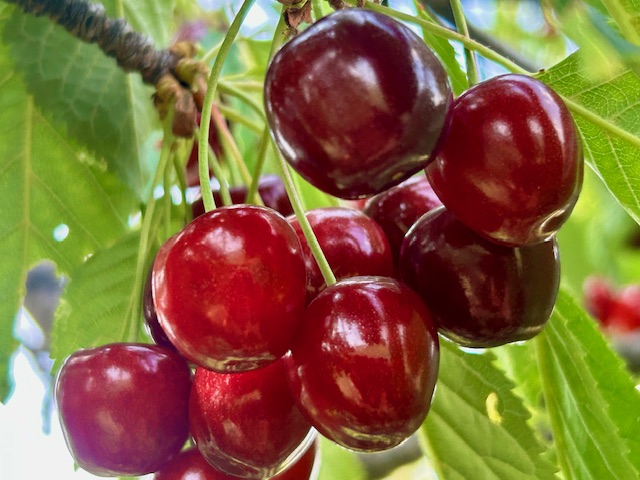
Just a little history about the church – The 1659 chapel was built soon after a miracle was recorded in Loretto. It seems the house of Mary (mother of Jesus) suddenly appeared in Loretto. I’m not convinced as to the veracity of that particular tale but the then Pope thought it true and; in 1997 Pope John Paul II awarded the church (the Church of the Immaculate Conception of Loretto to give it it’s full name) the title of ‘Papal Basilica Minor’. Whether you believe the supposed miracle or not, the interior of the Basilica is truly stunning and in the original church (around which the monastery was built) is a Black Madonna. I’ve only ever seen one of those before during our travels and I cannot recall precisely where (but I think it was somewhere in Spain).
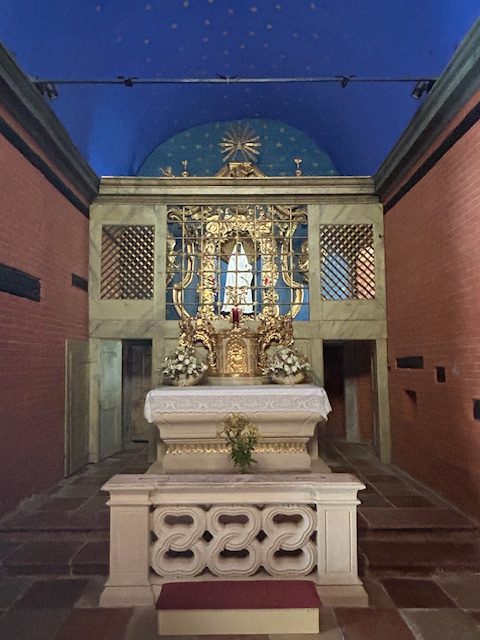
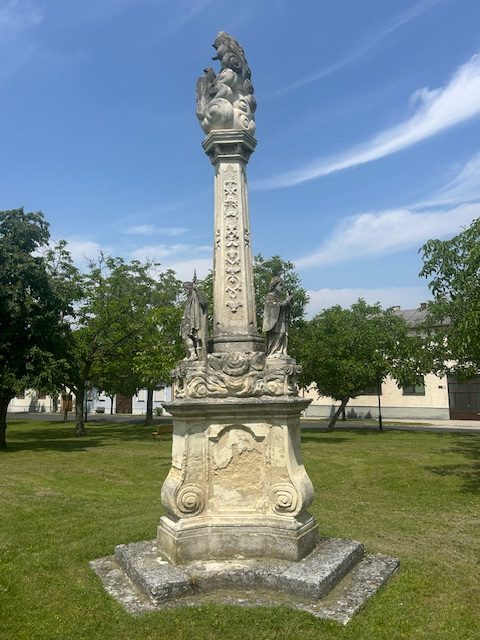
Except for the Basilica, there’s little else to Loretto. It has a Heurige (a wine tavern), the Gasthof Graf (a local pub) and a bakery but that’s pretty much it except that it sits at the heart of the beautiful Austrian Province of Burgenland.
In case you are unaware, Burgenland is the smallest and most easterly of Austria’s twelve Provinces. It is a narrow strip of land which extends along the entire border between Austria and Hungary. At it’s northern end, it borders Slovakia for a few kilometres and at it’s southern end it borders Slovenia. To it’s west are the two Austrian Provinces of Styria and Lower Austria. Austria’s capital city of Vienna, in Lower Austria, is only 30 miles from Loretto. Burgenland’s quite remarkable capital, Eisenstadt, is just 8 miles from Loretto and Rust am Neusiedlersee is just 16 miles away. Those three cities, Vienna, Eisenstadt and Rust figure among the most beautiful in Austria. And, before I forget, Burgenland is home to some of the finest wines in the country.
In the morning, weather permitting, we’ll visit Rust.

